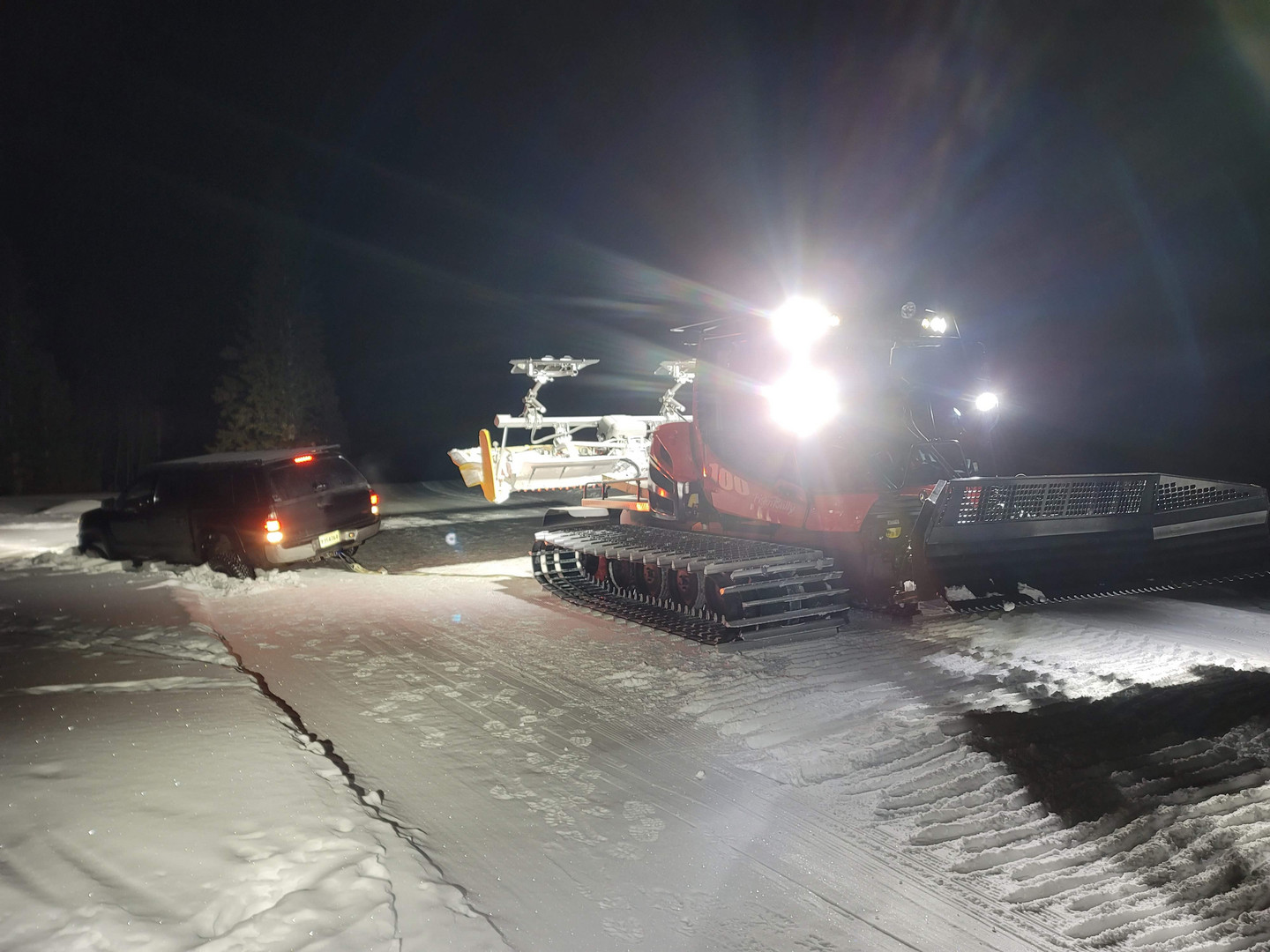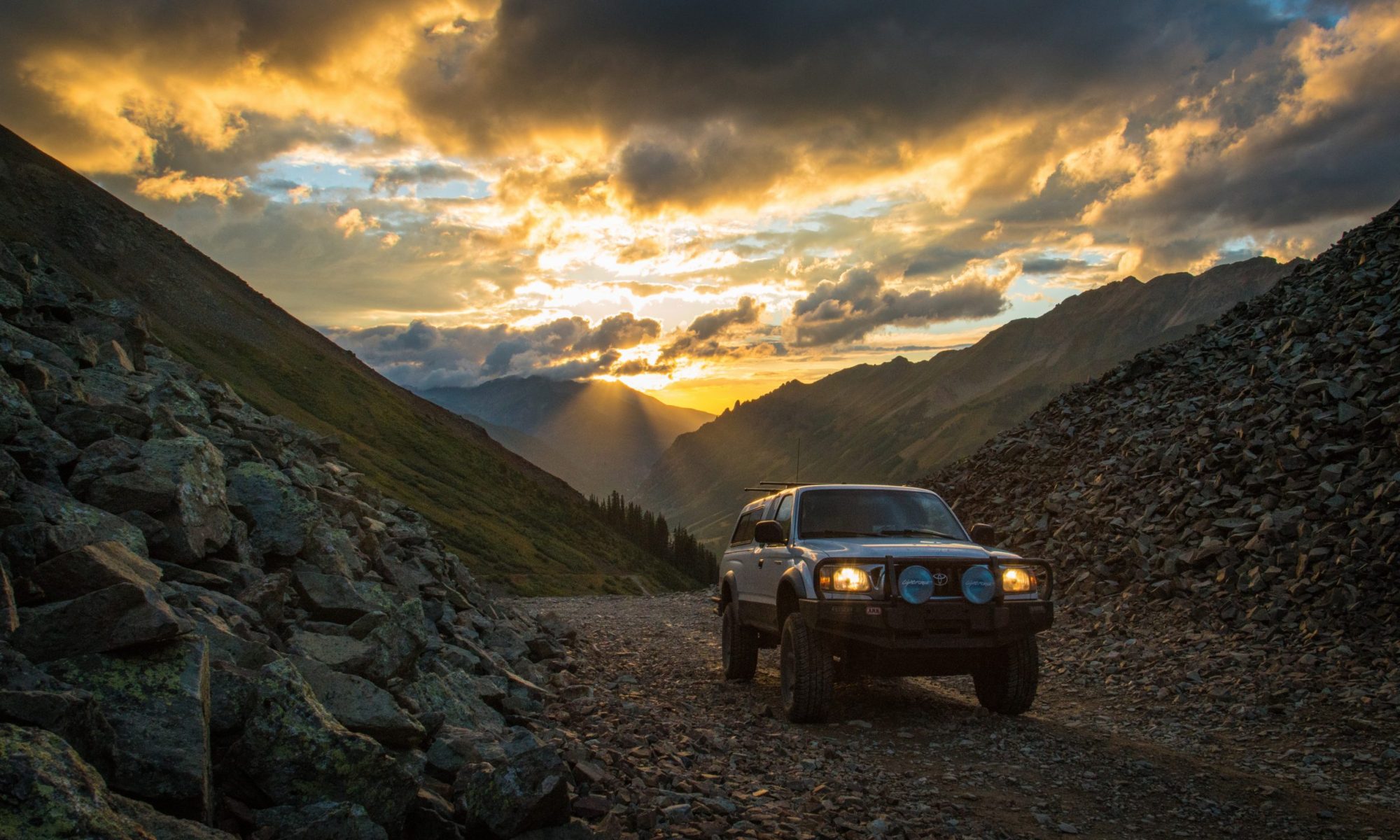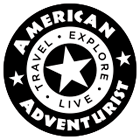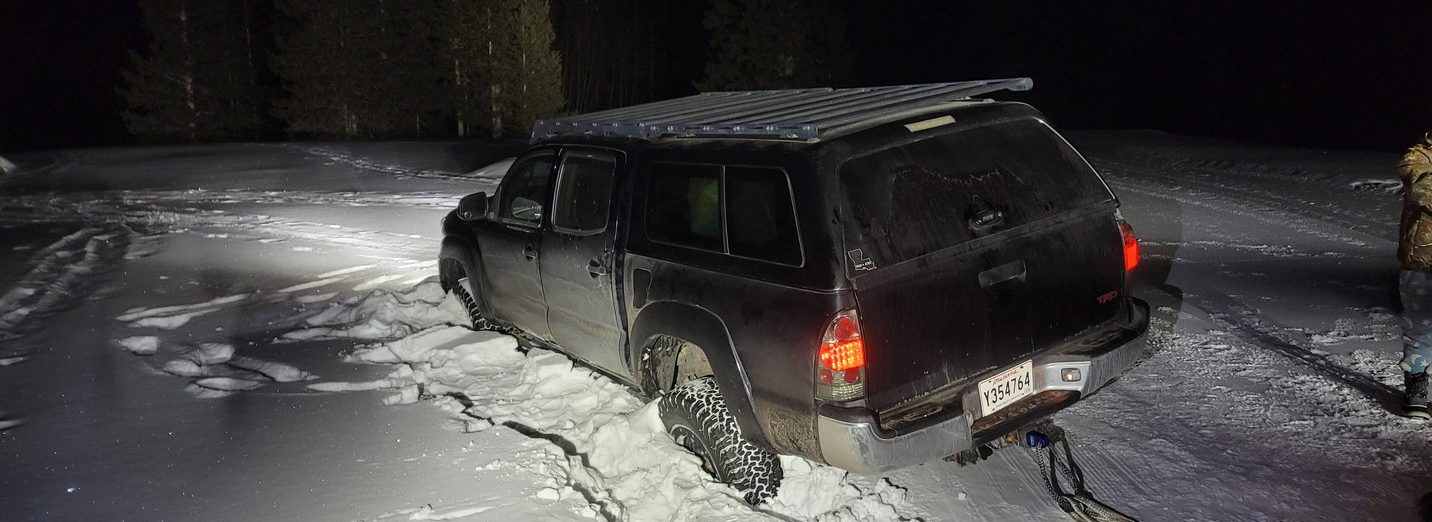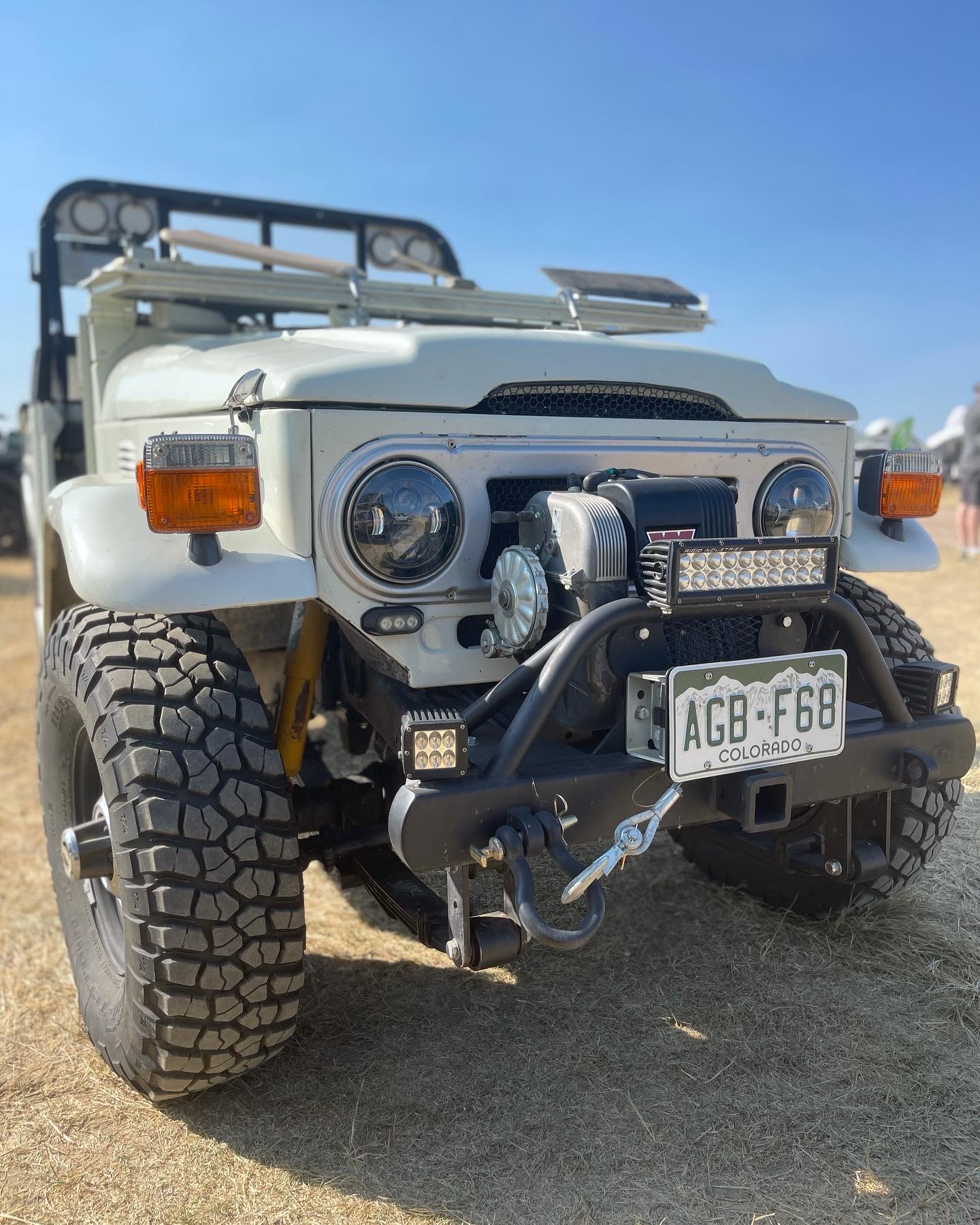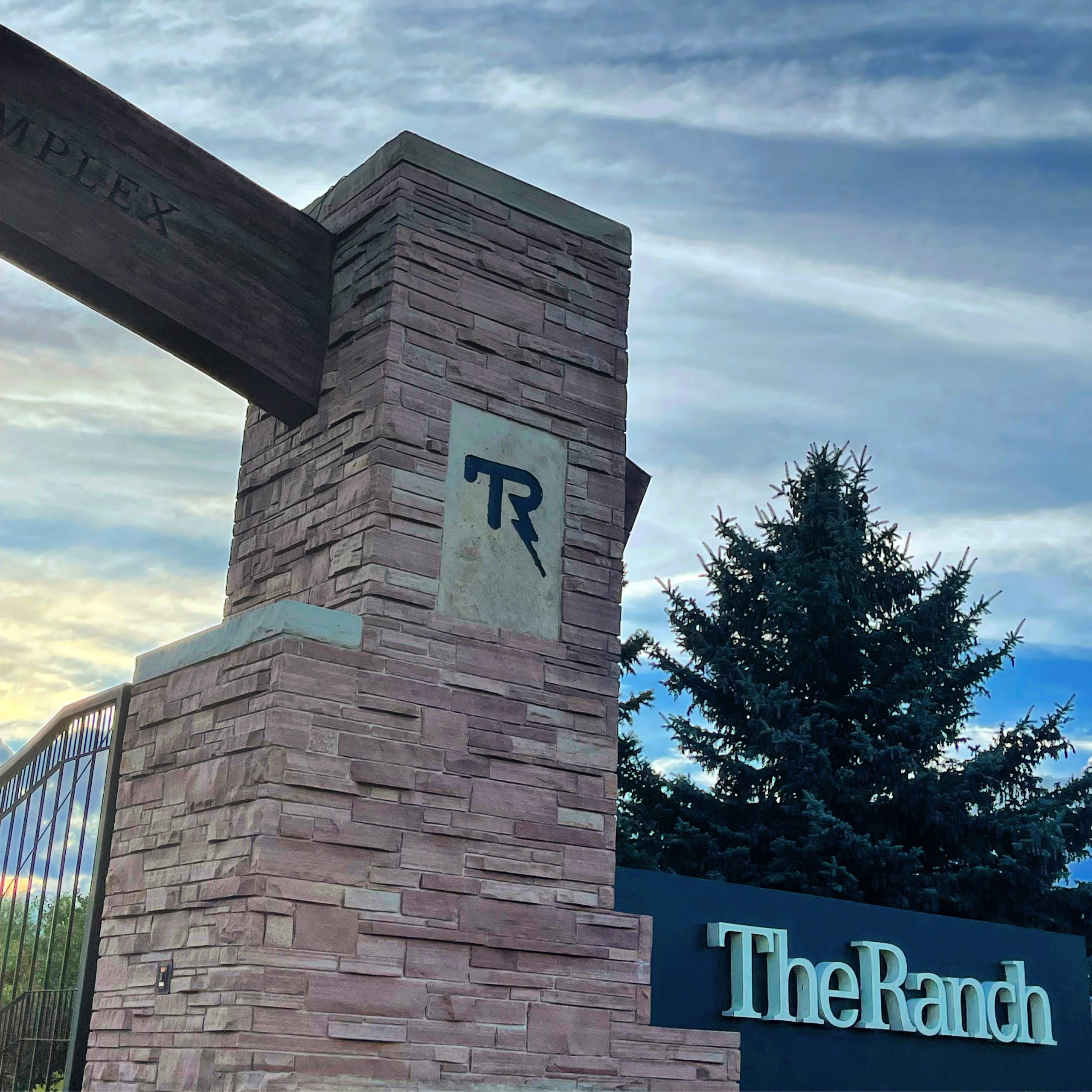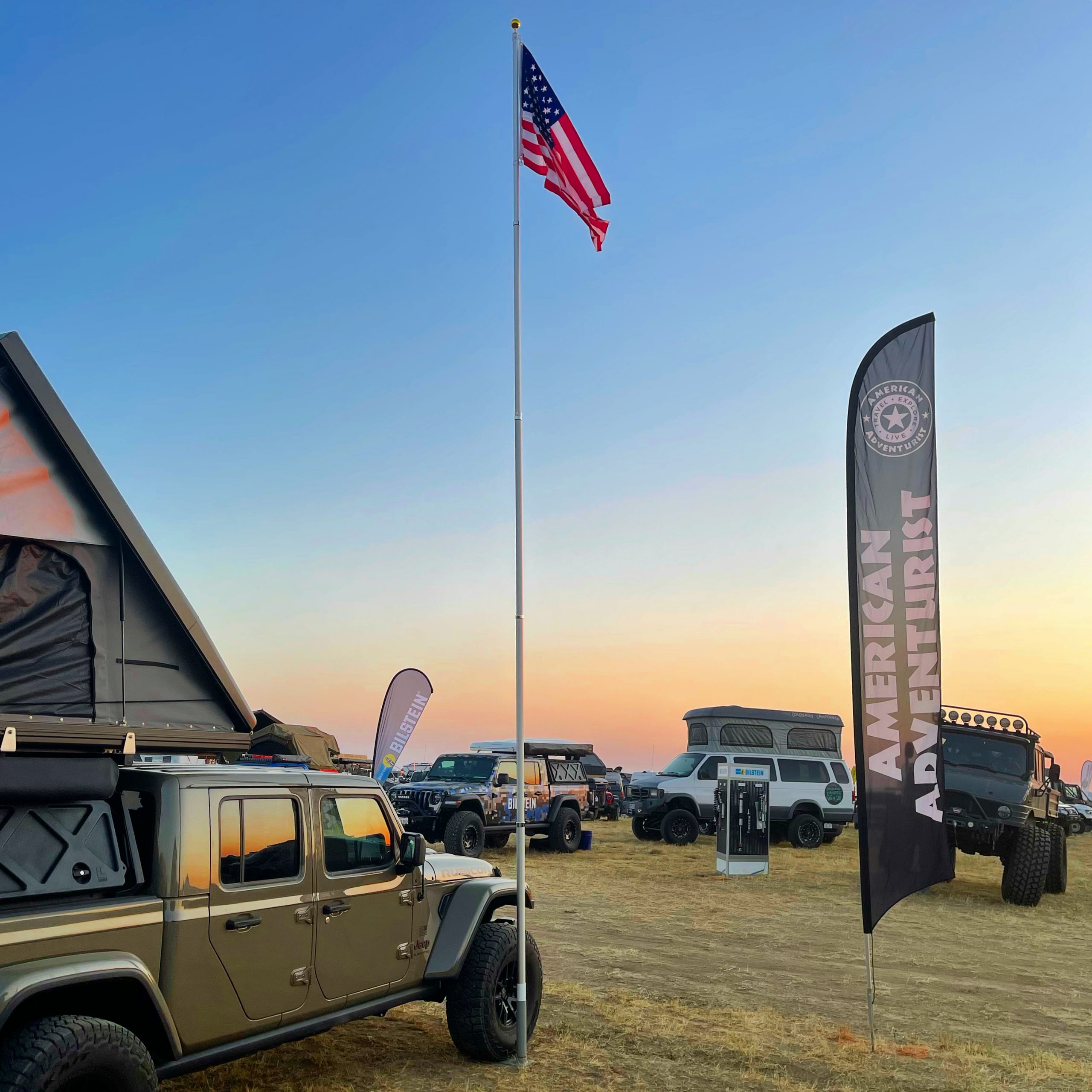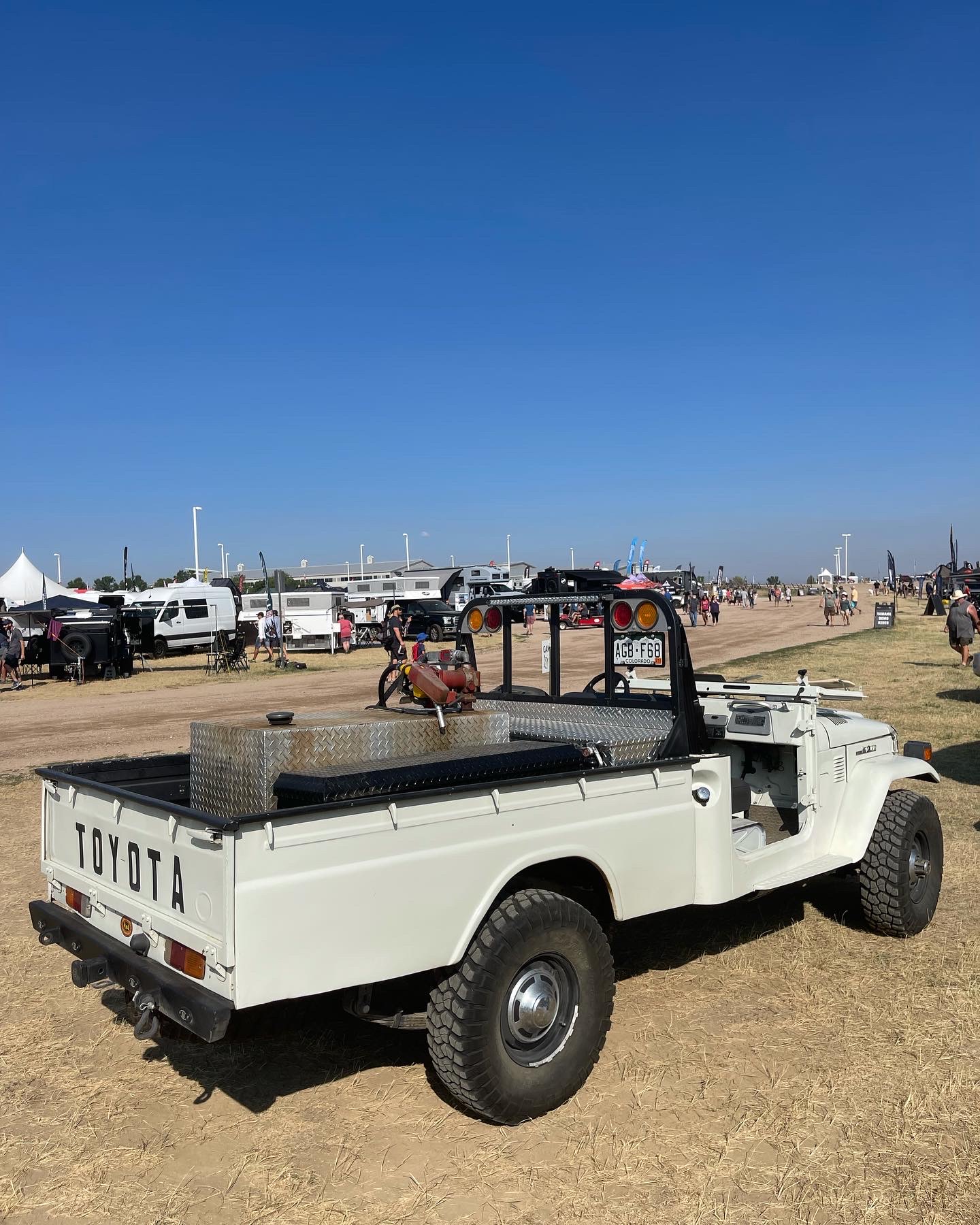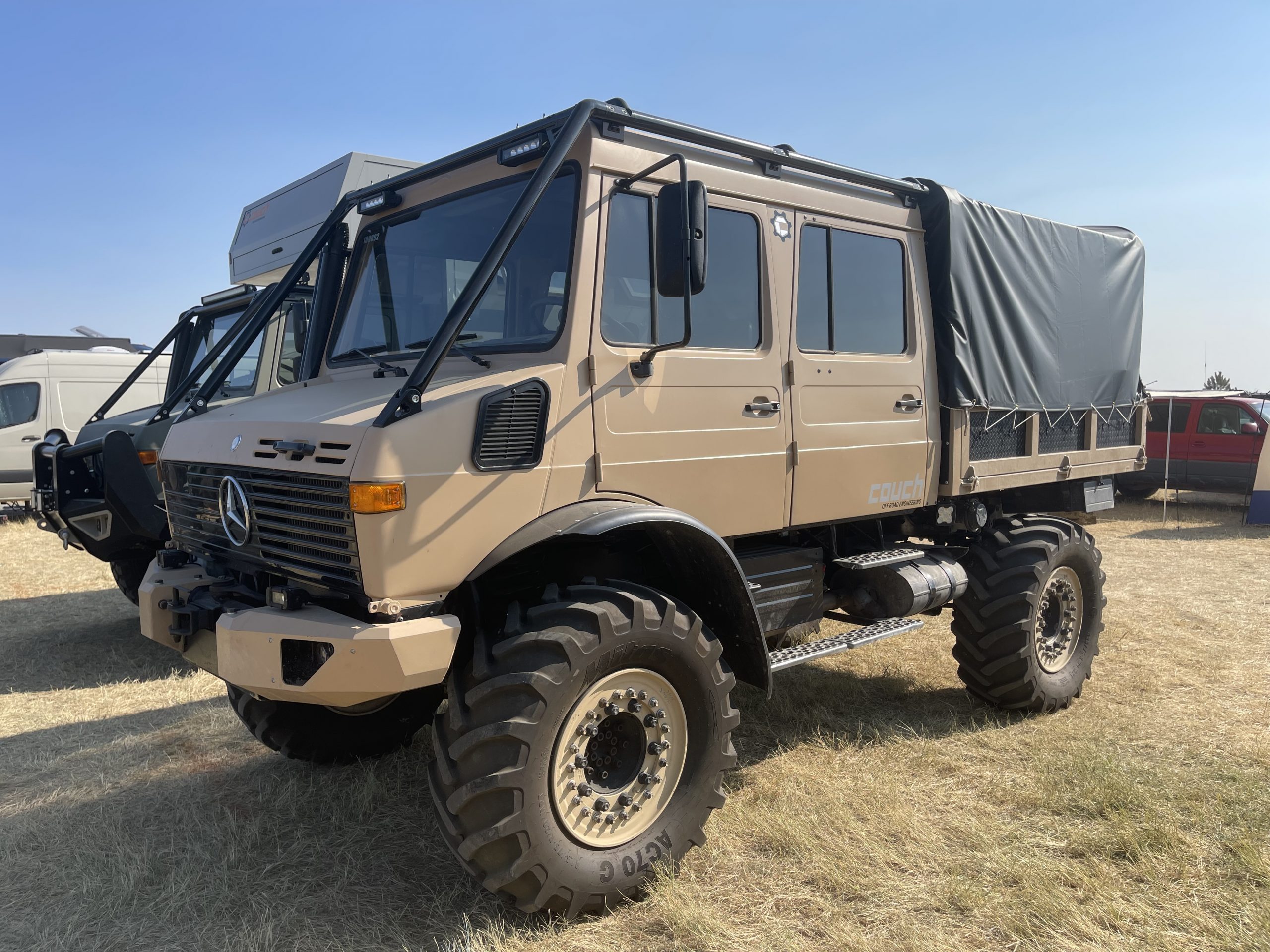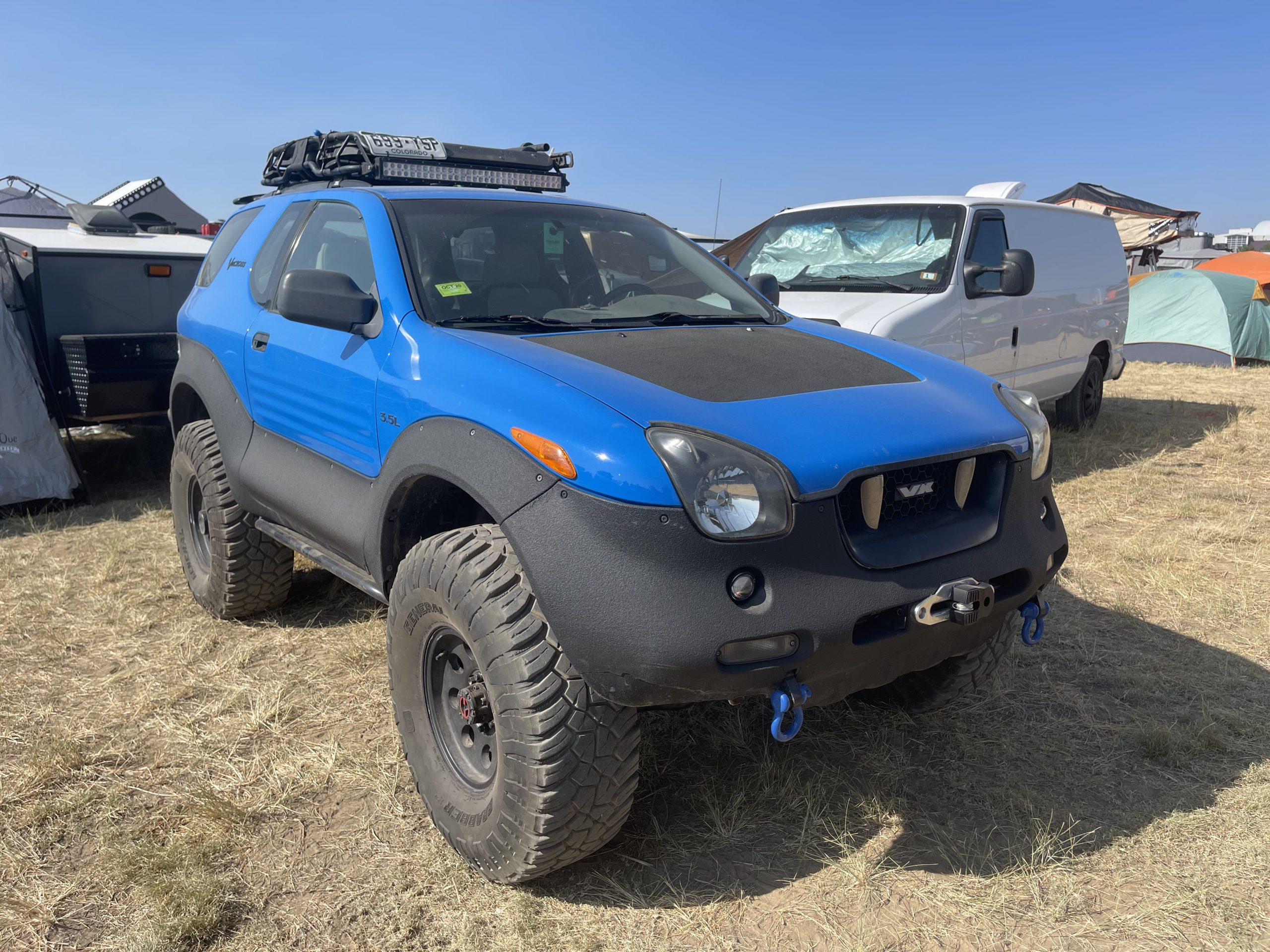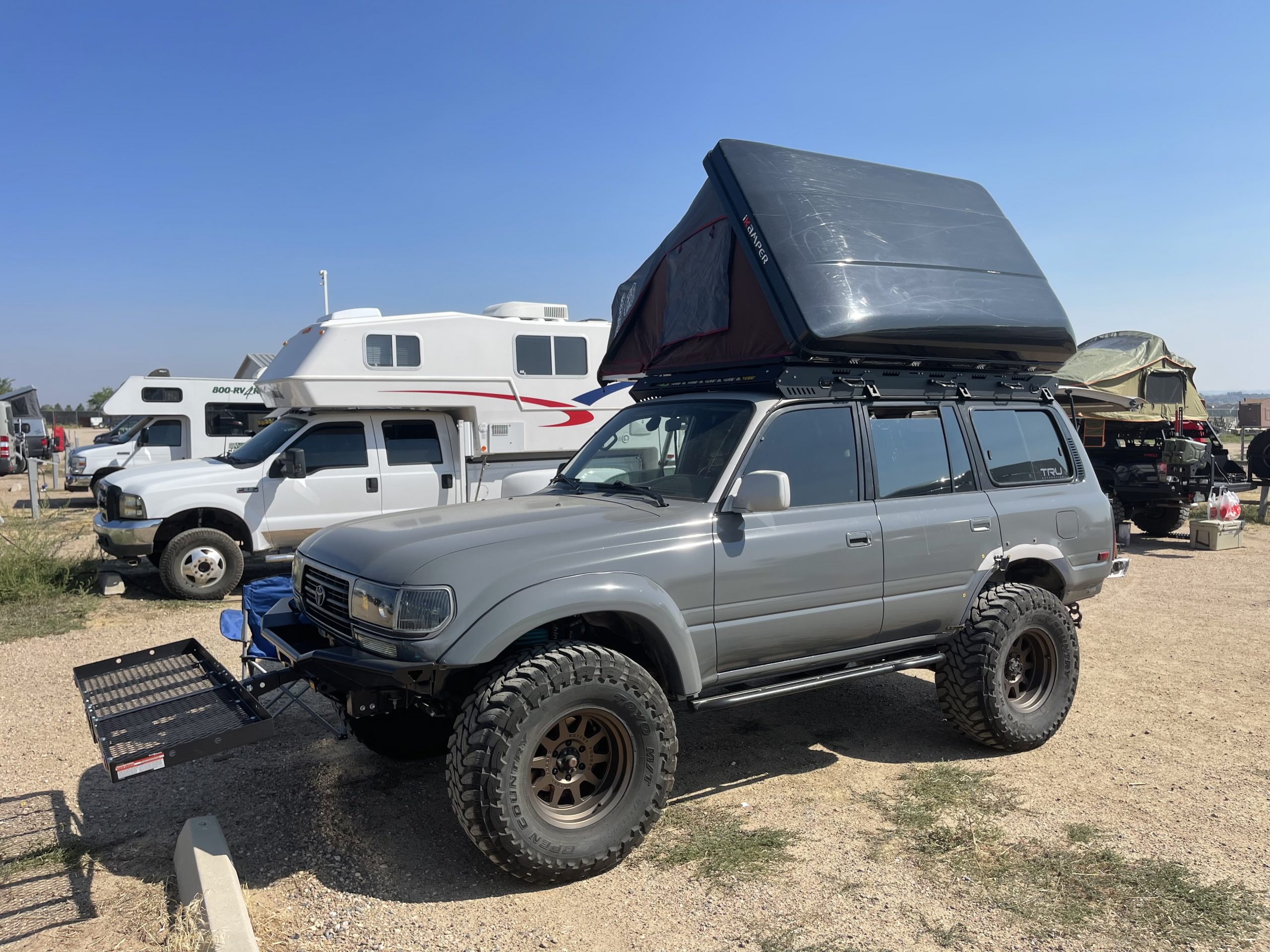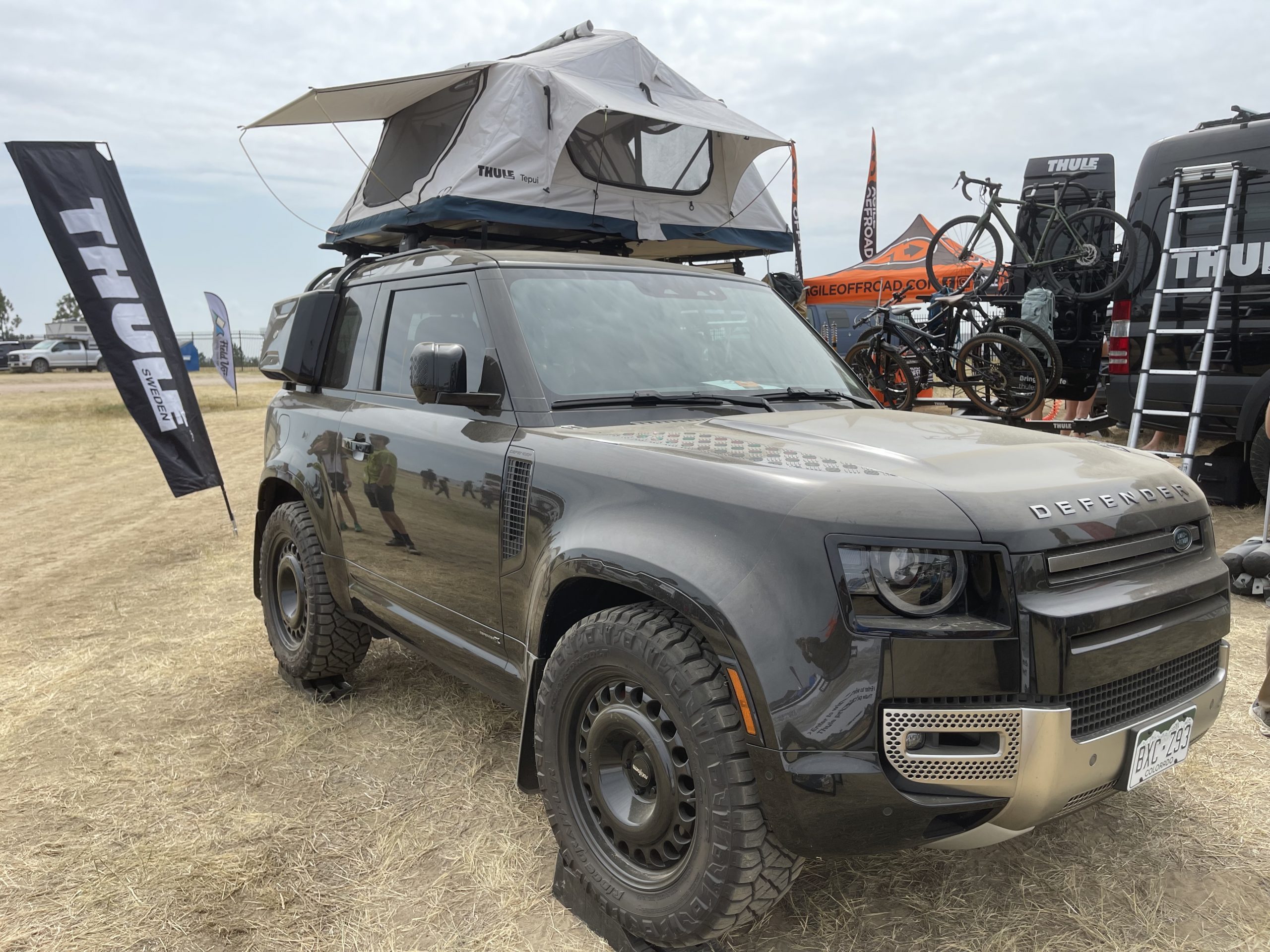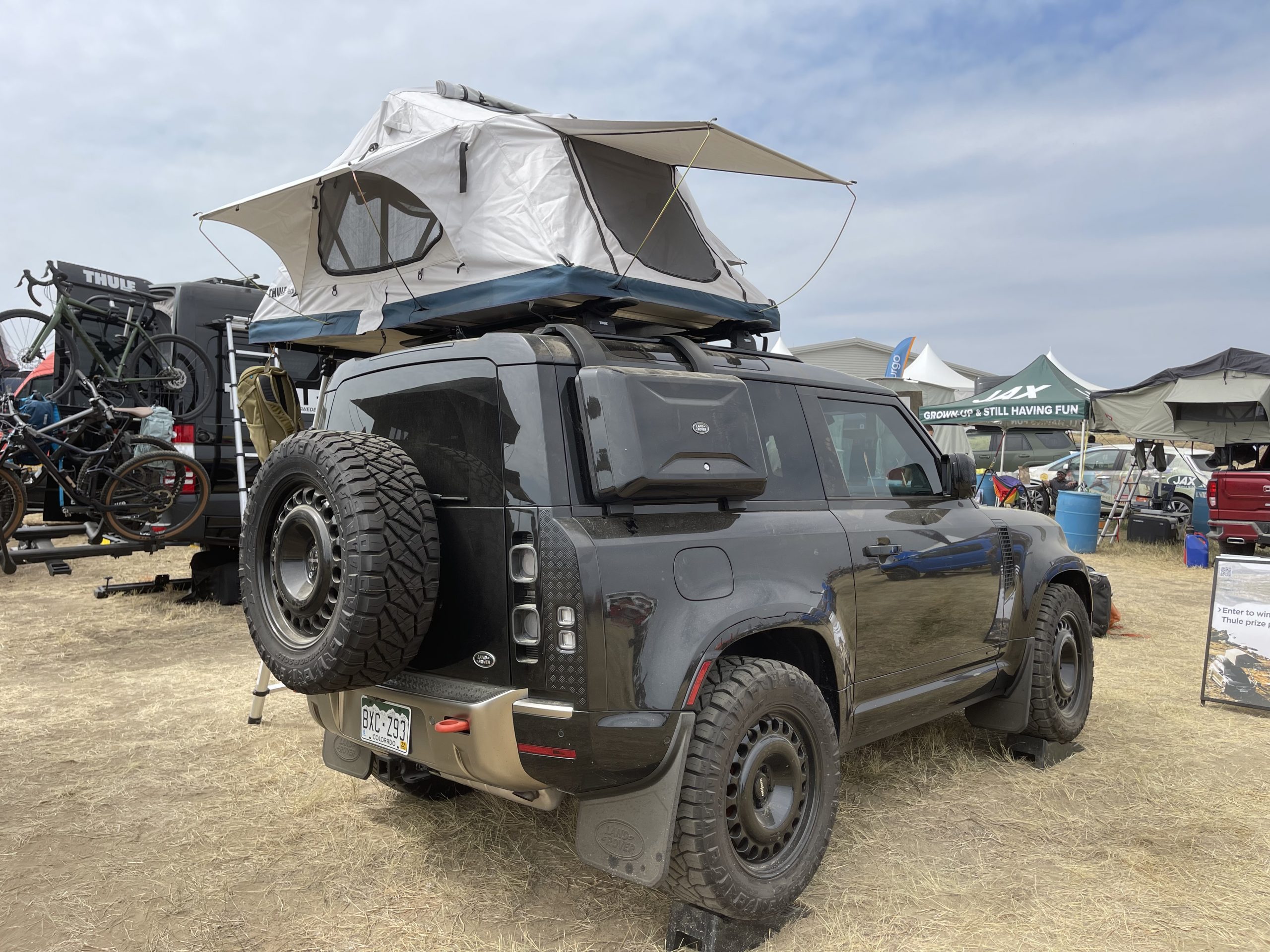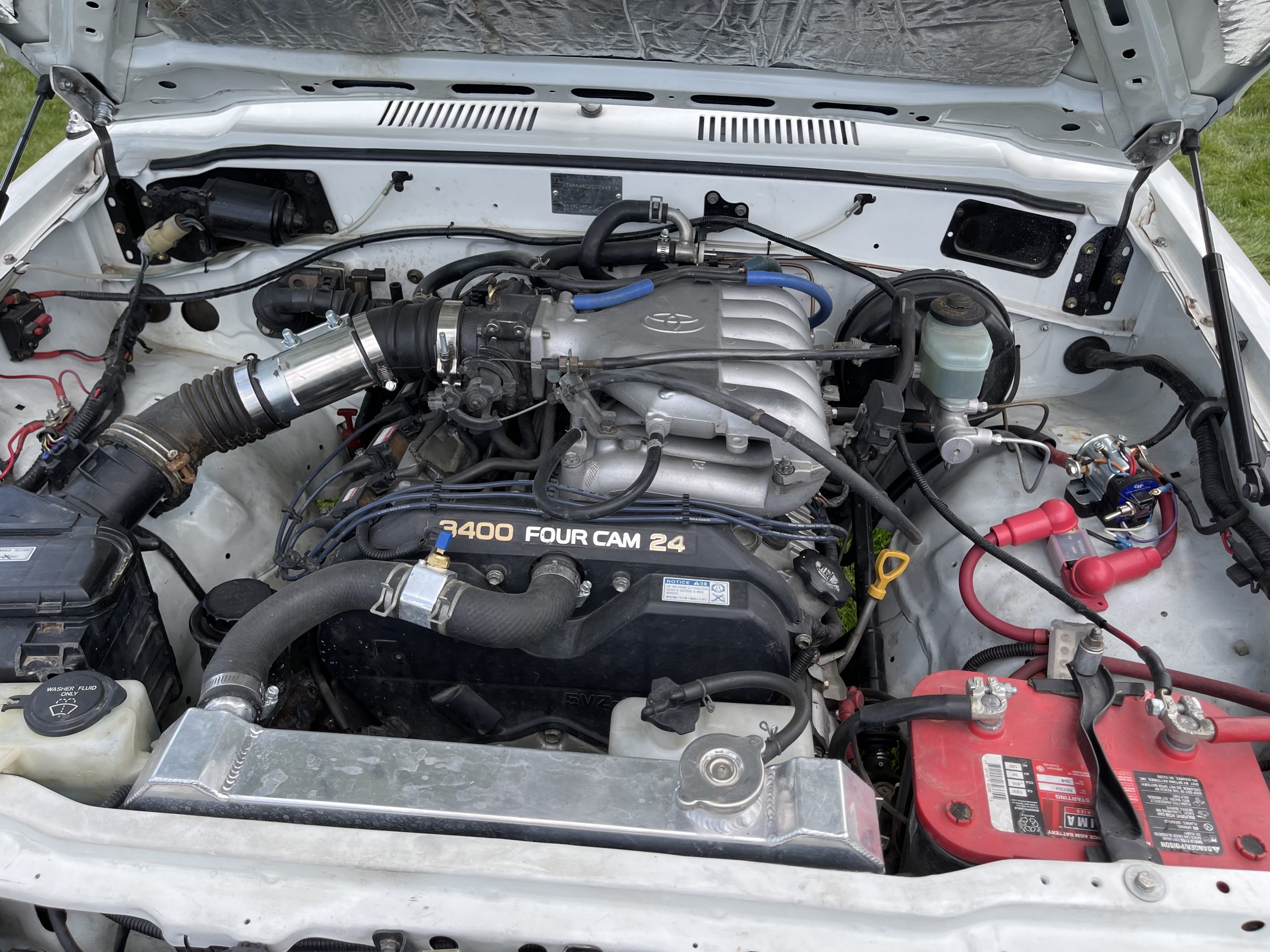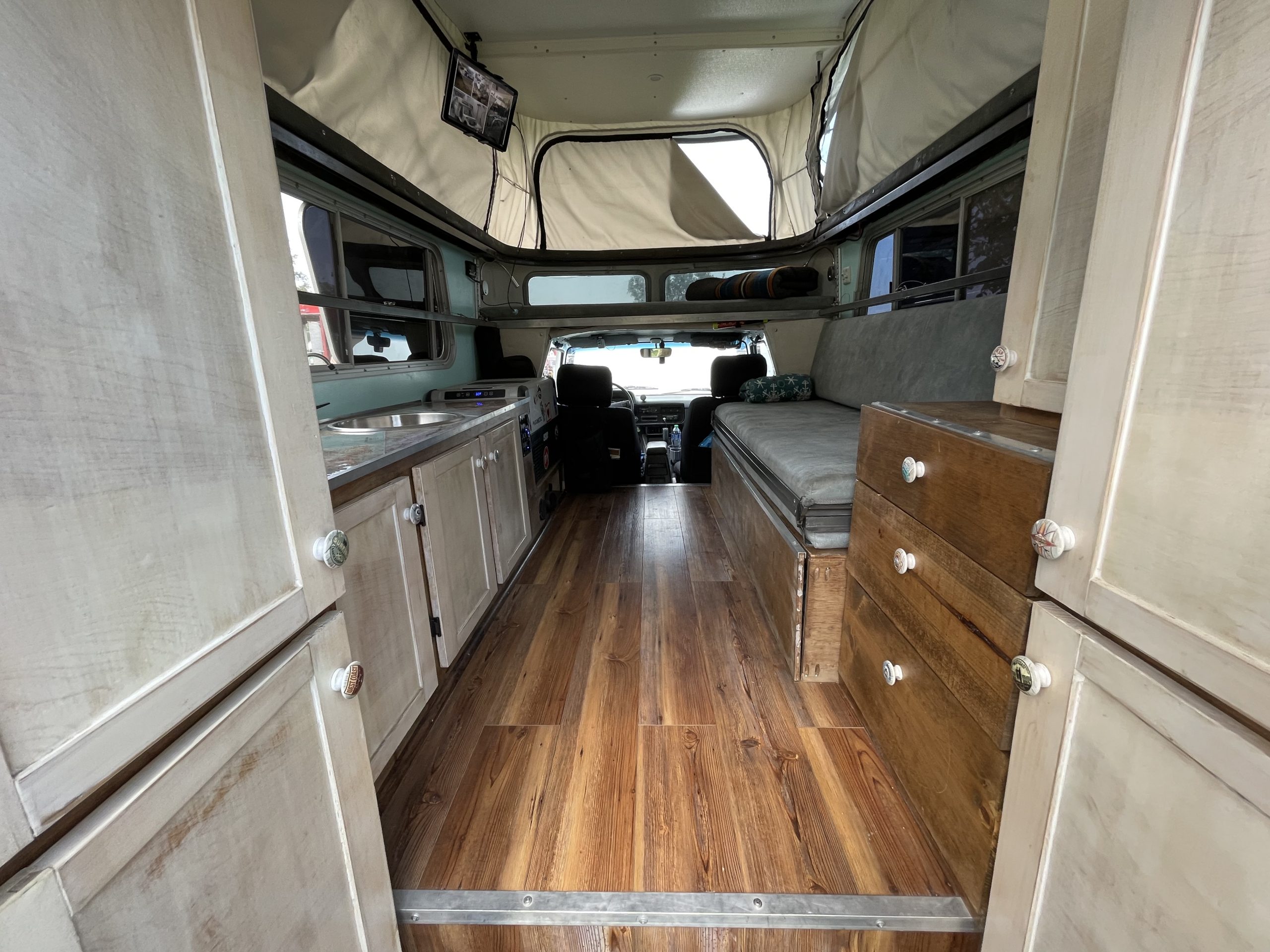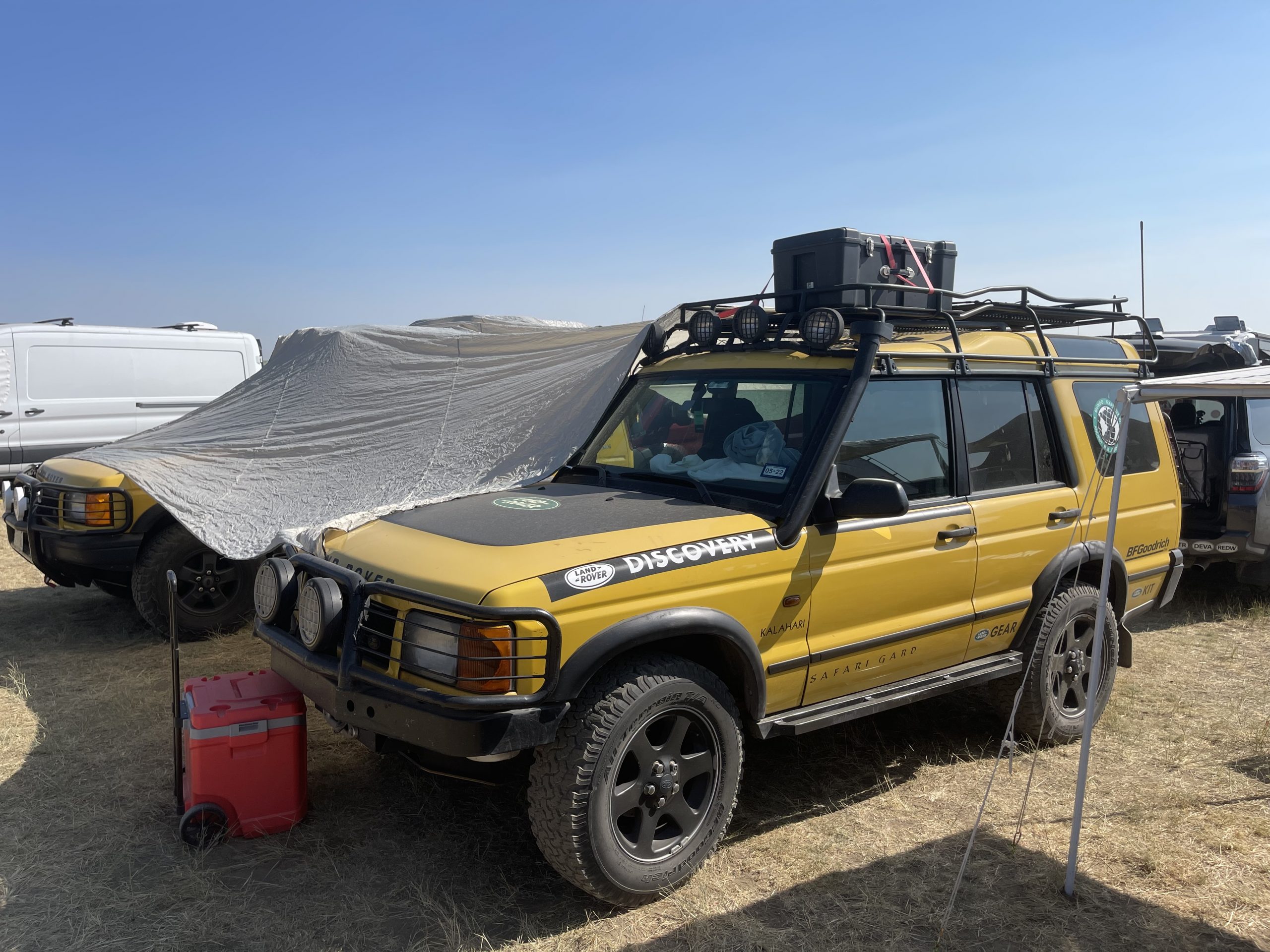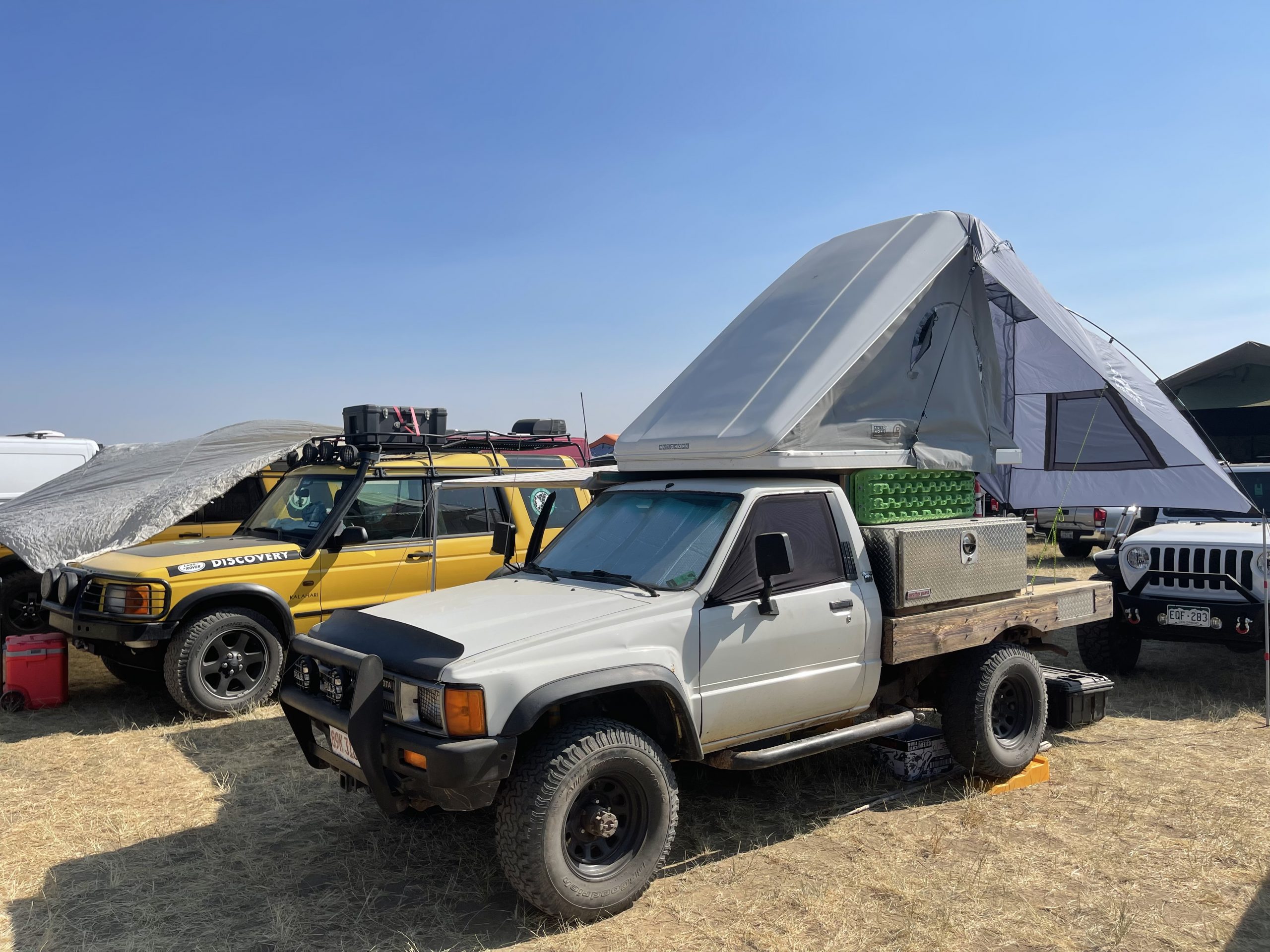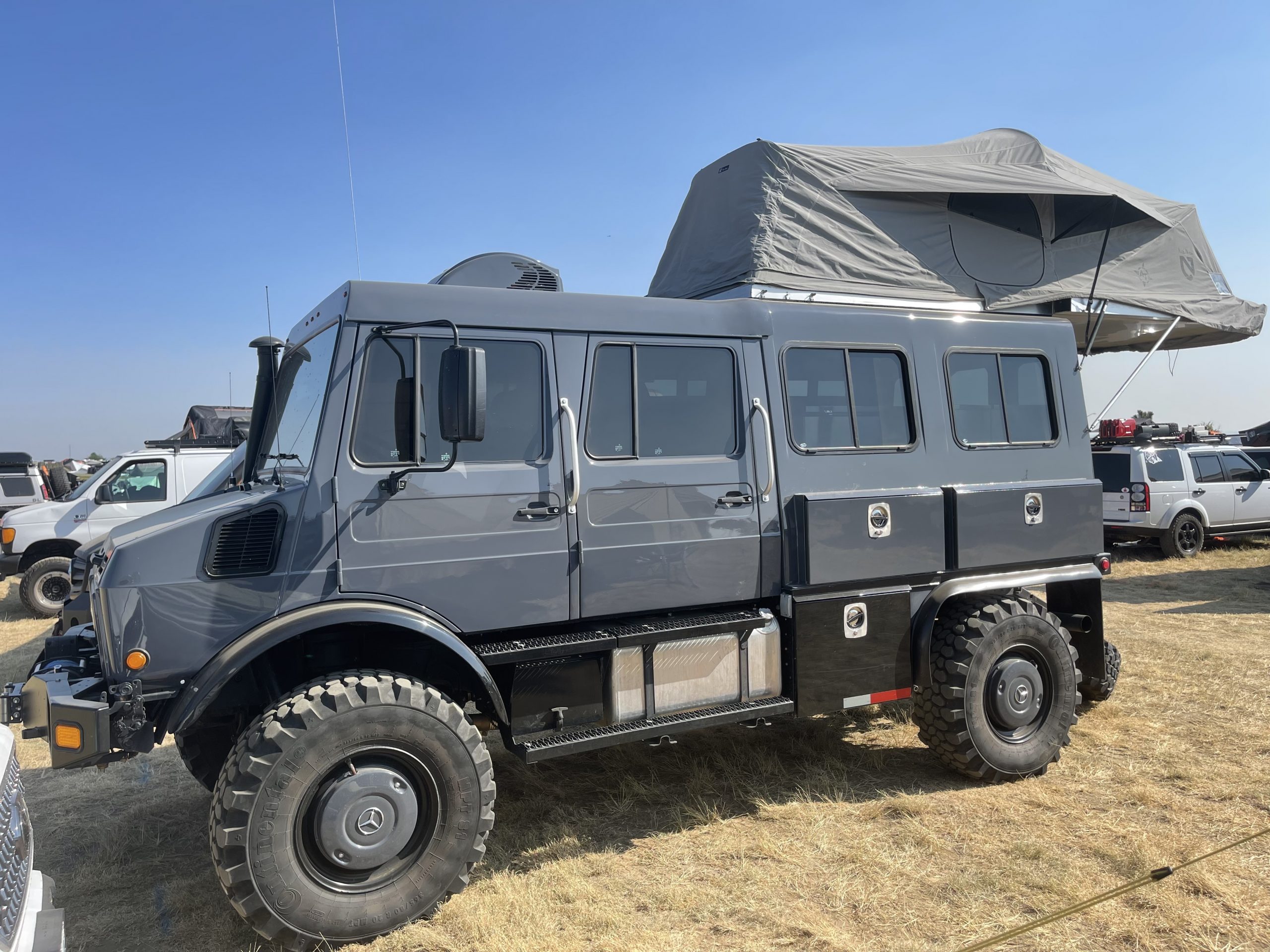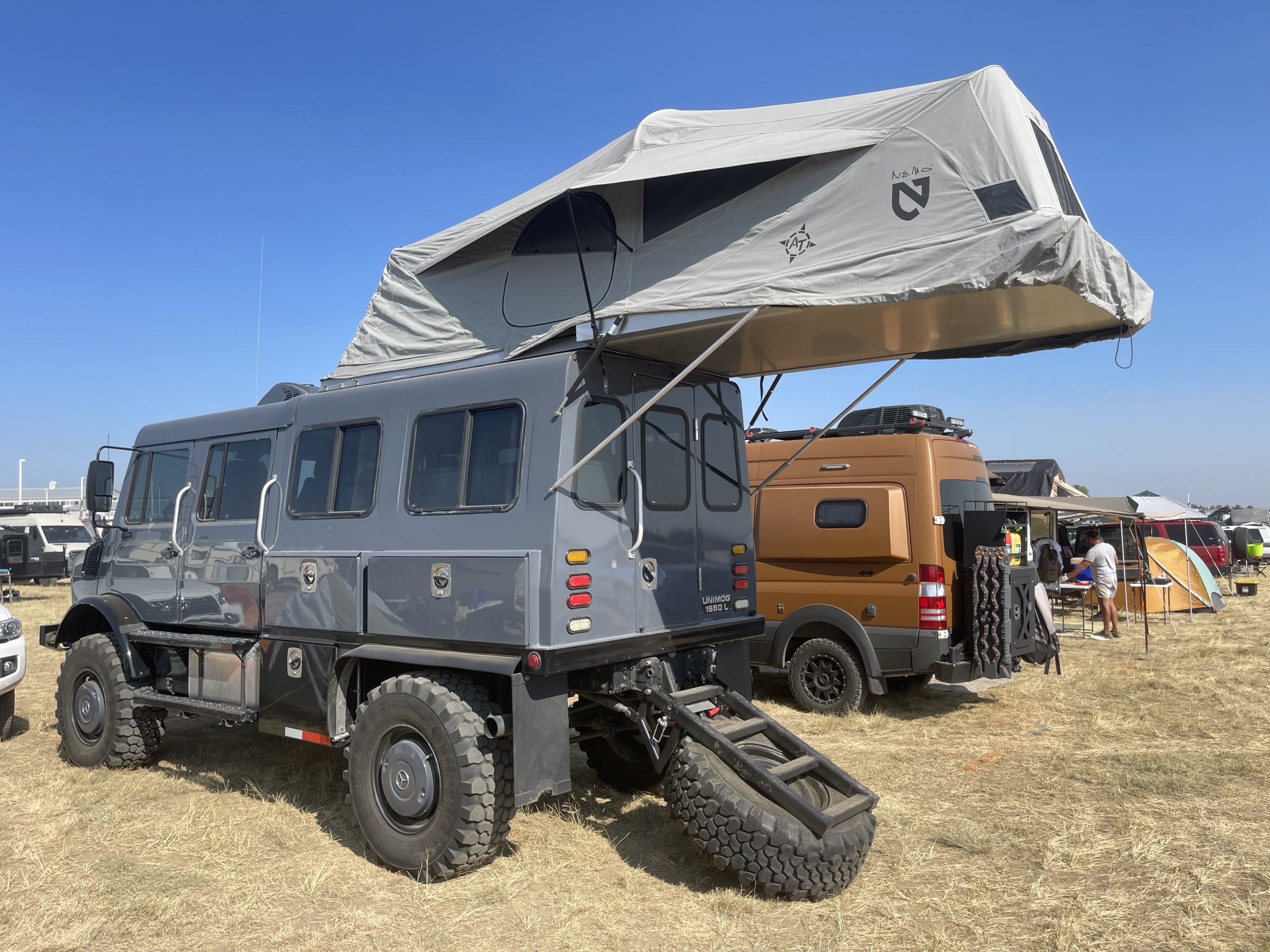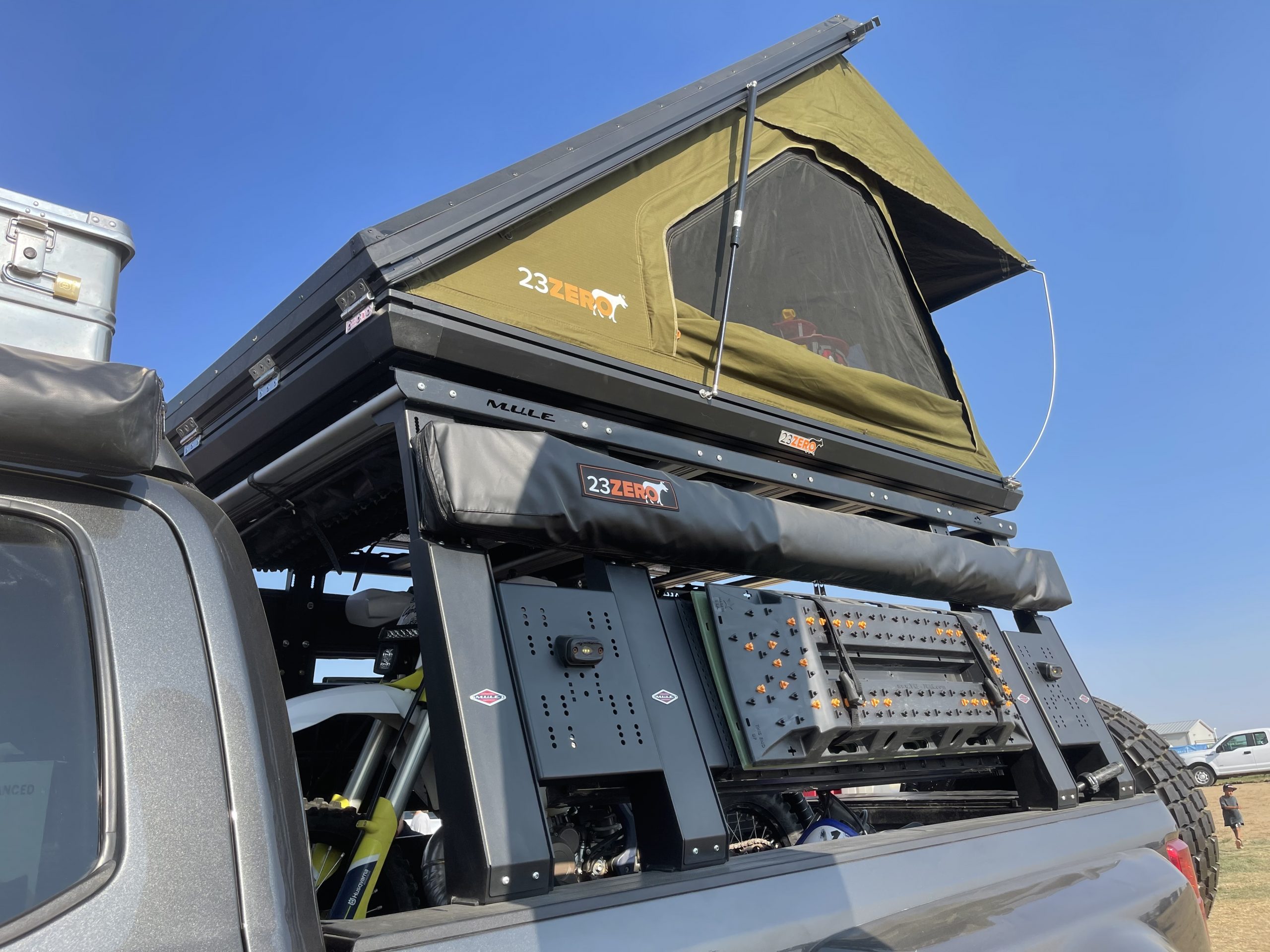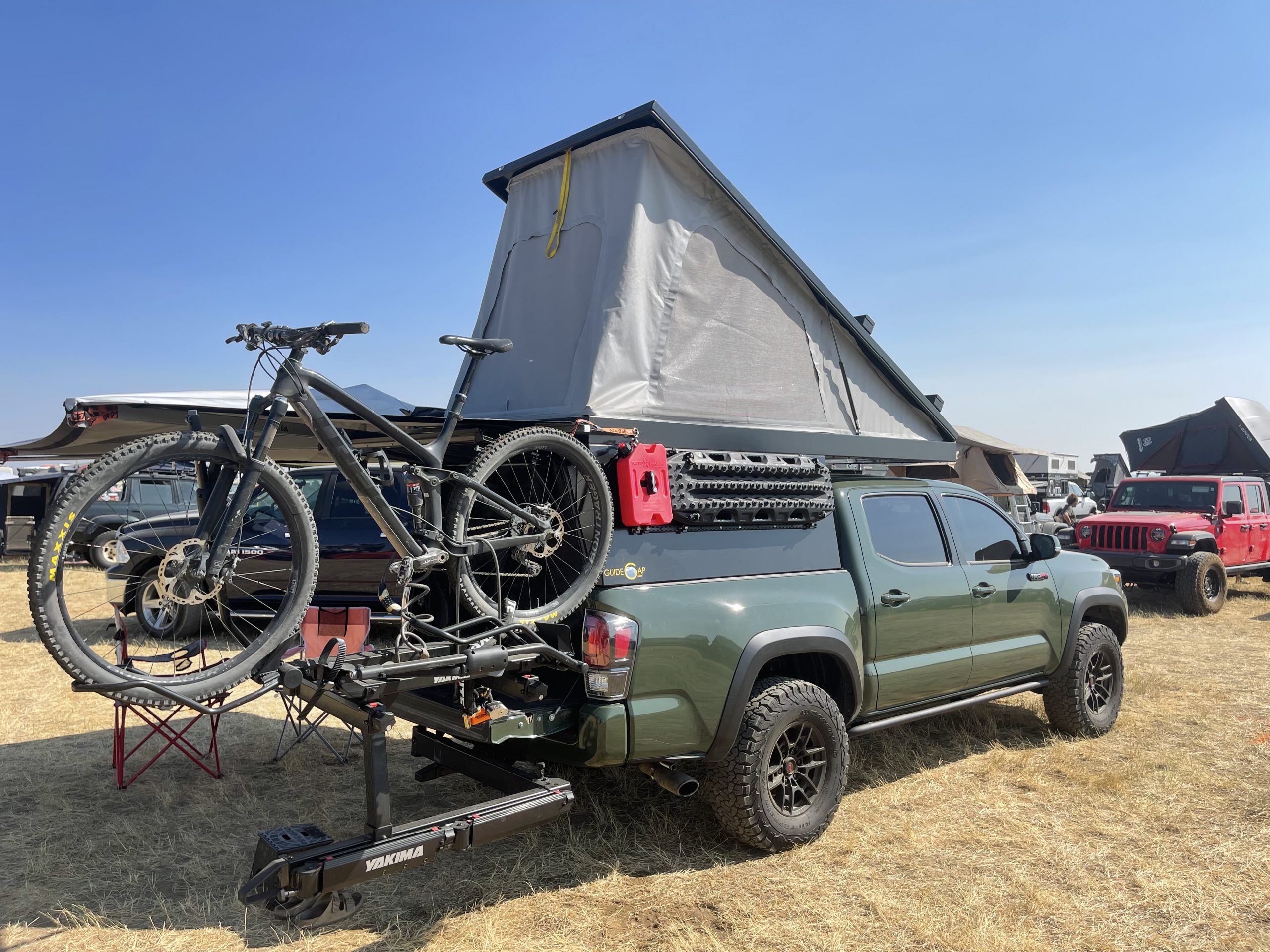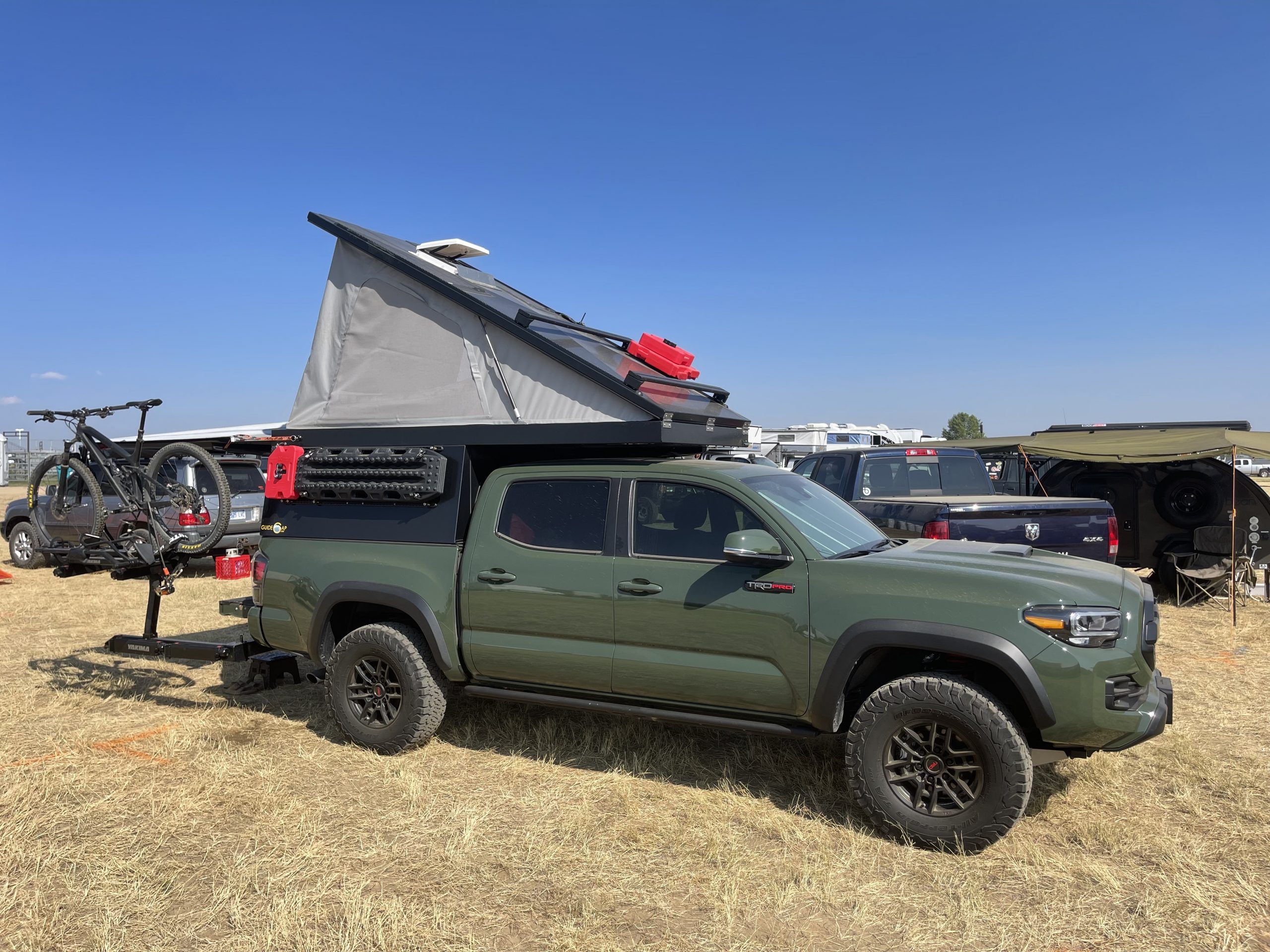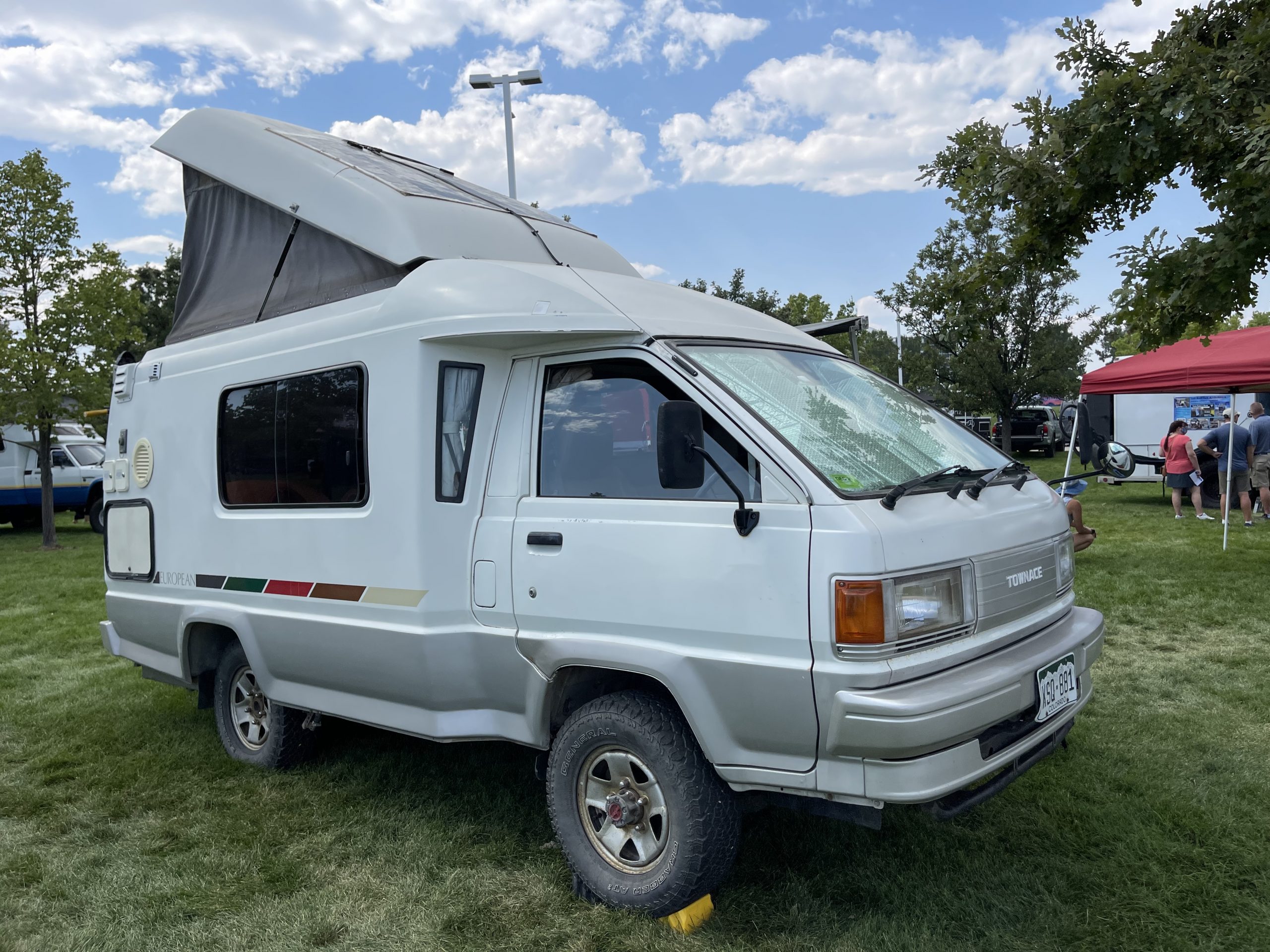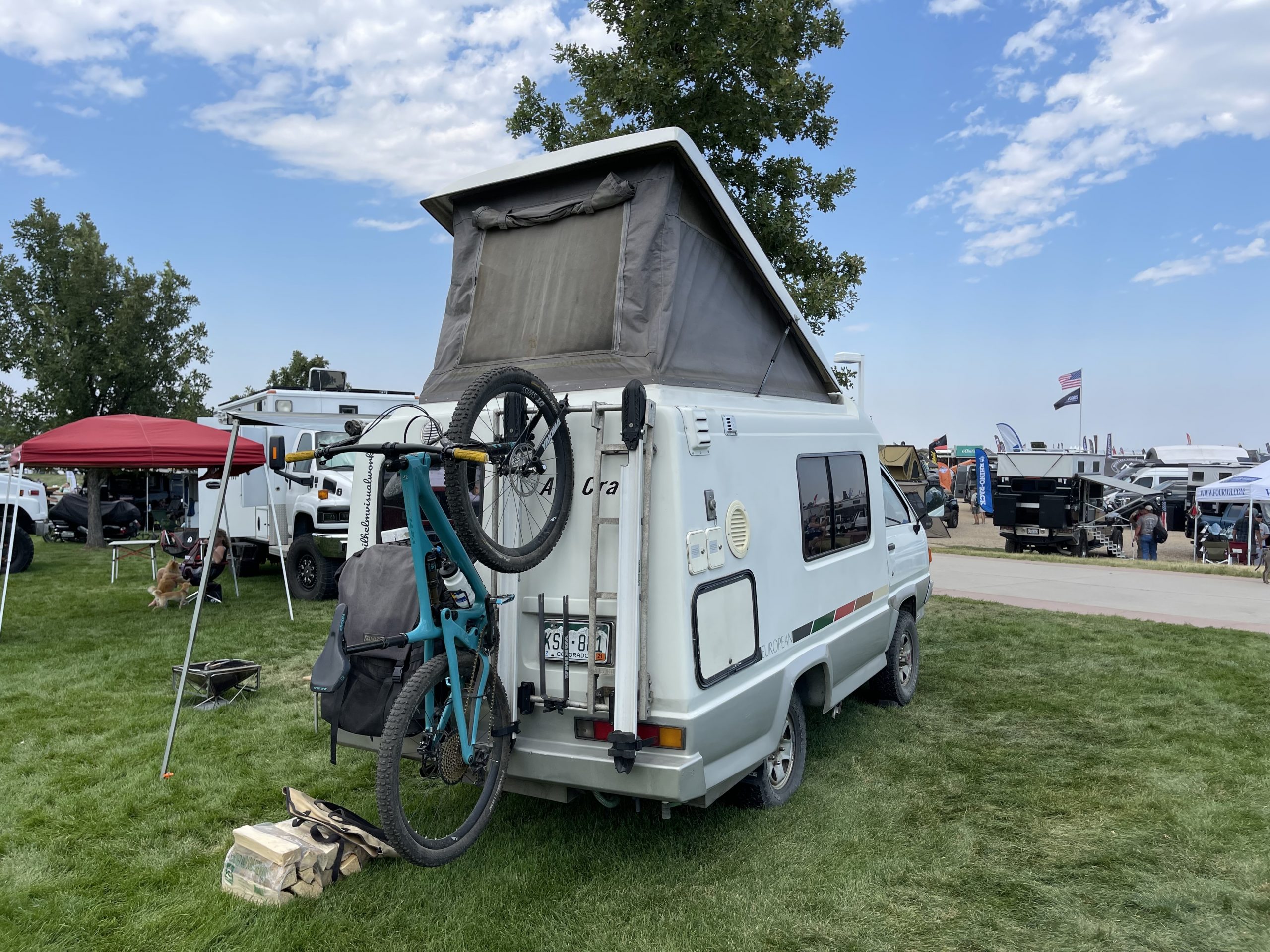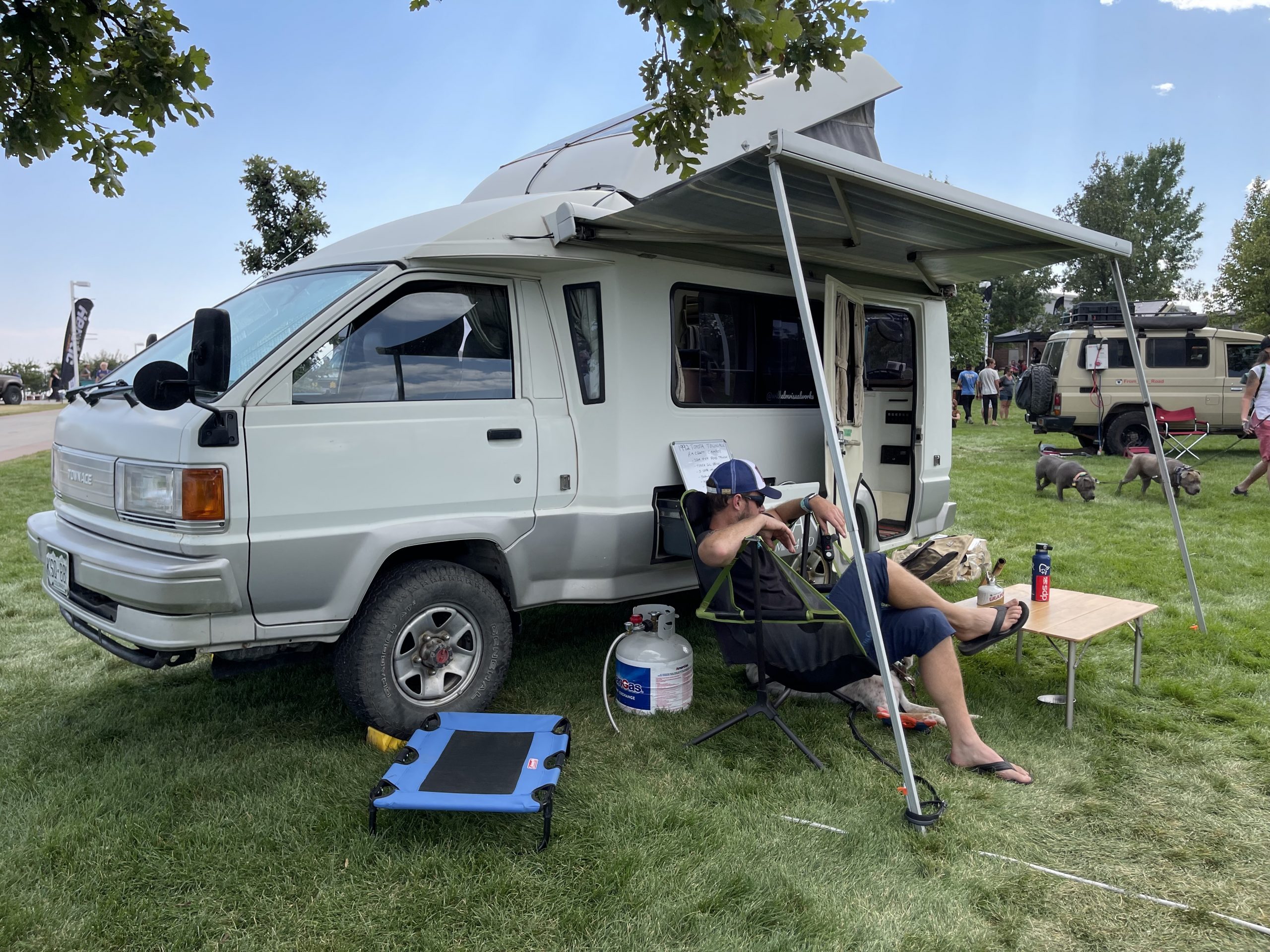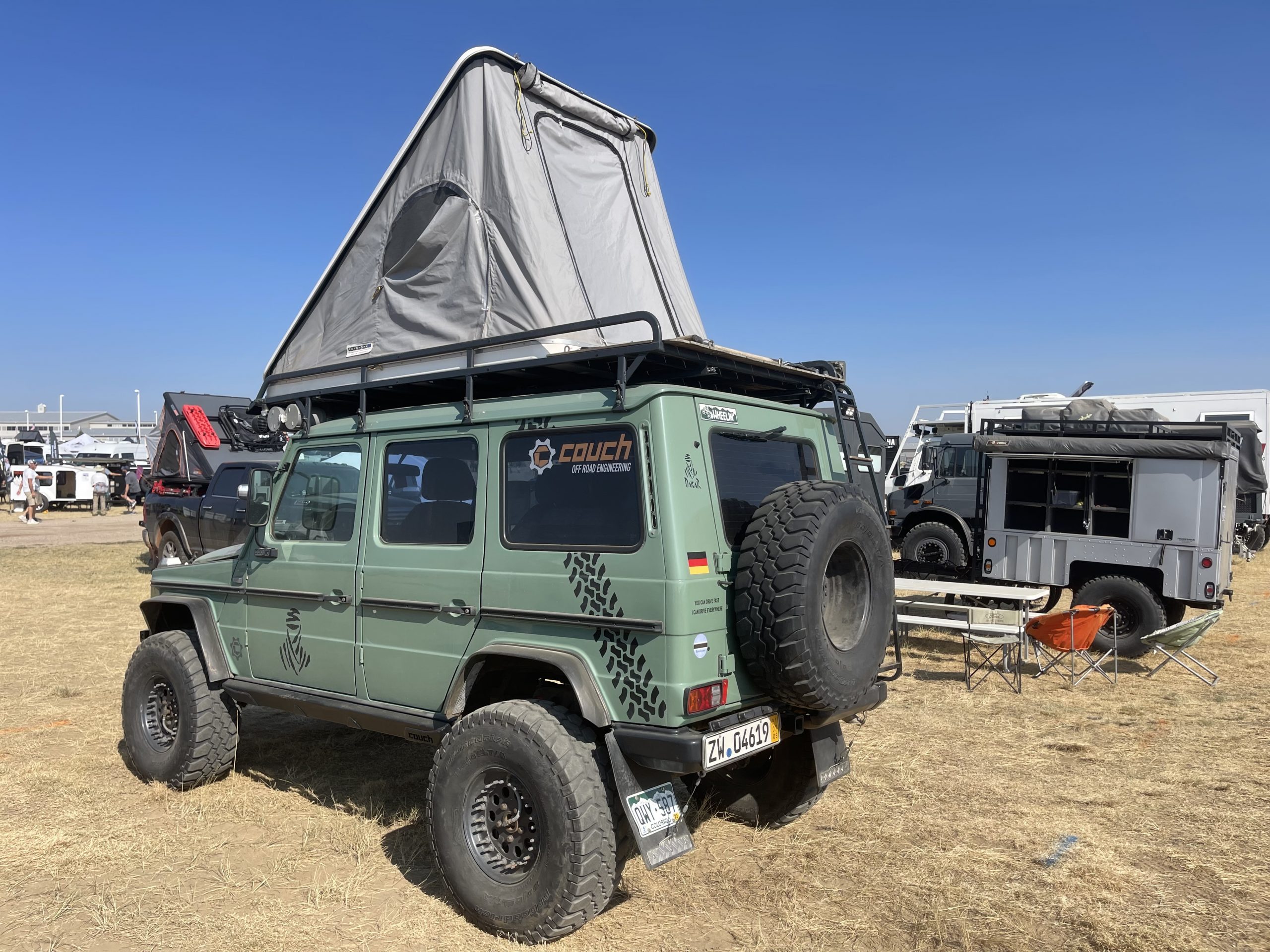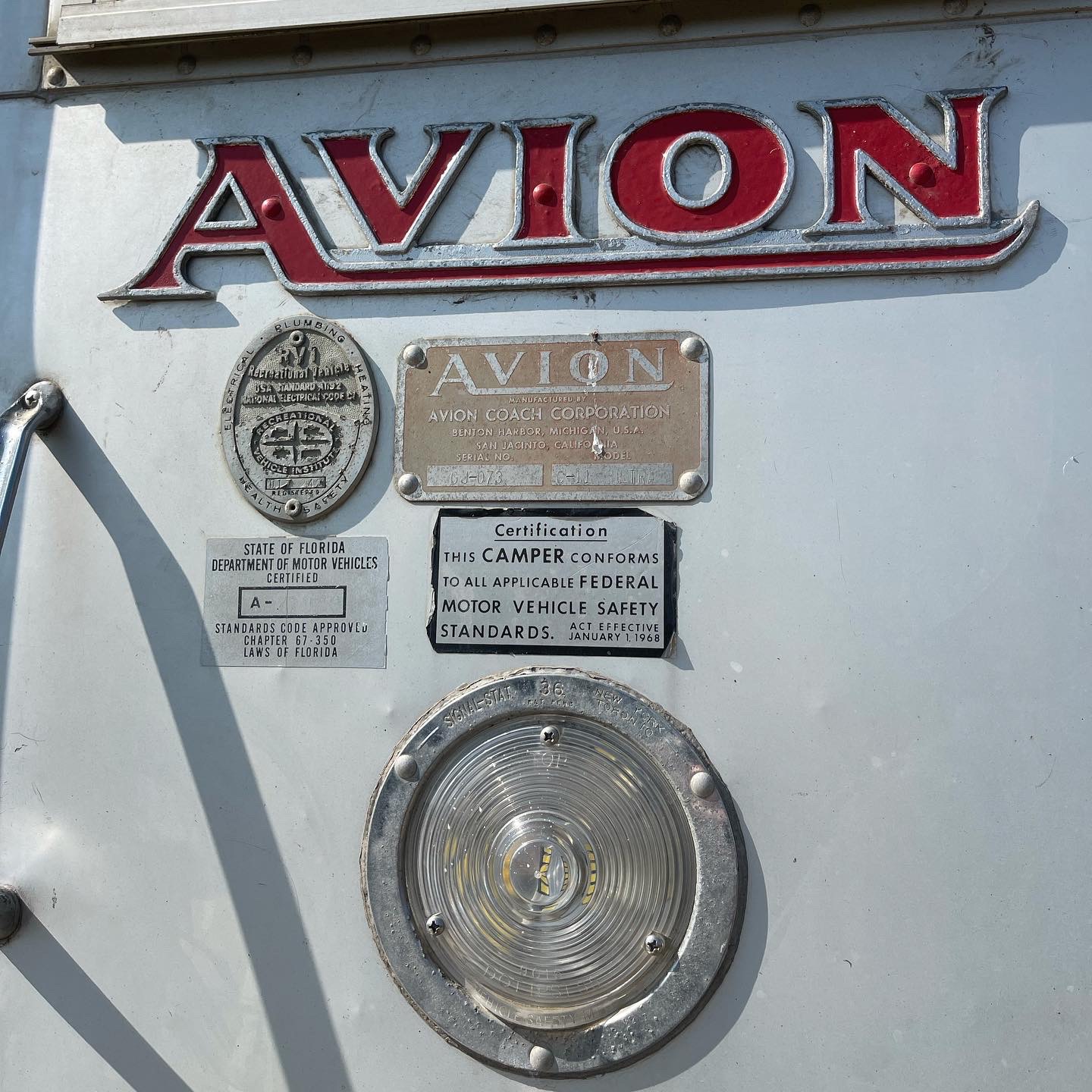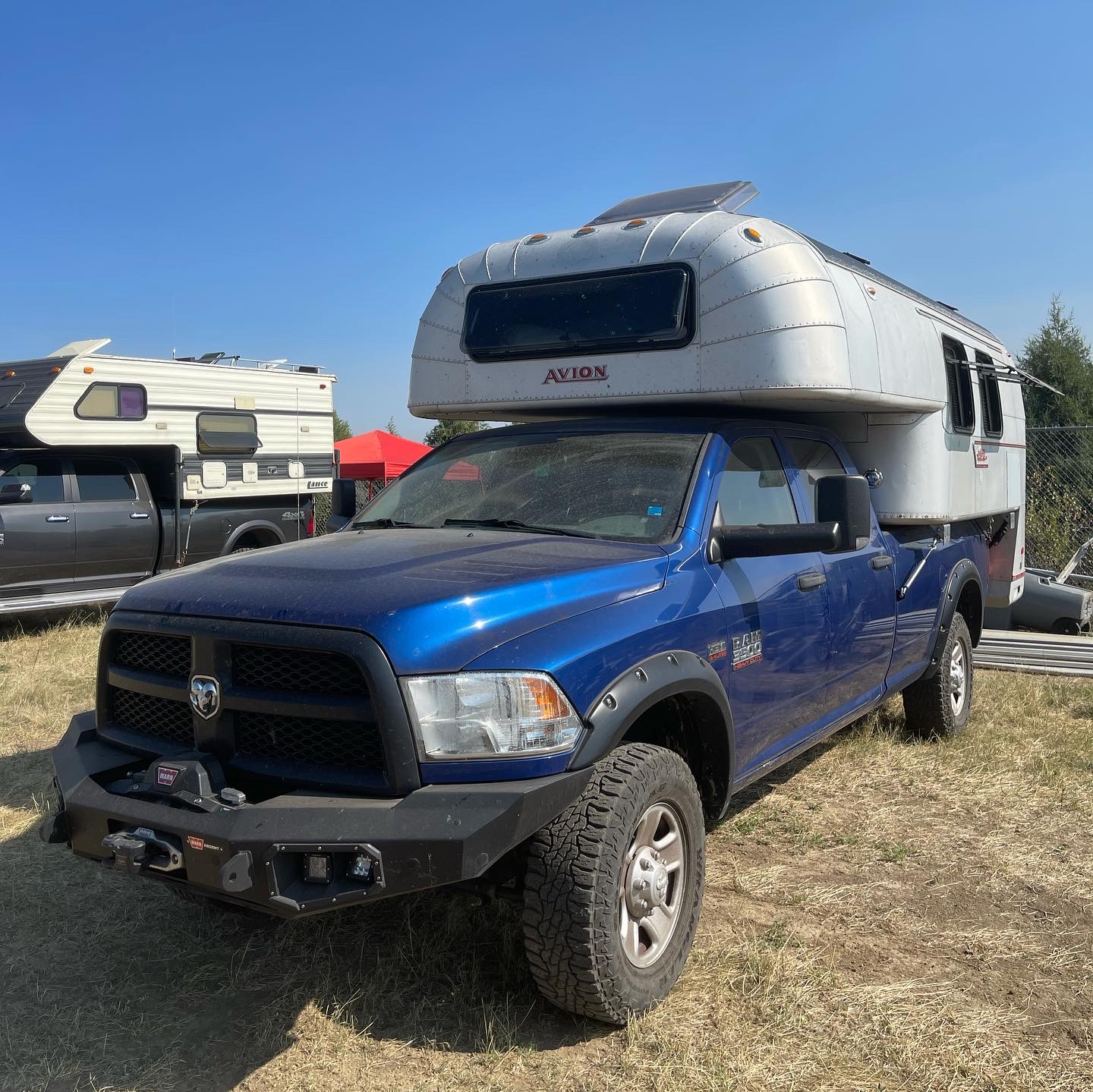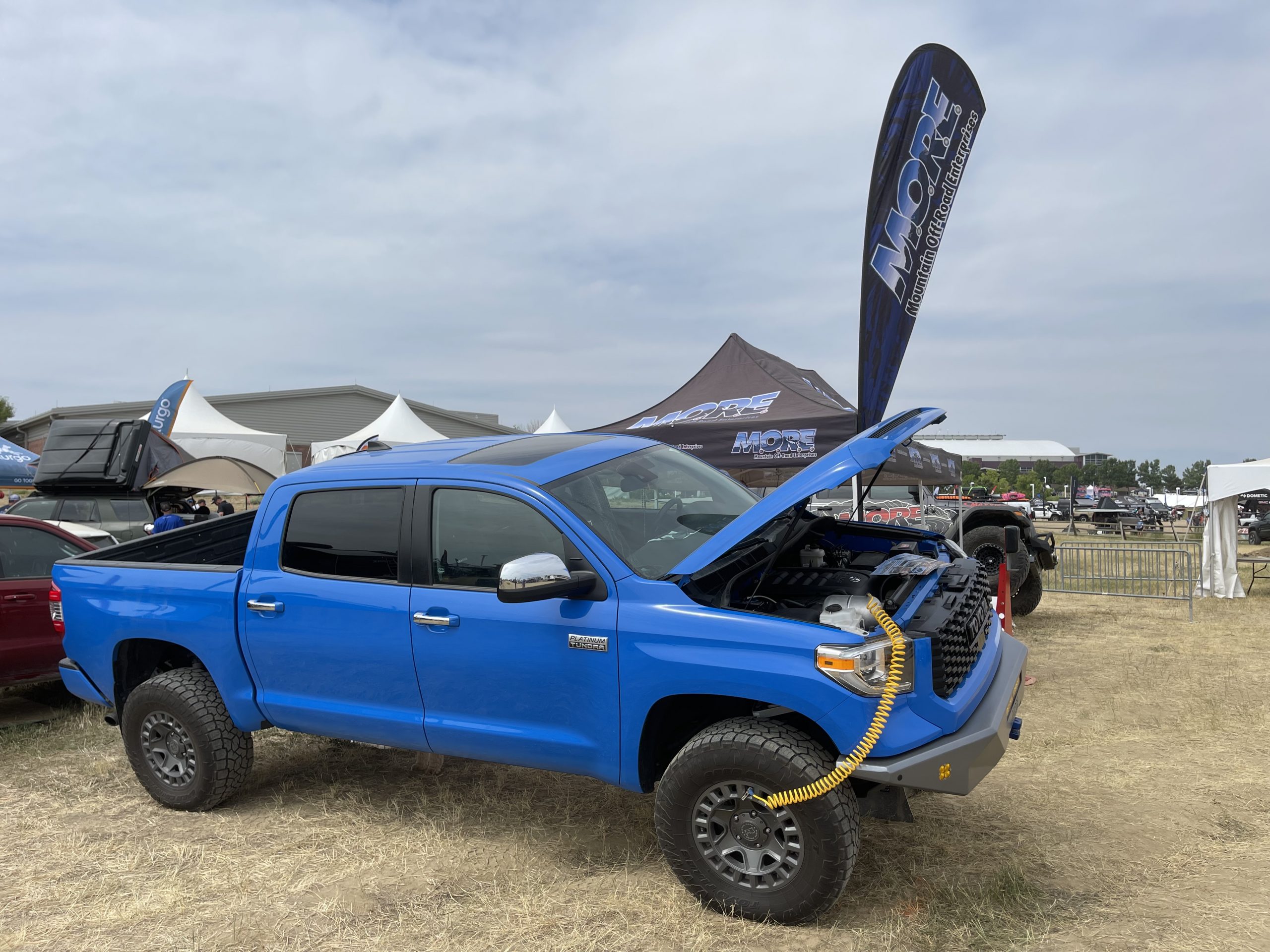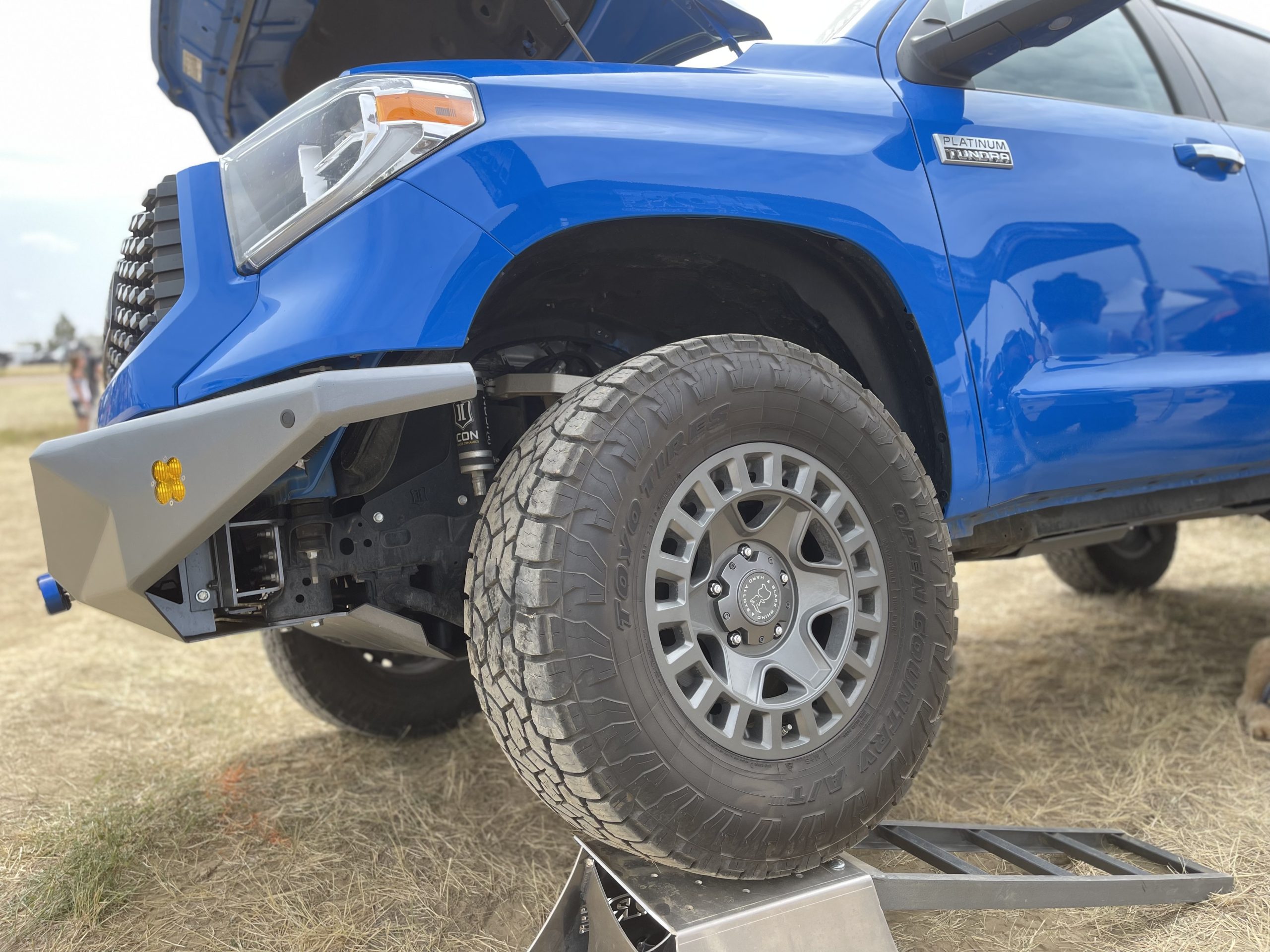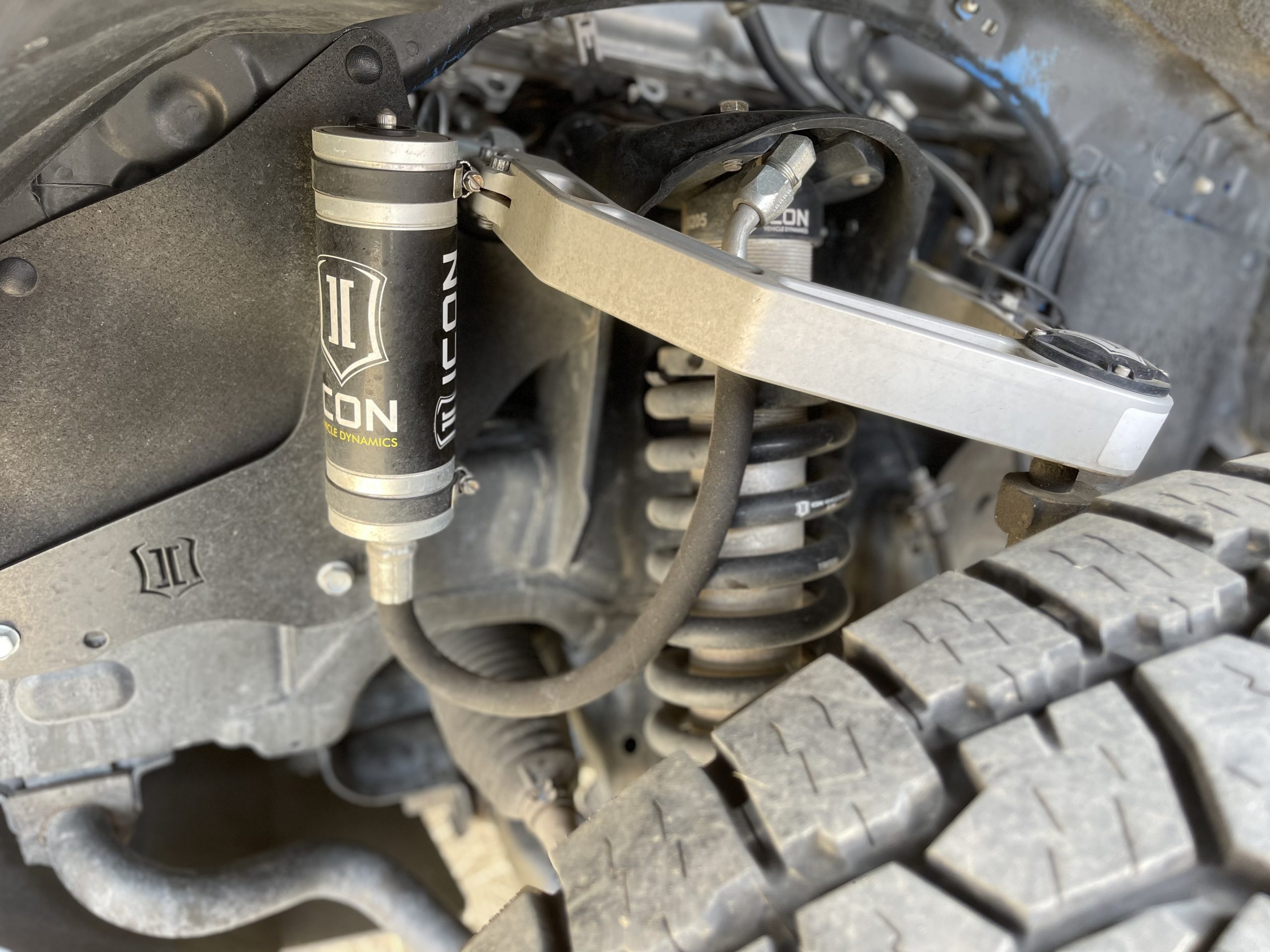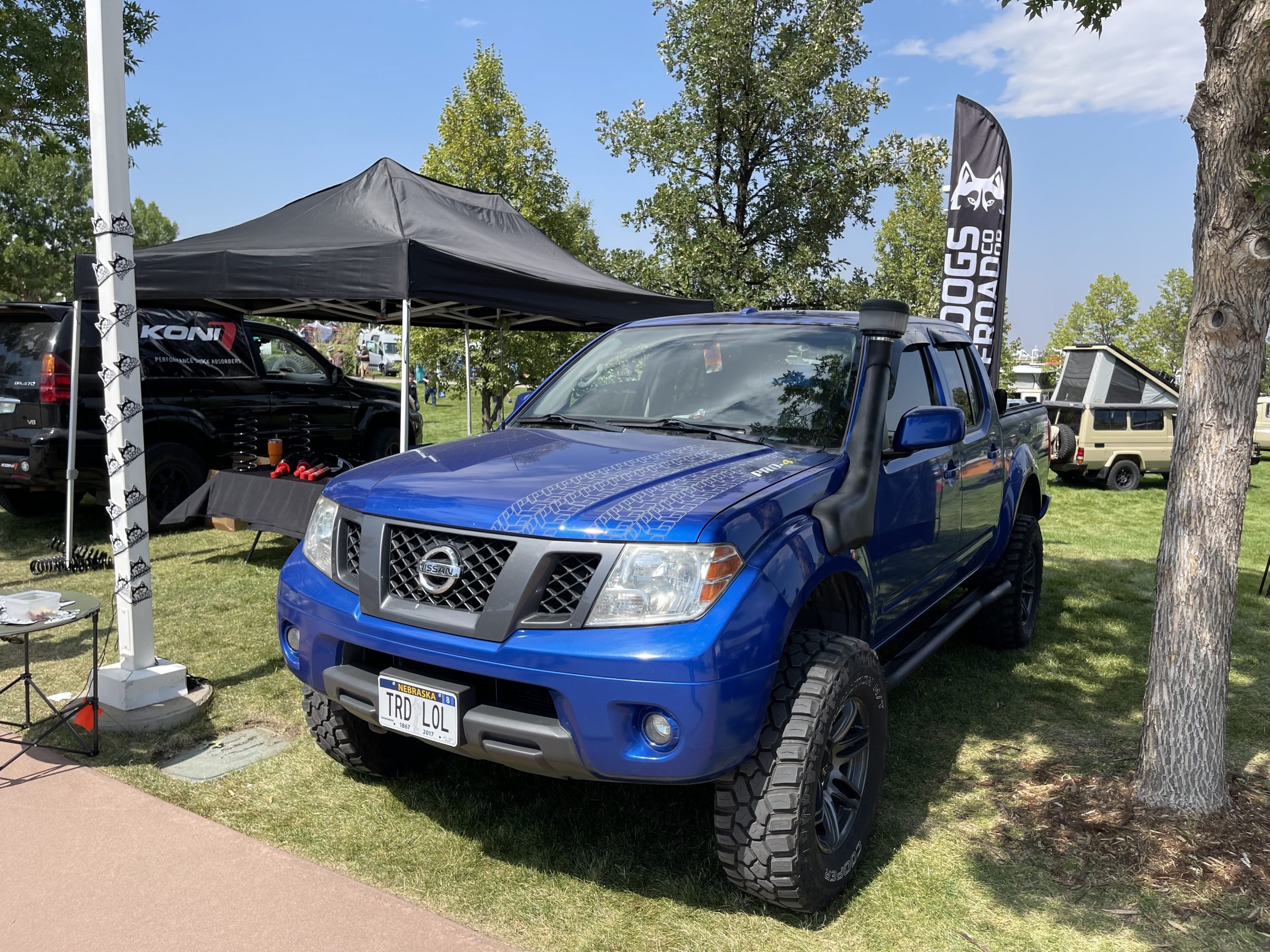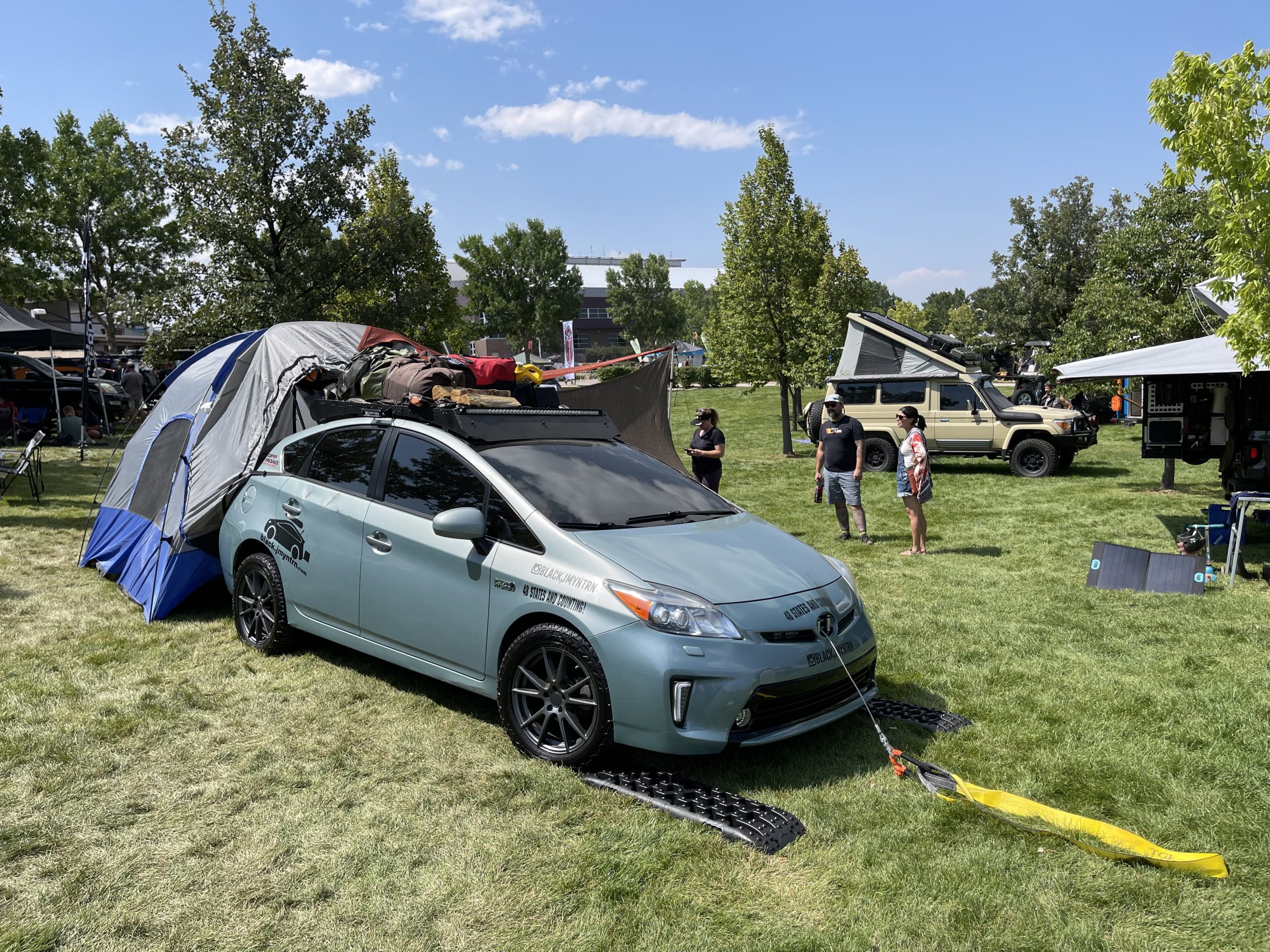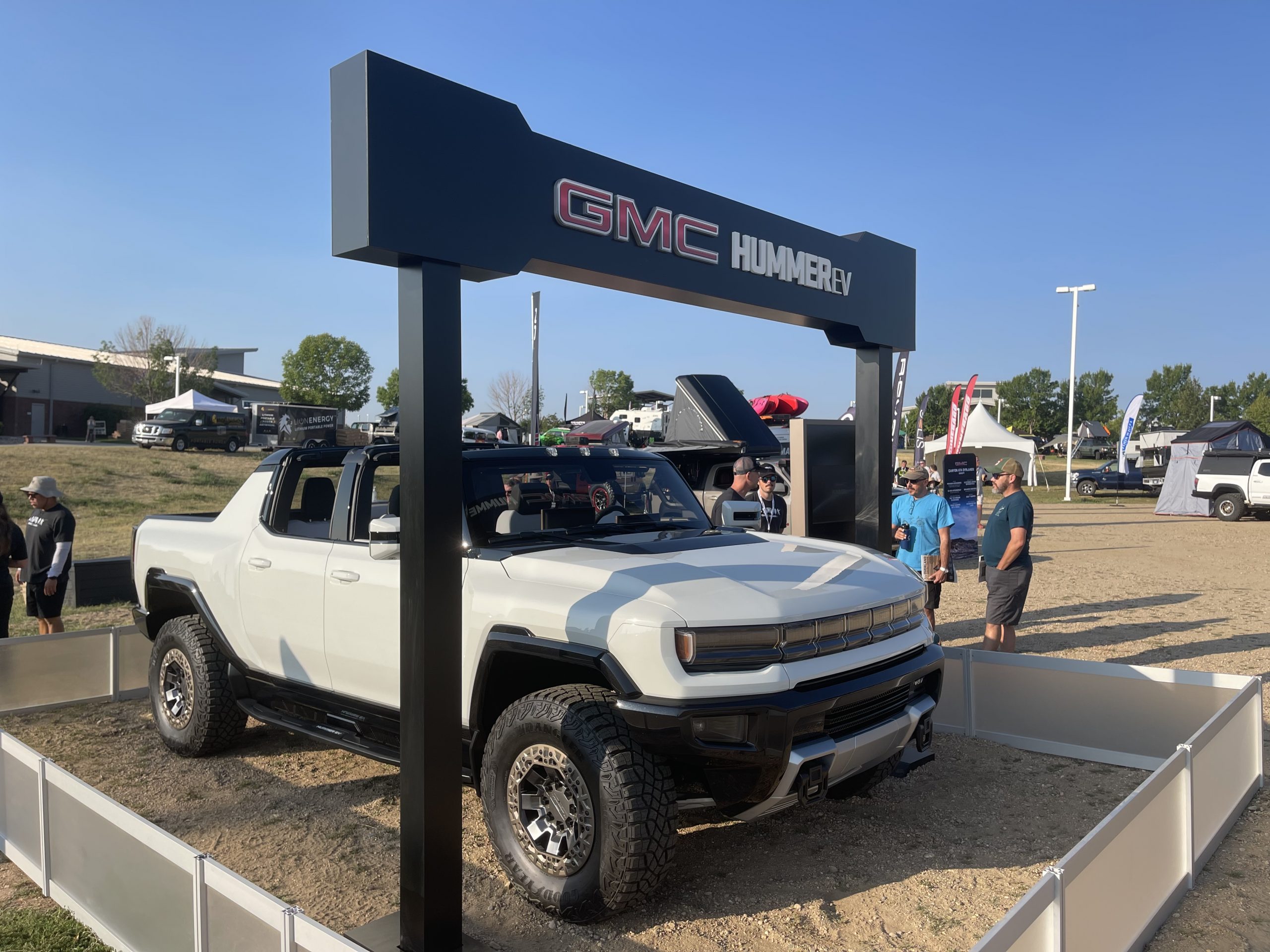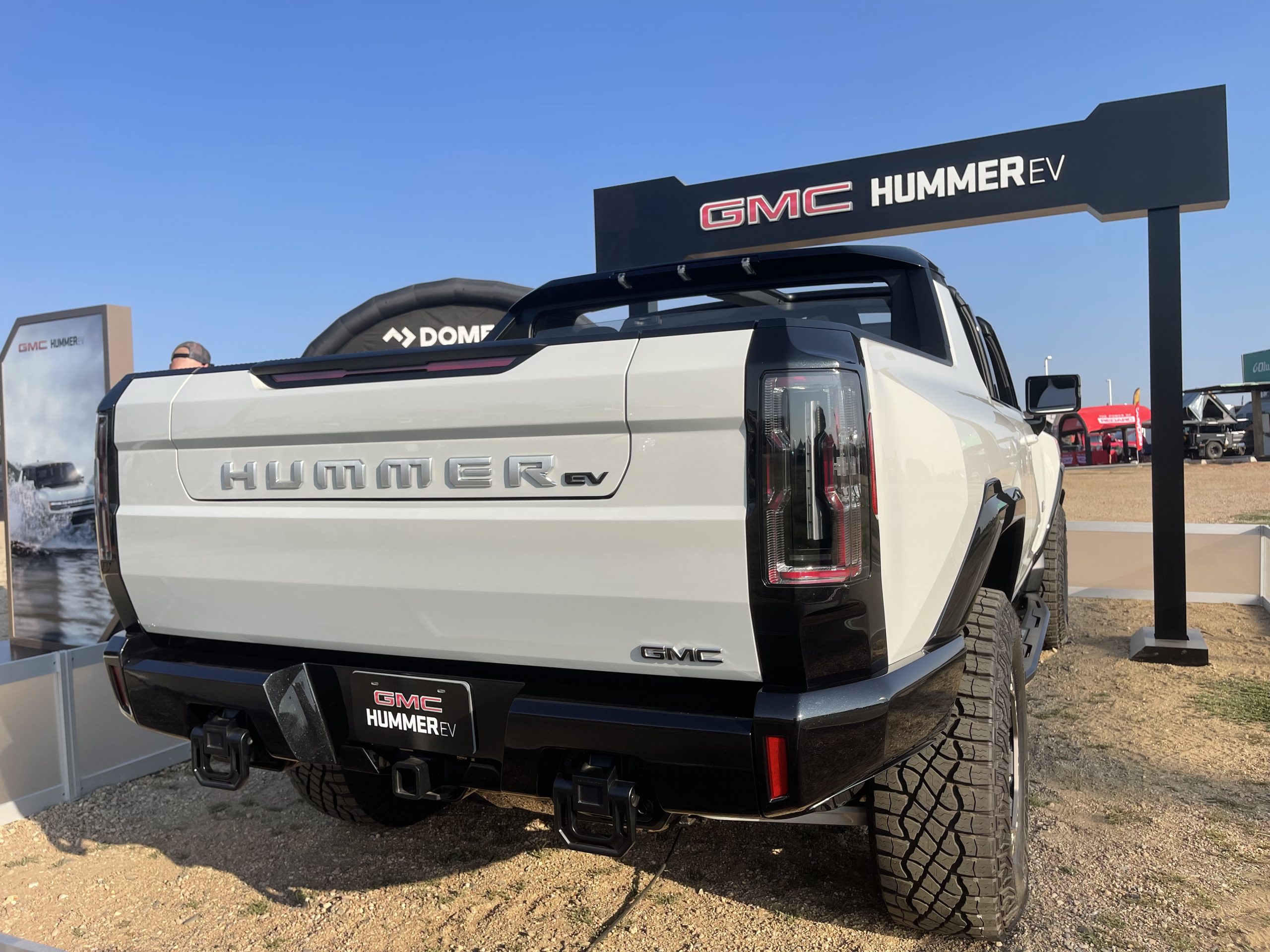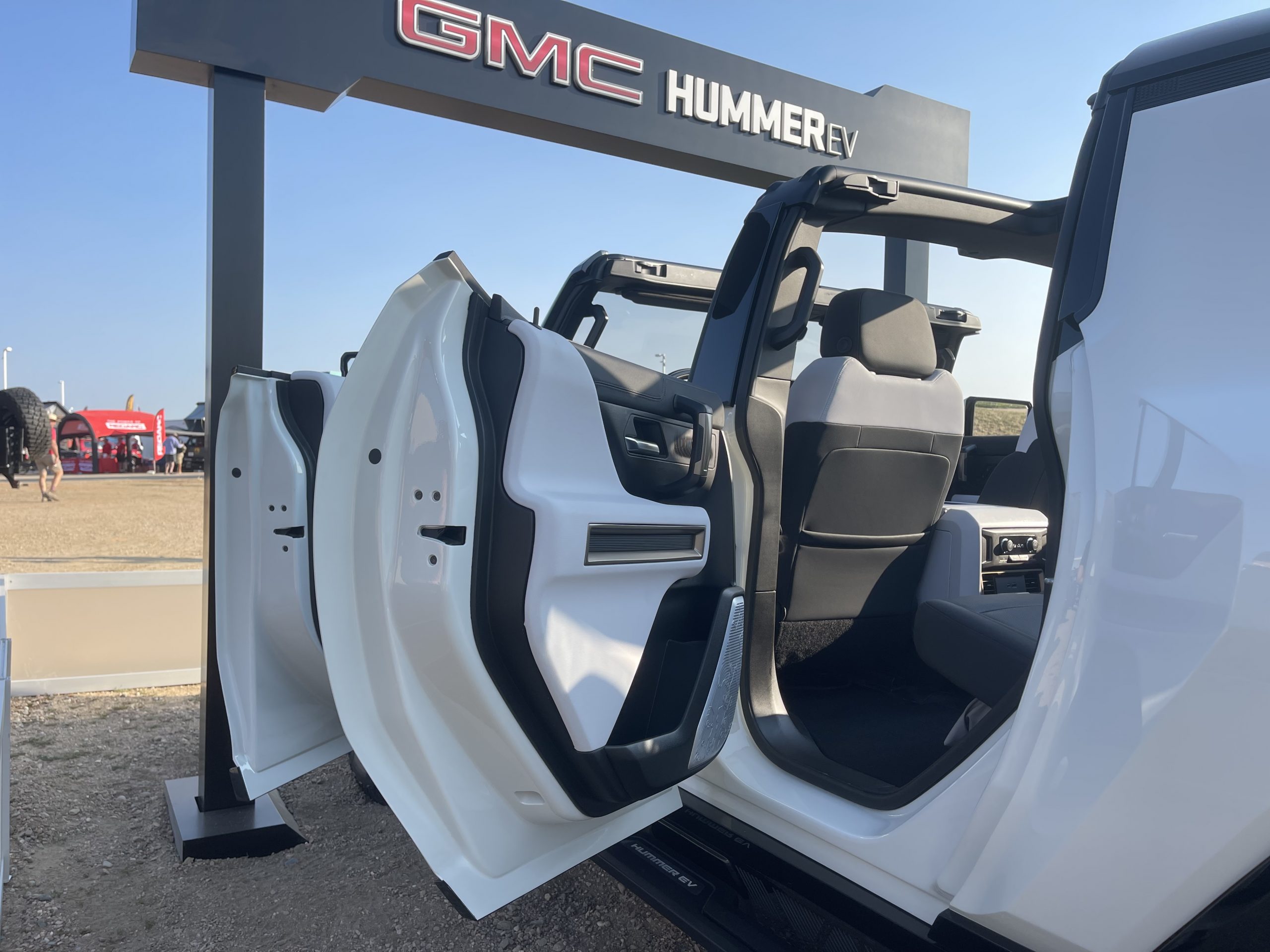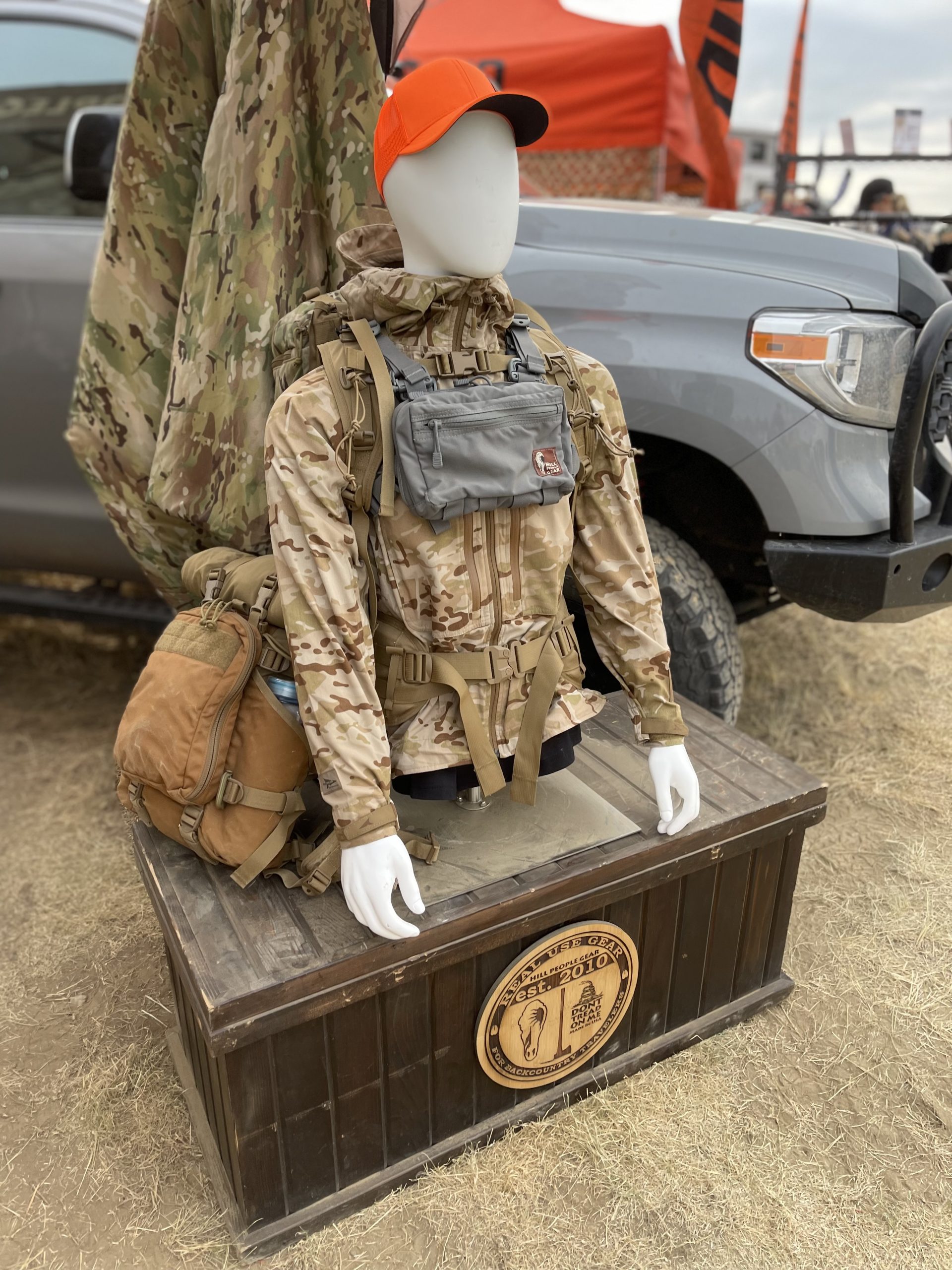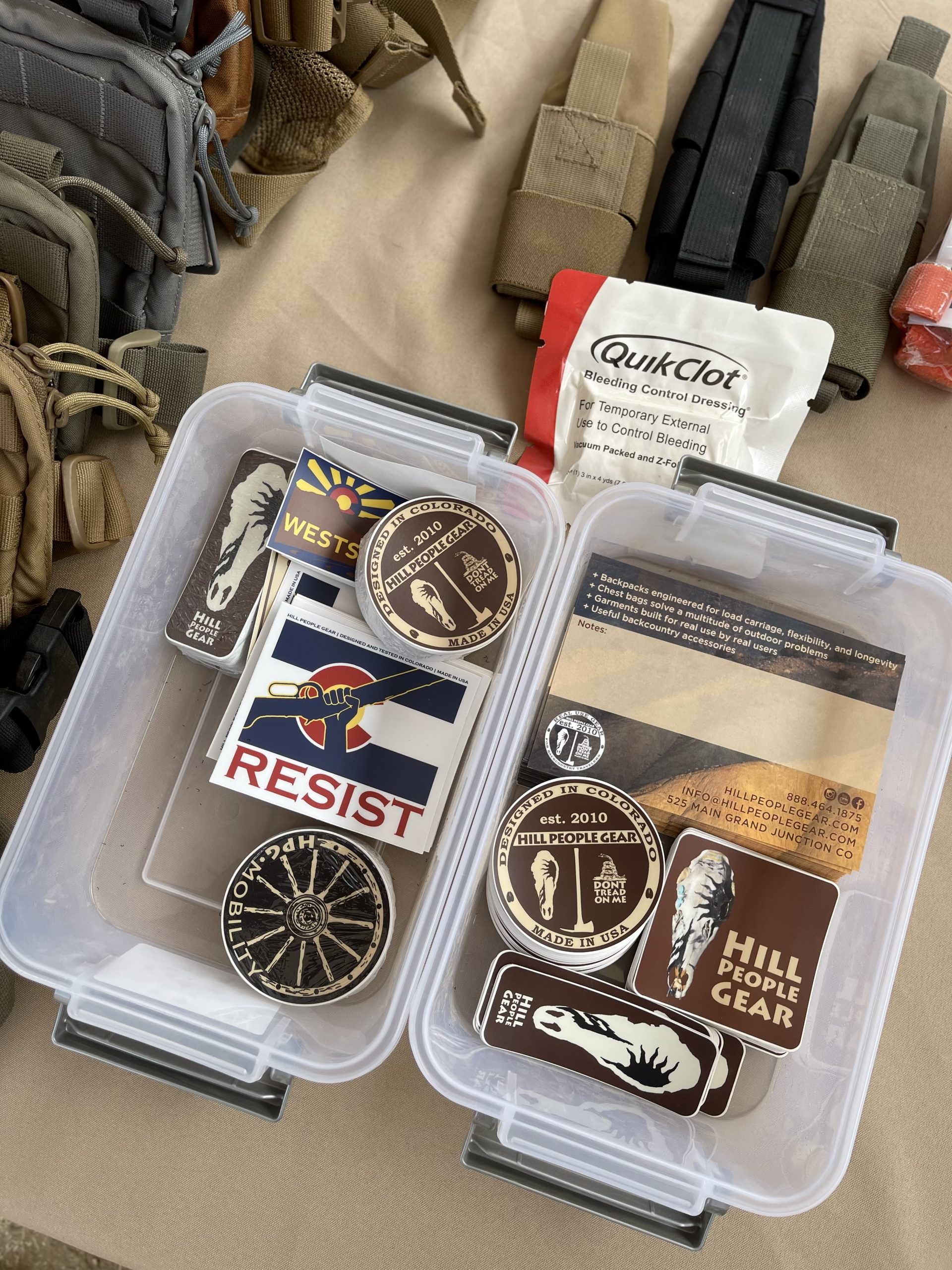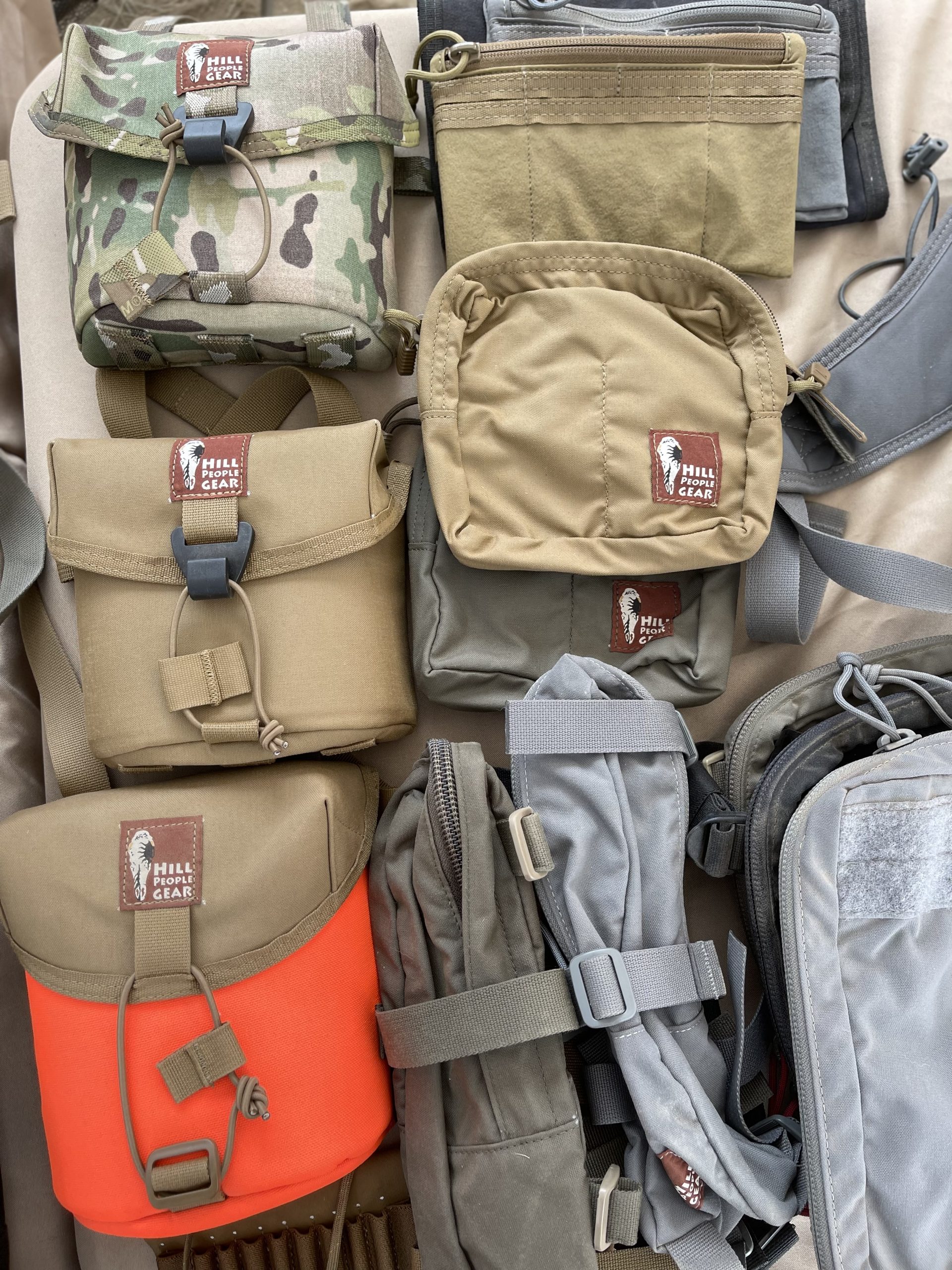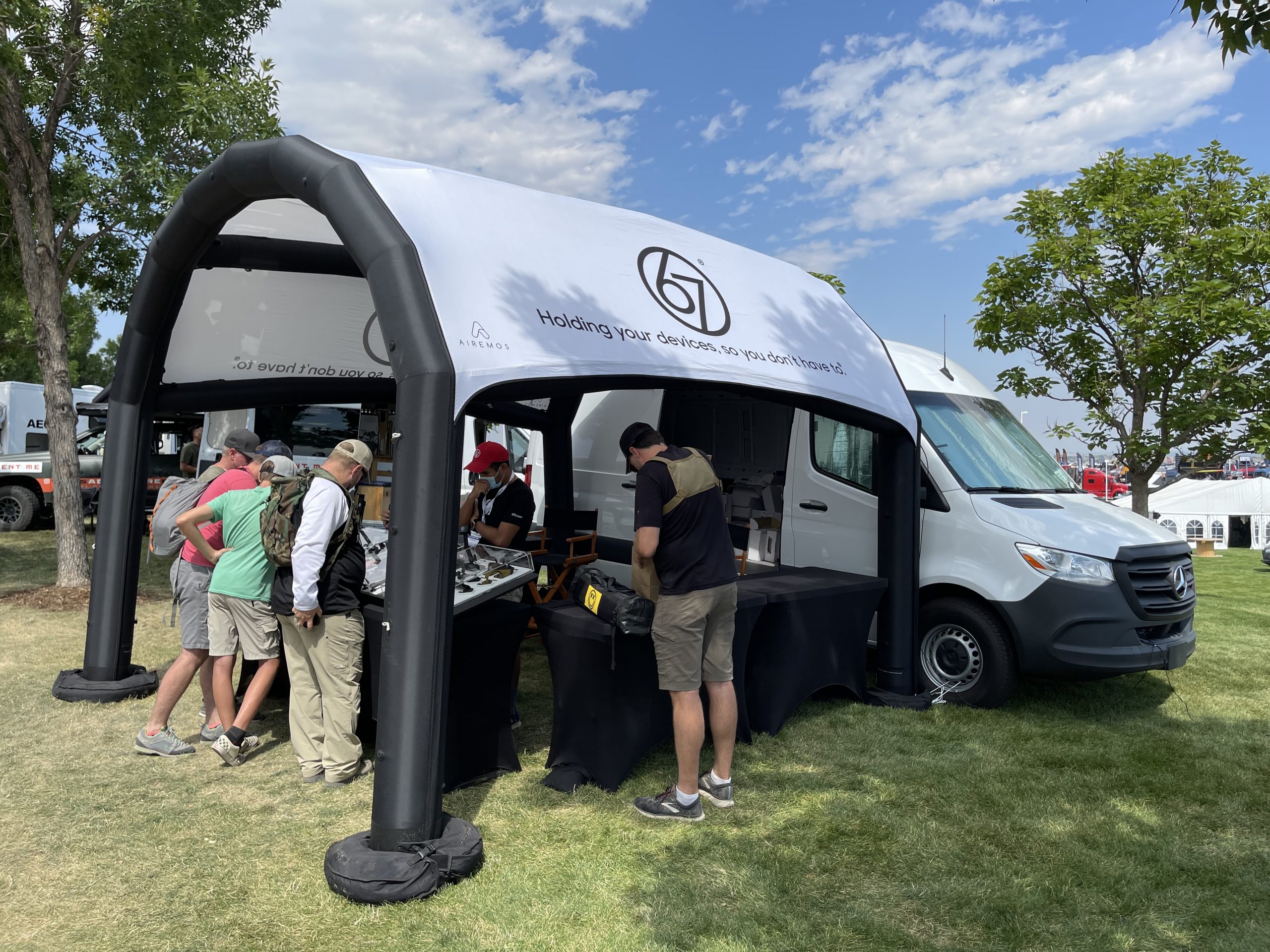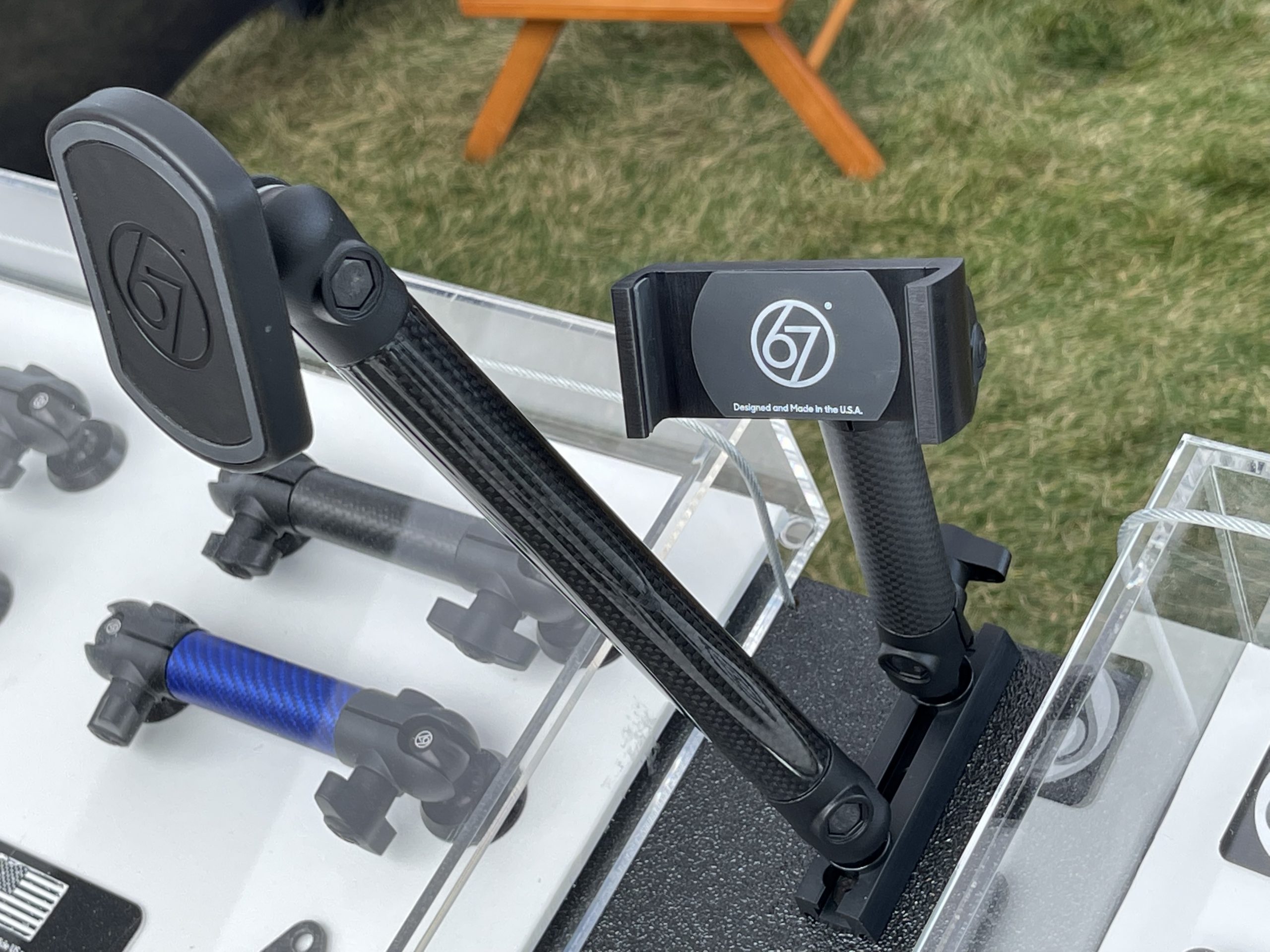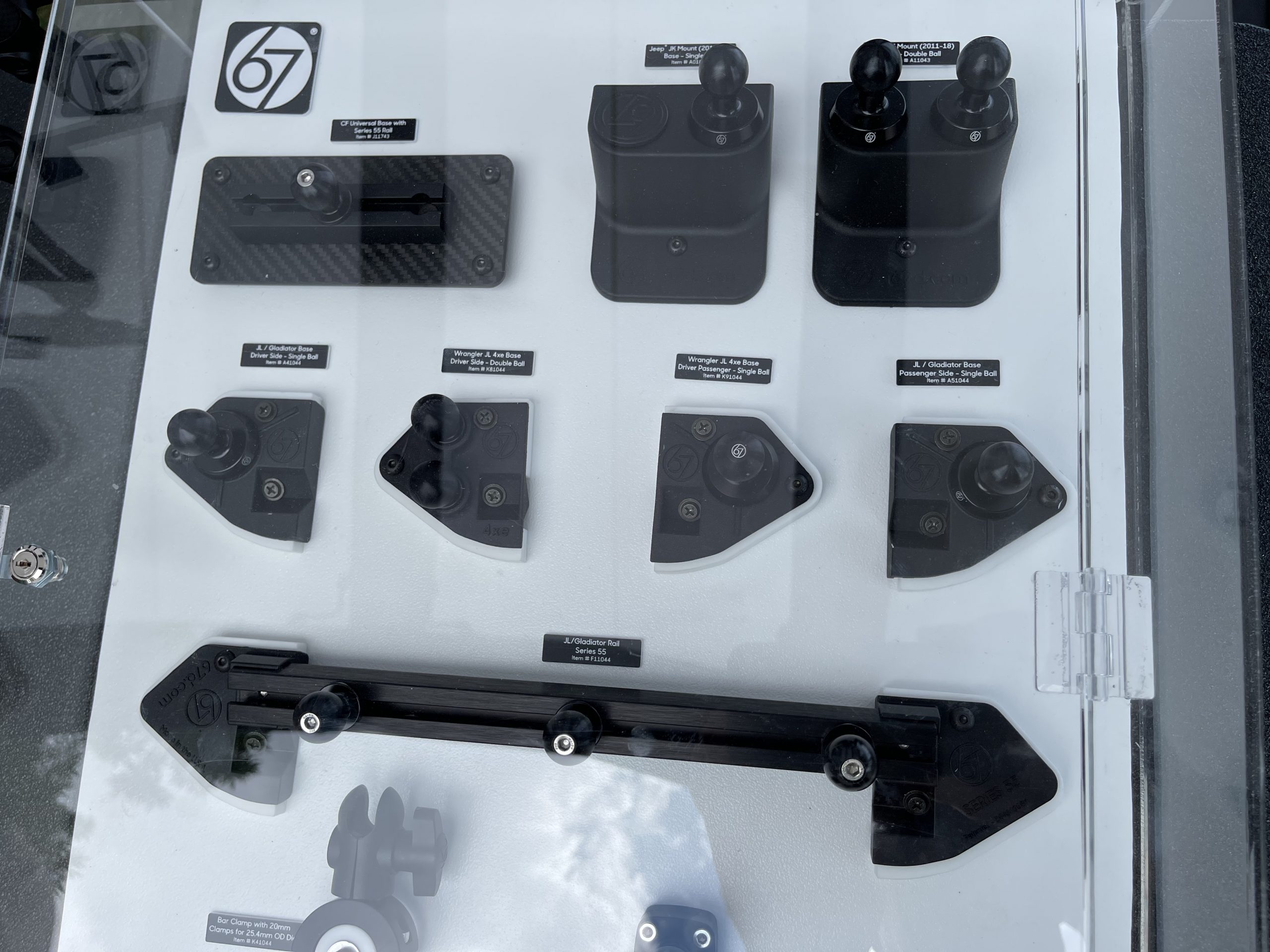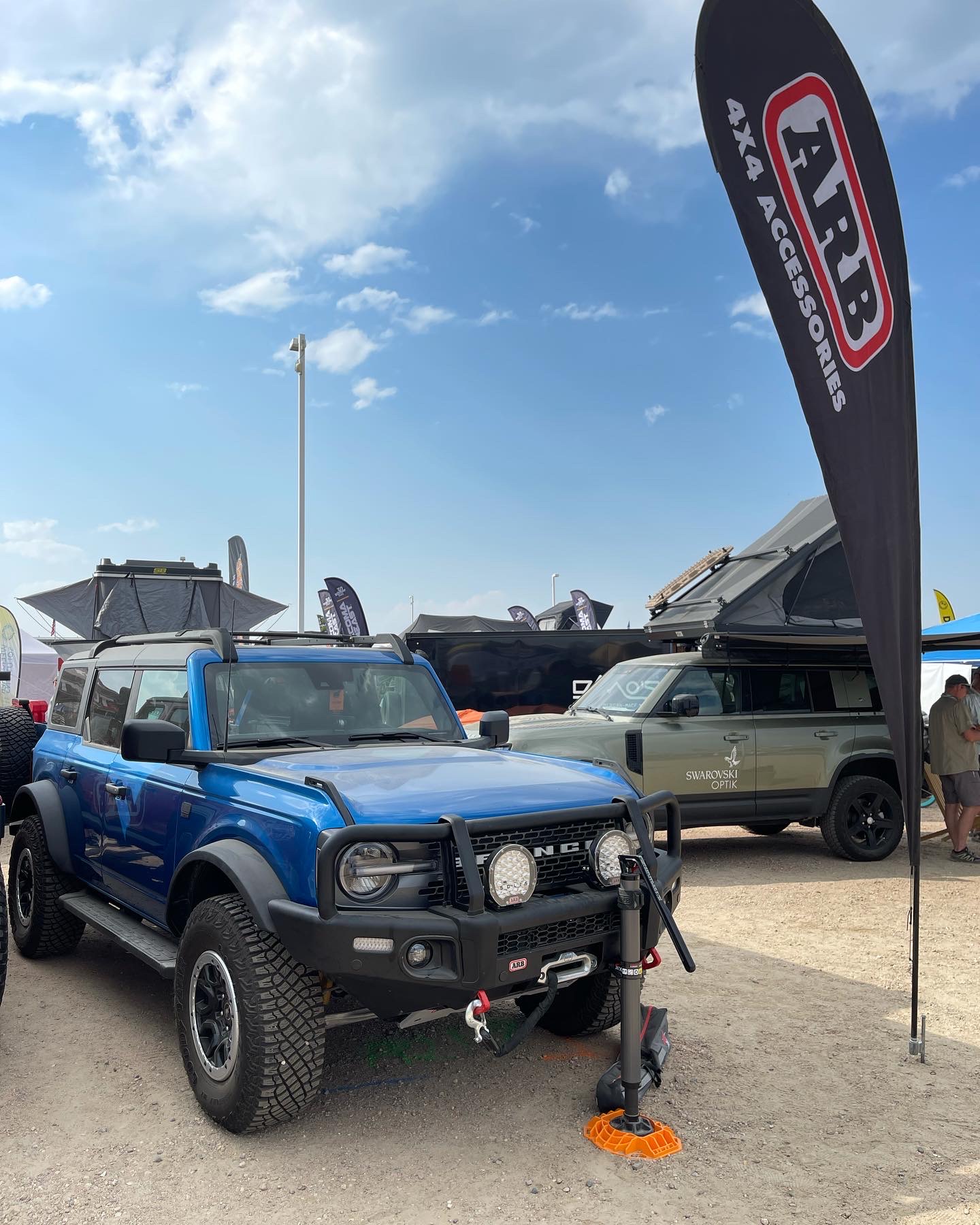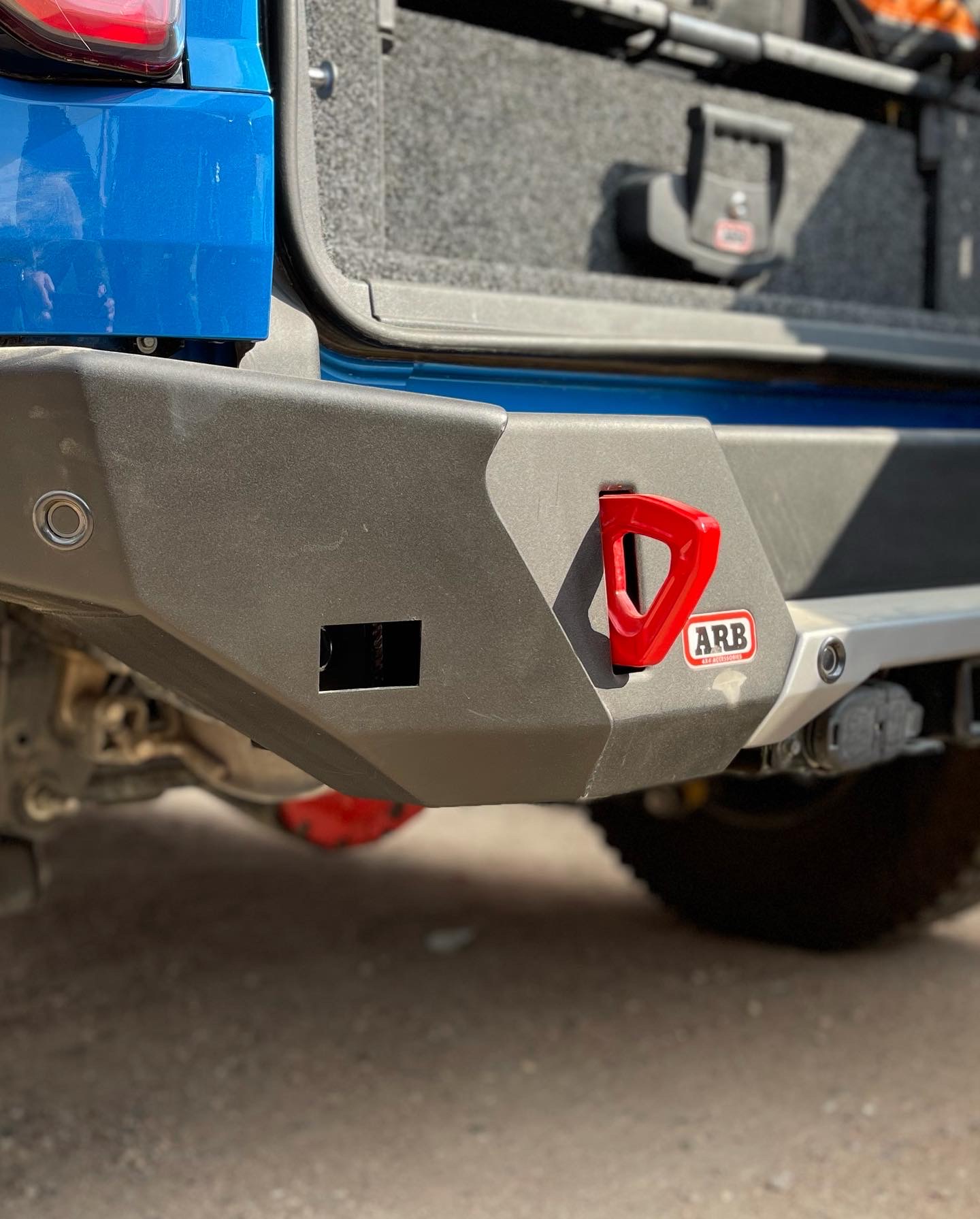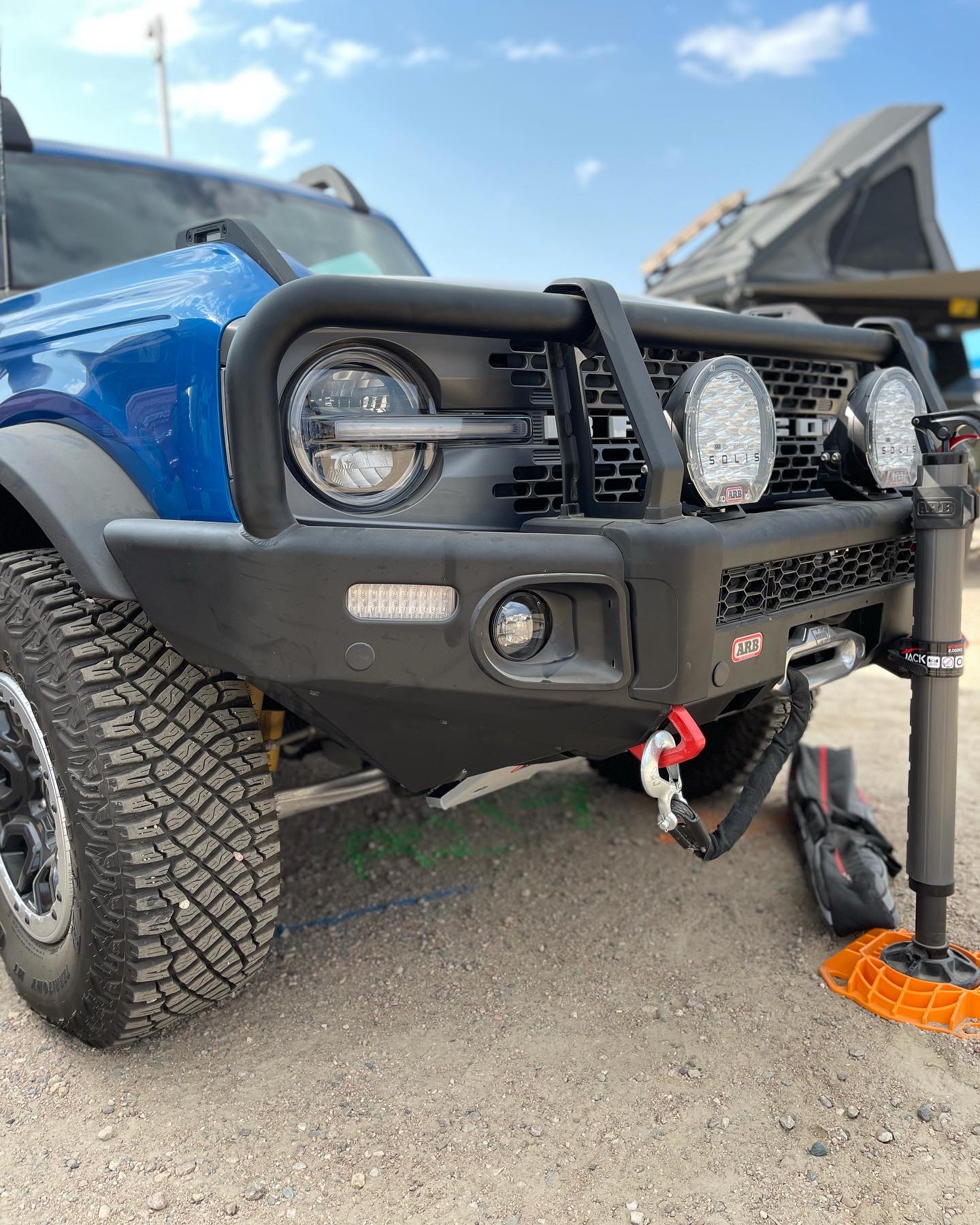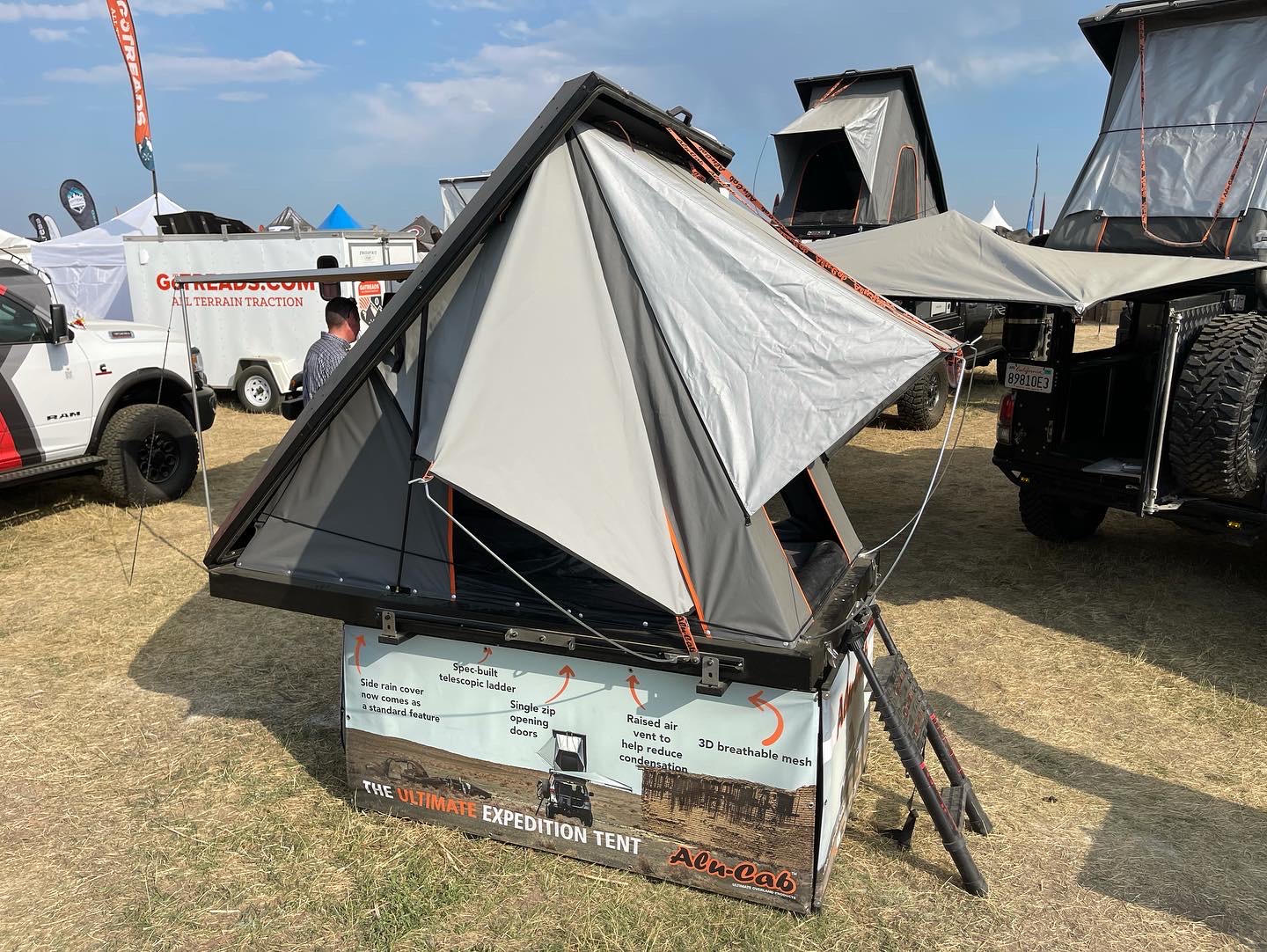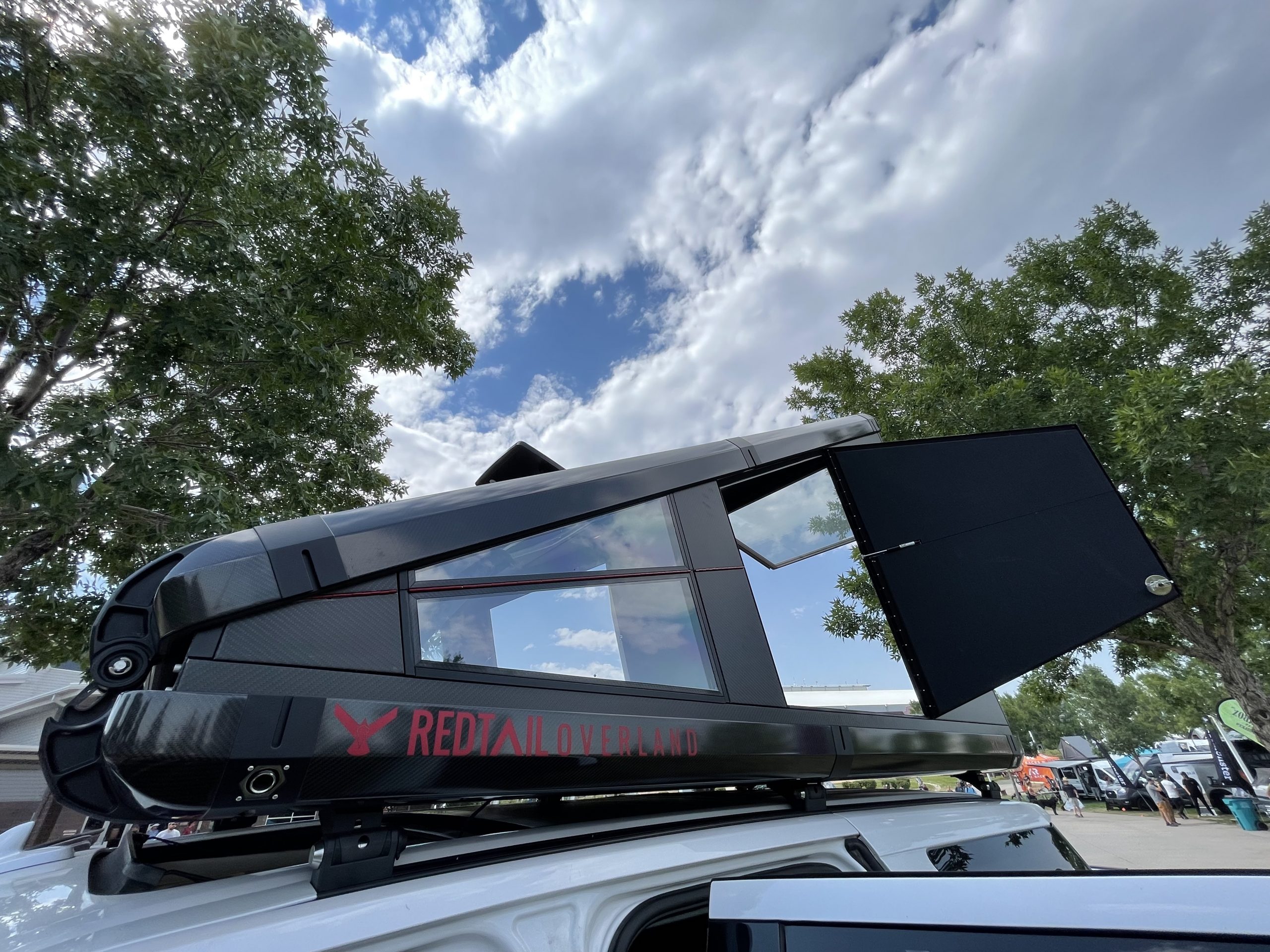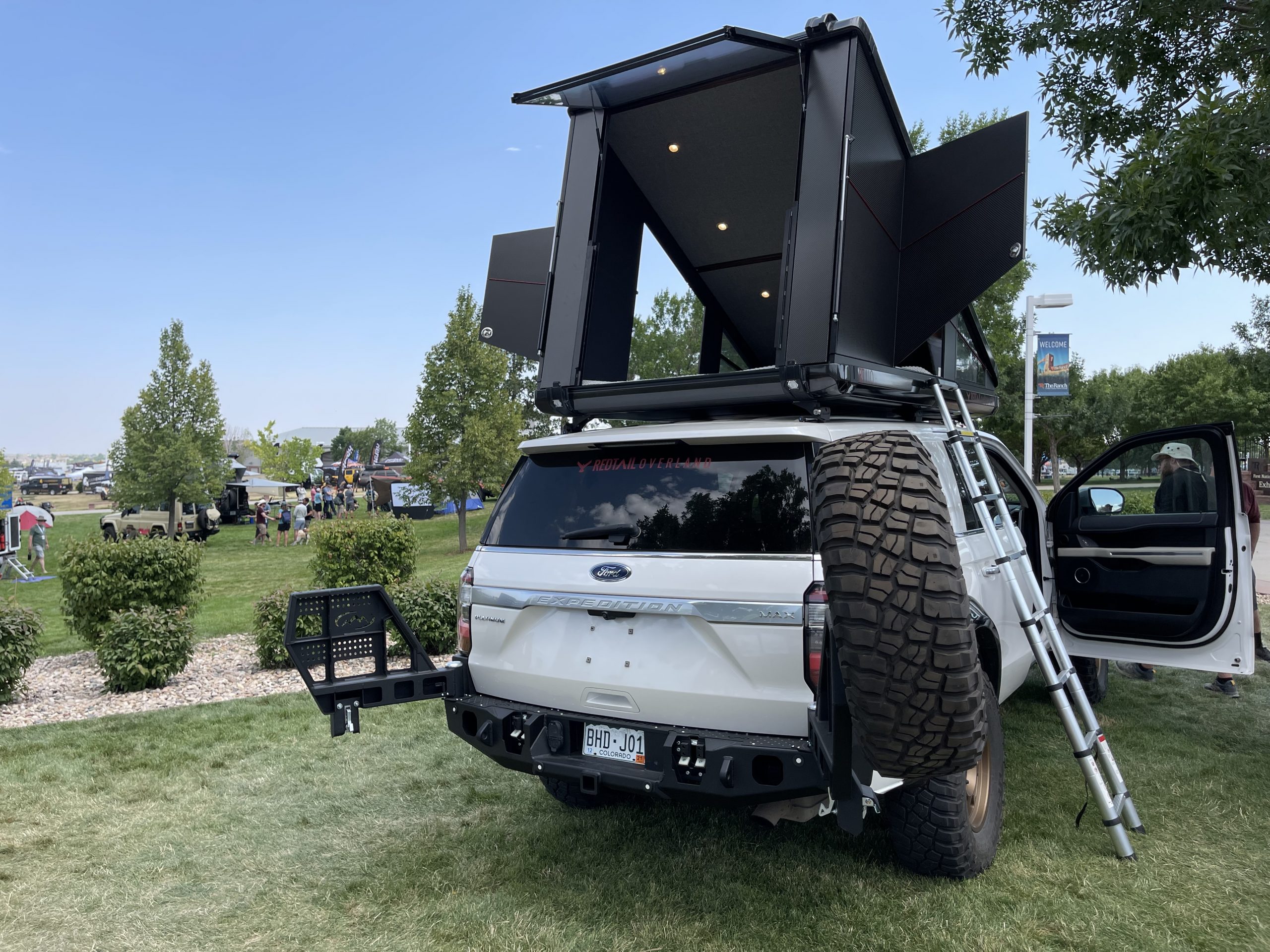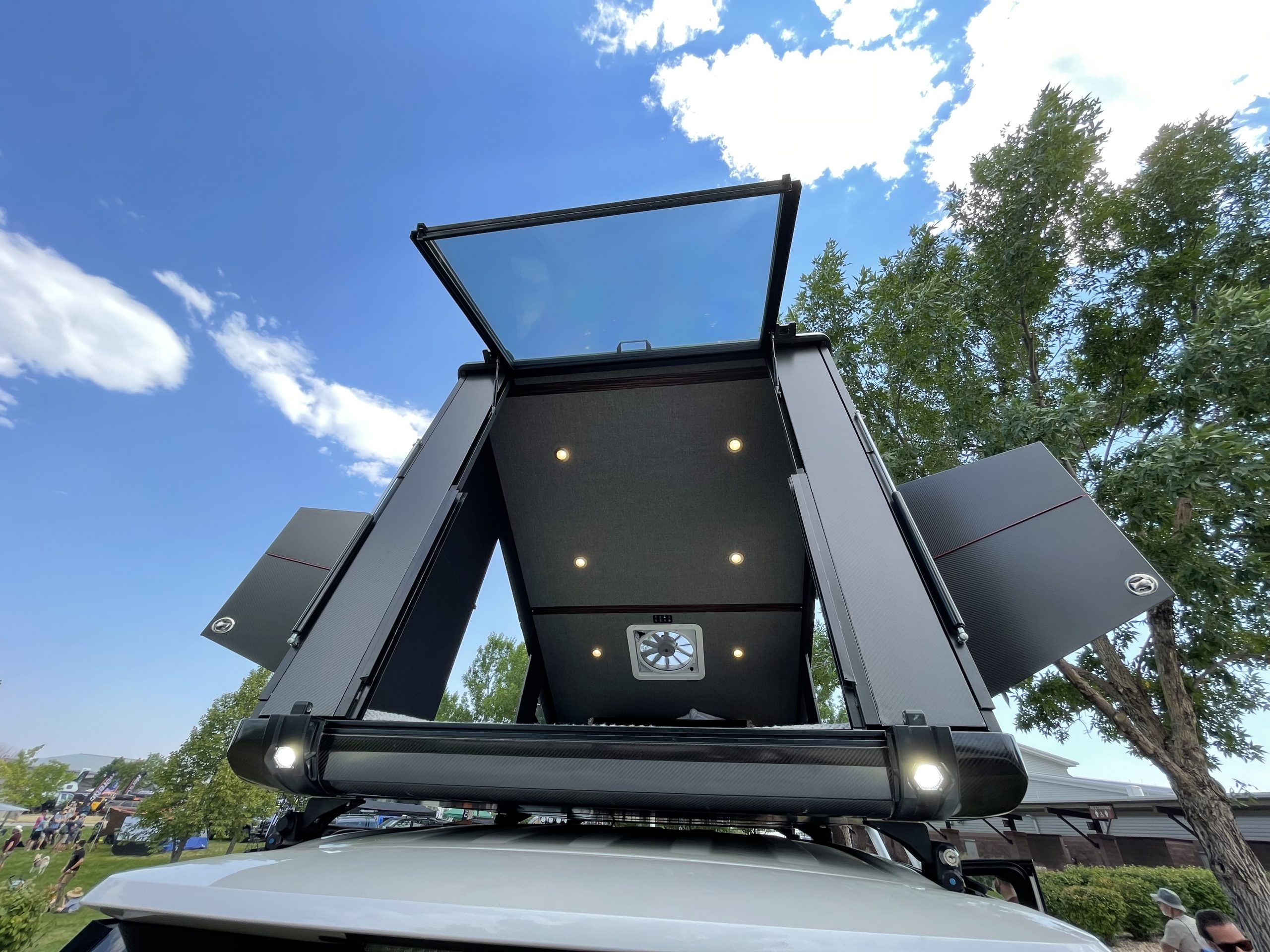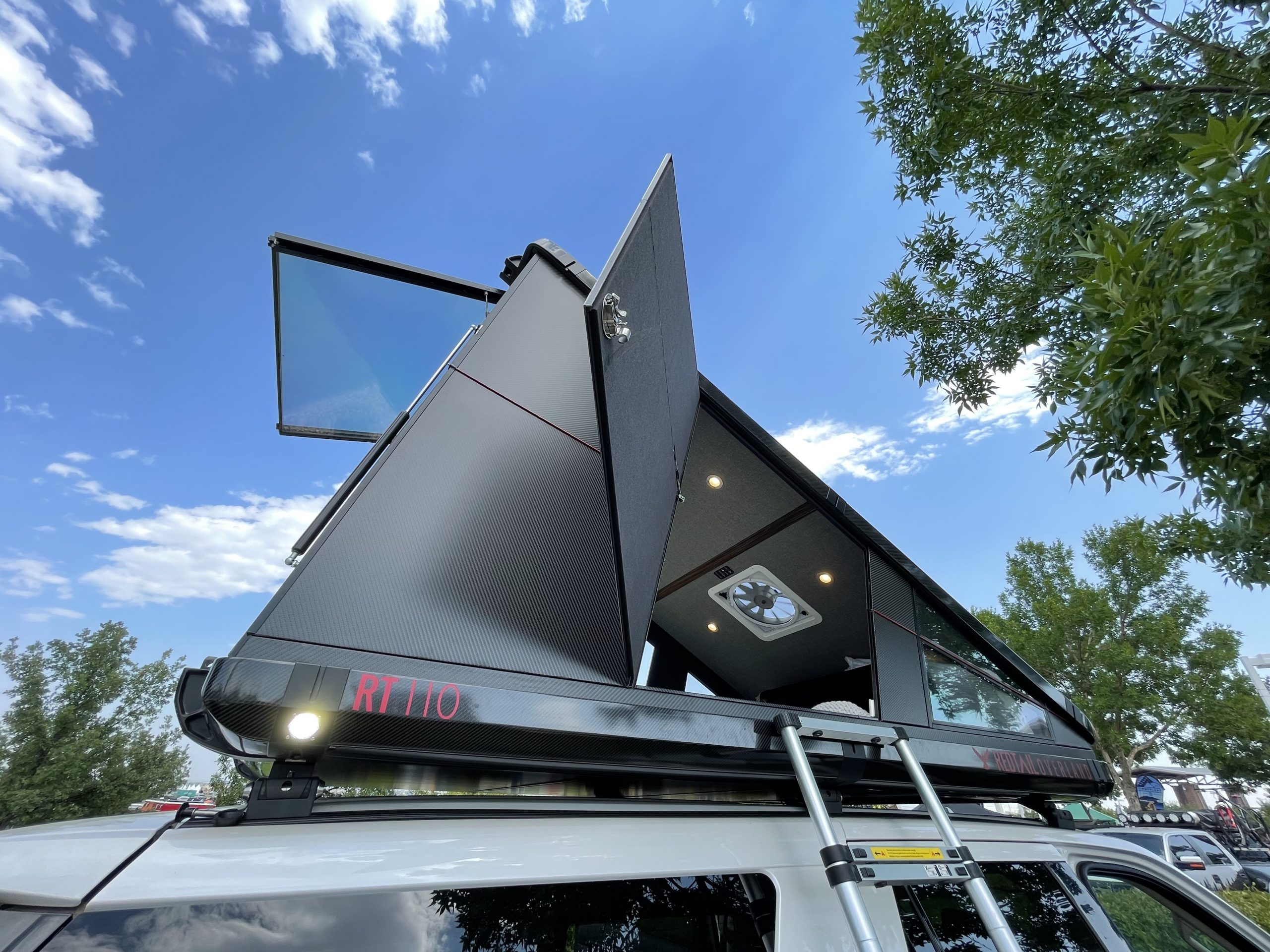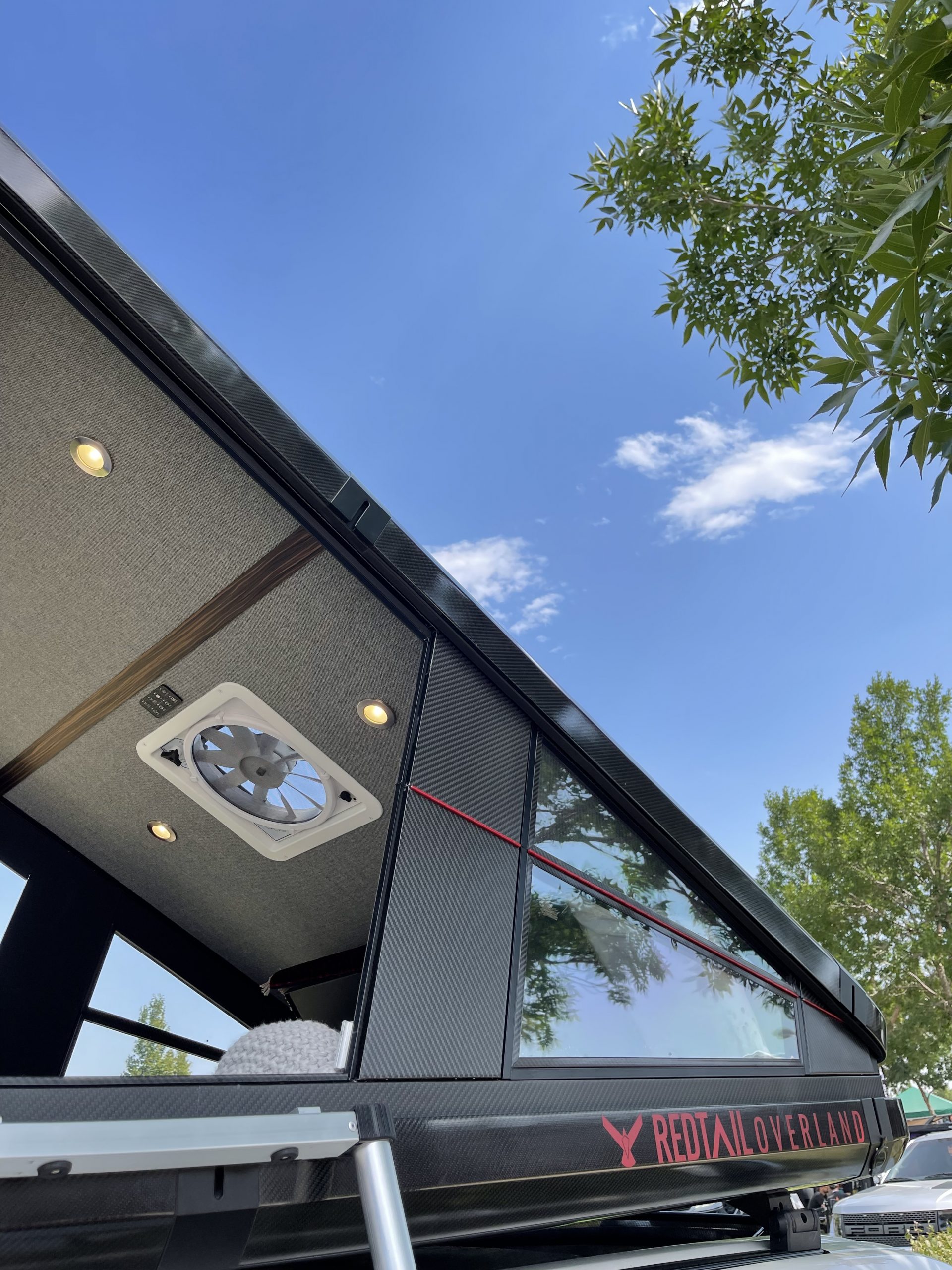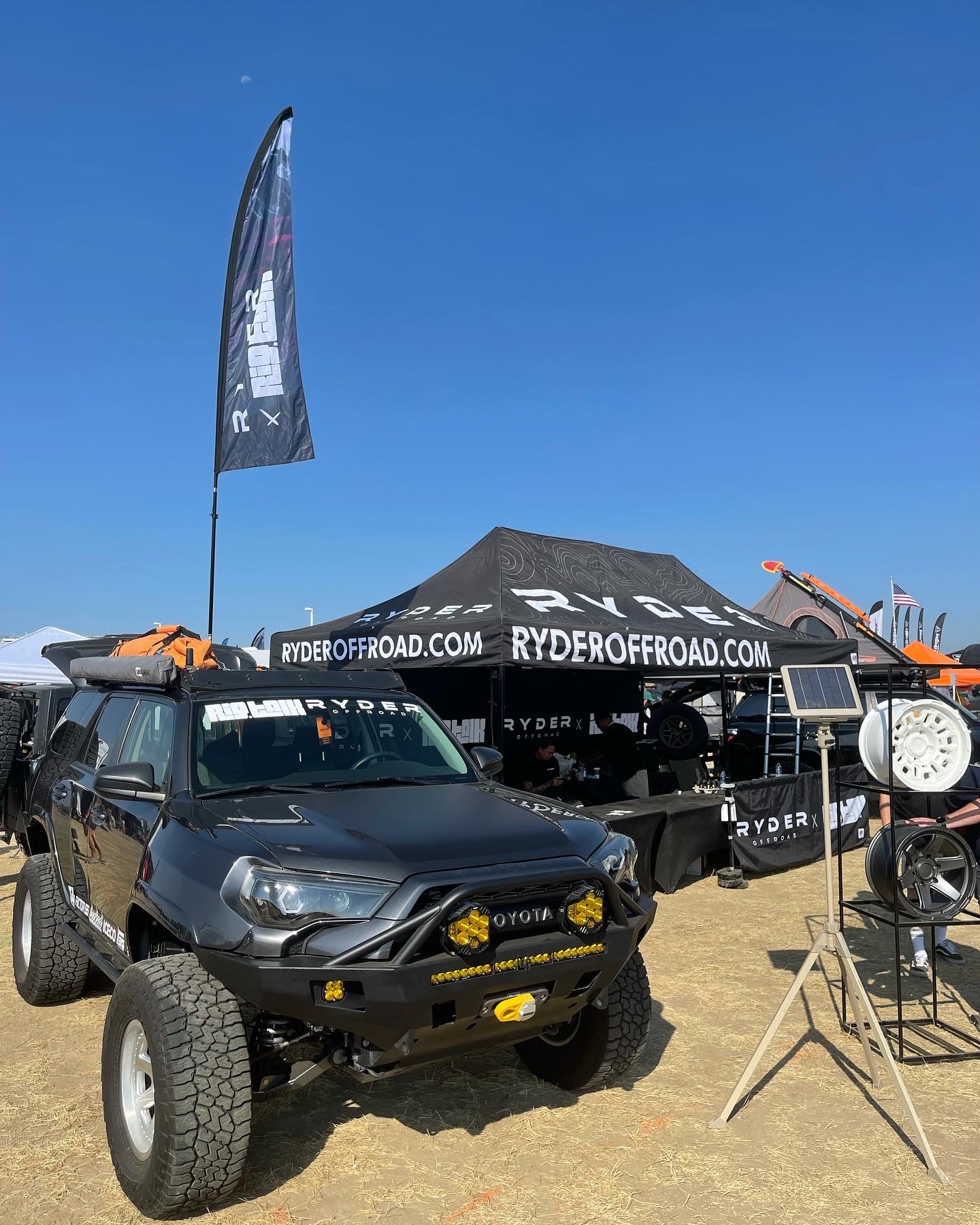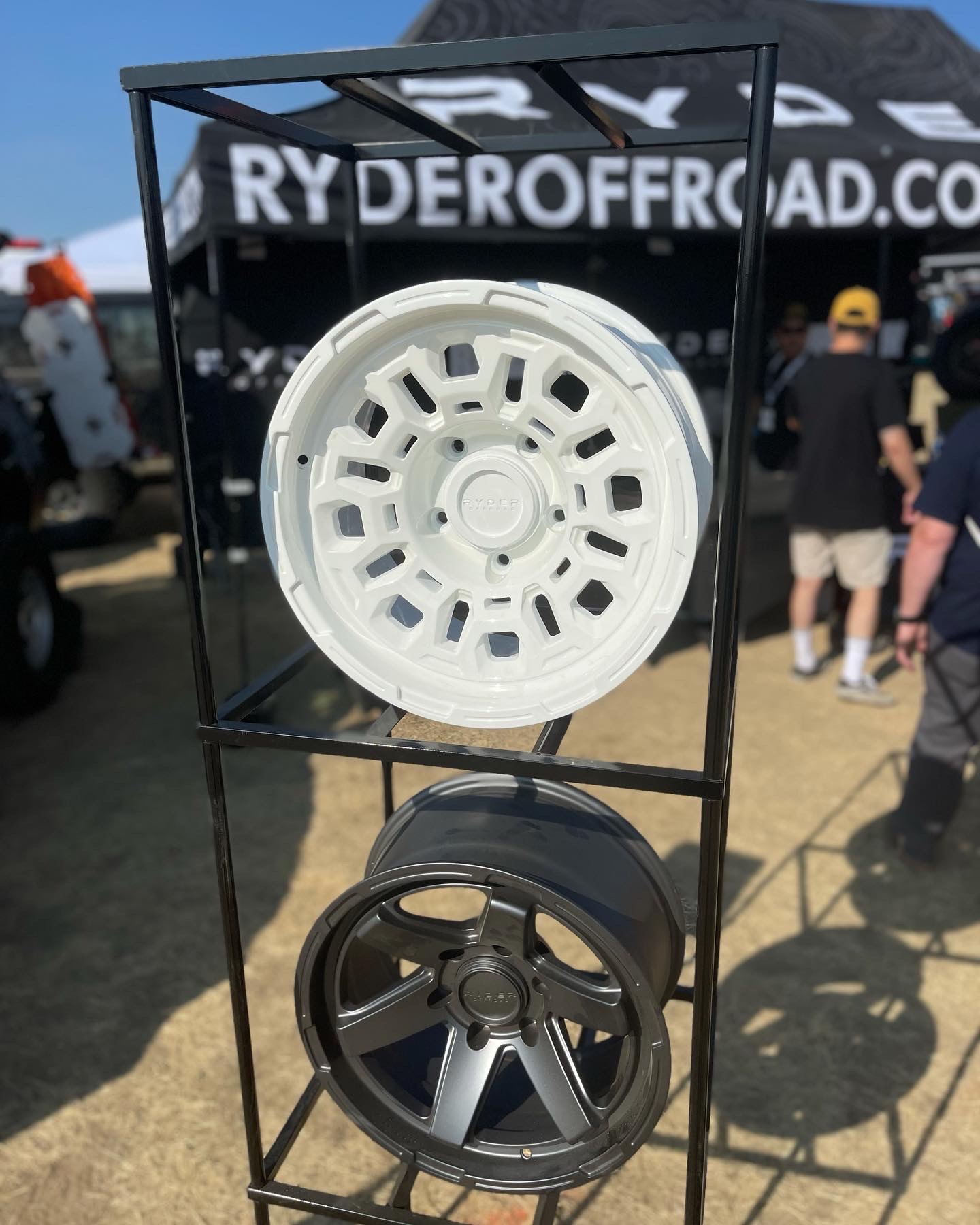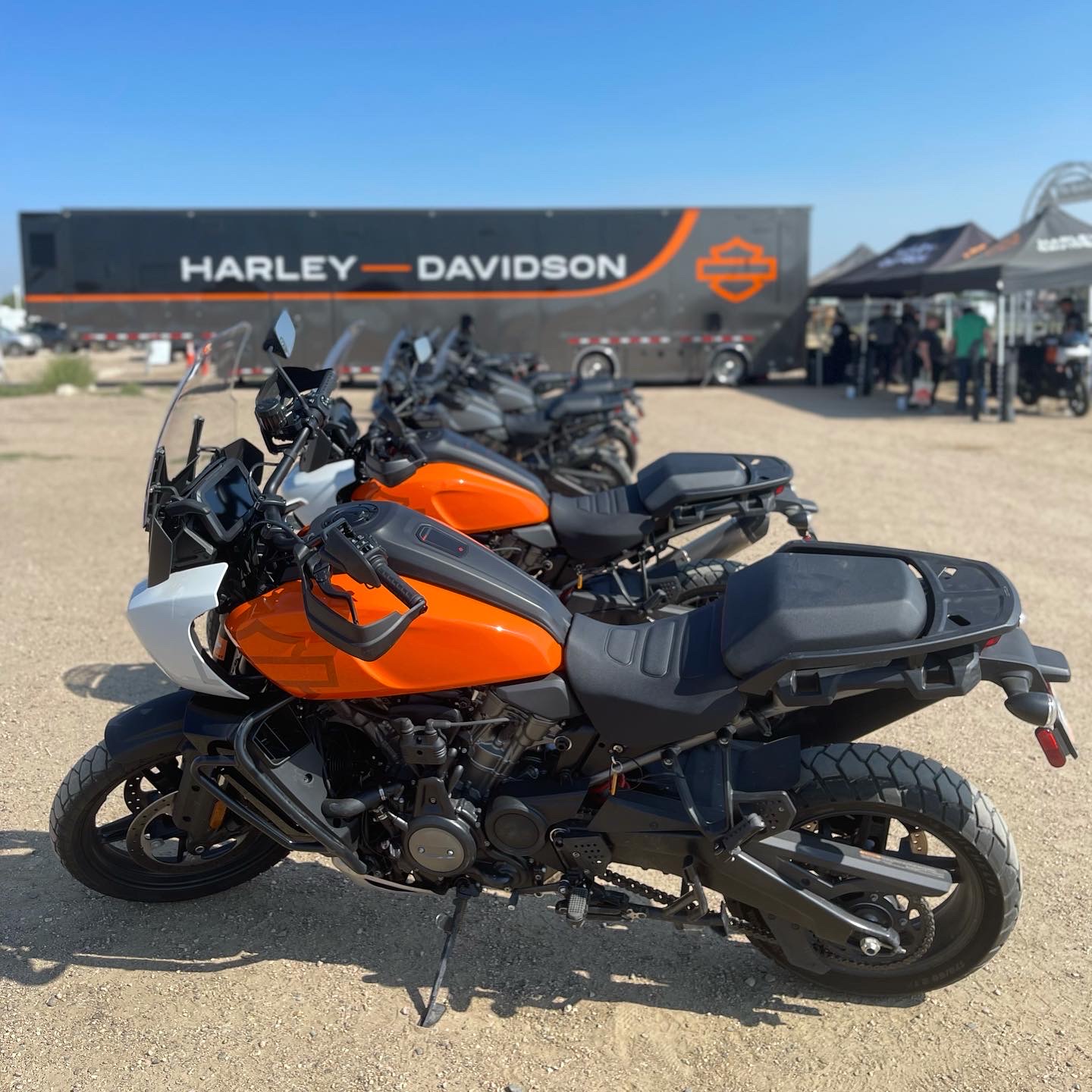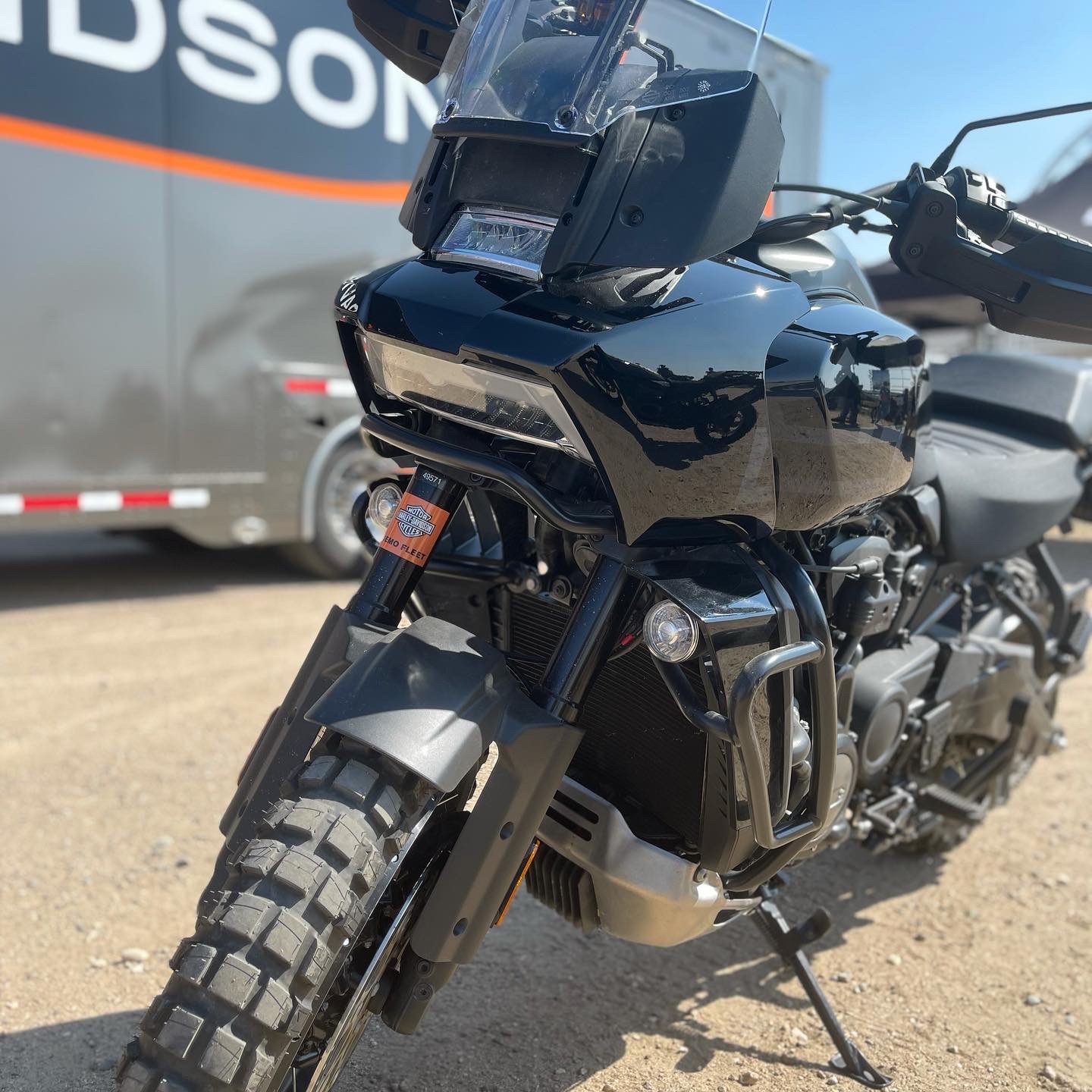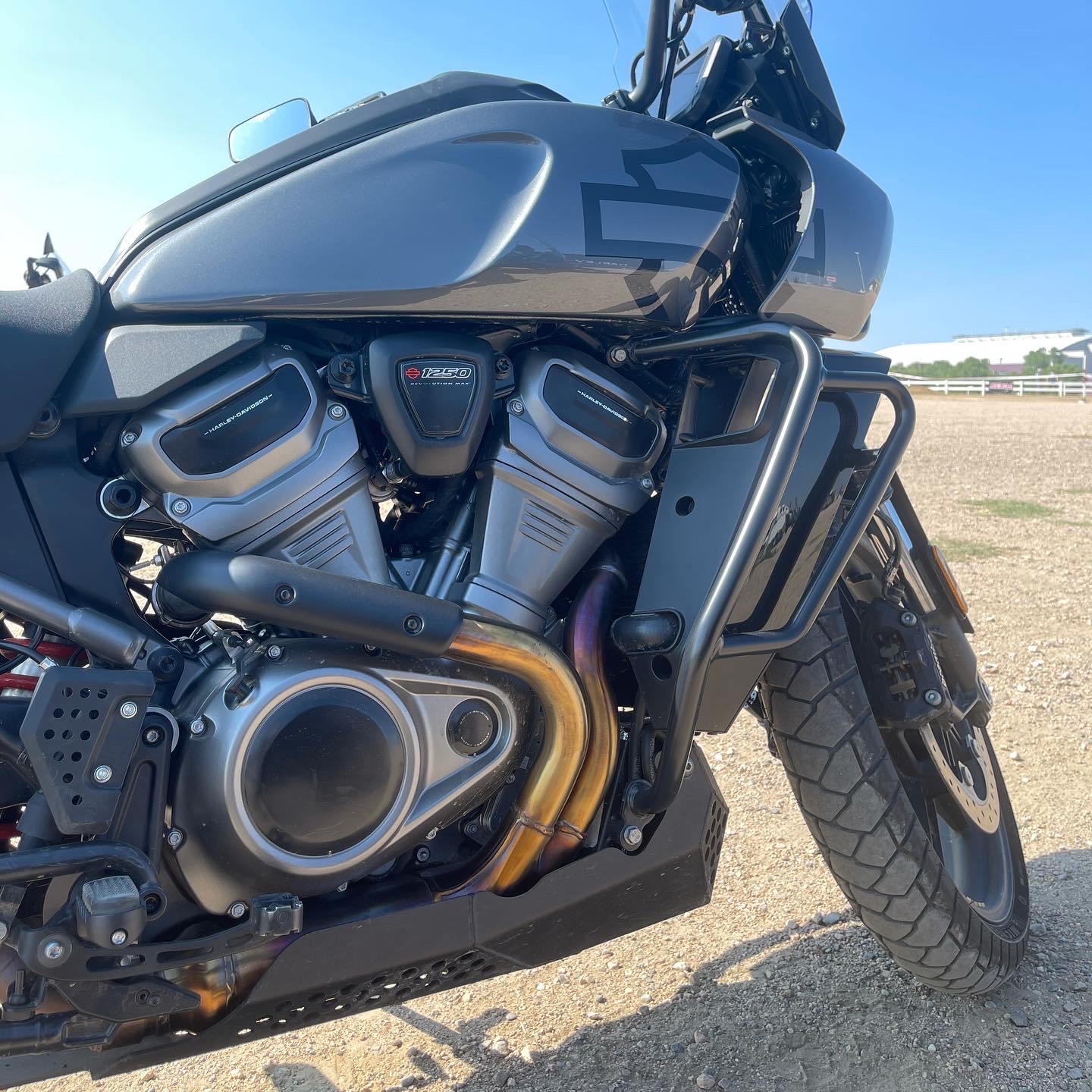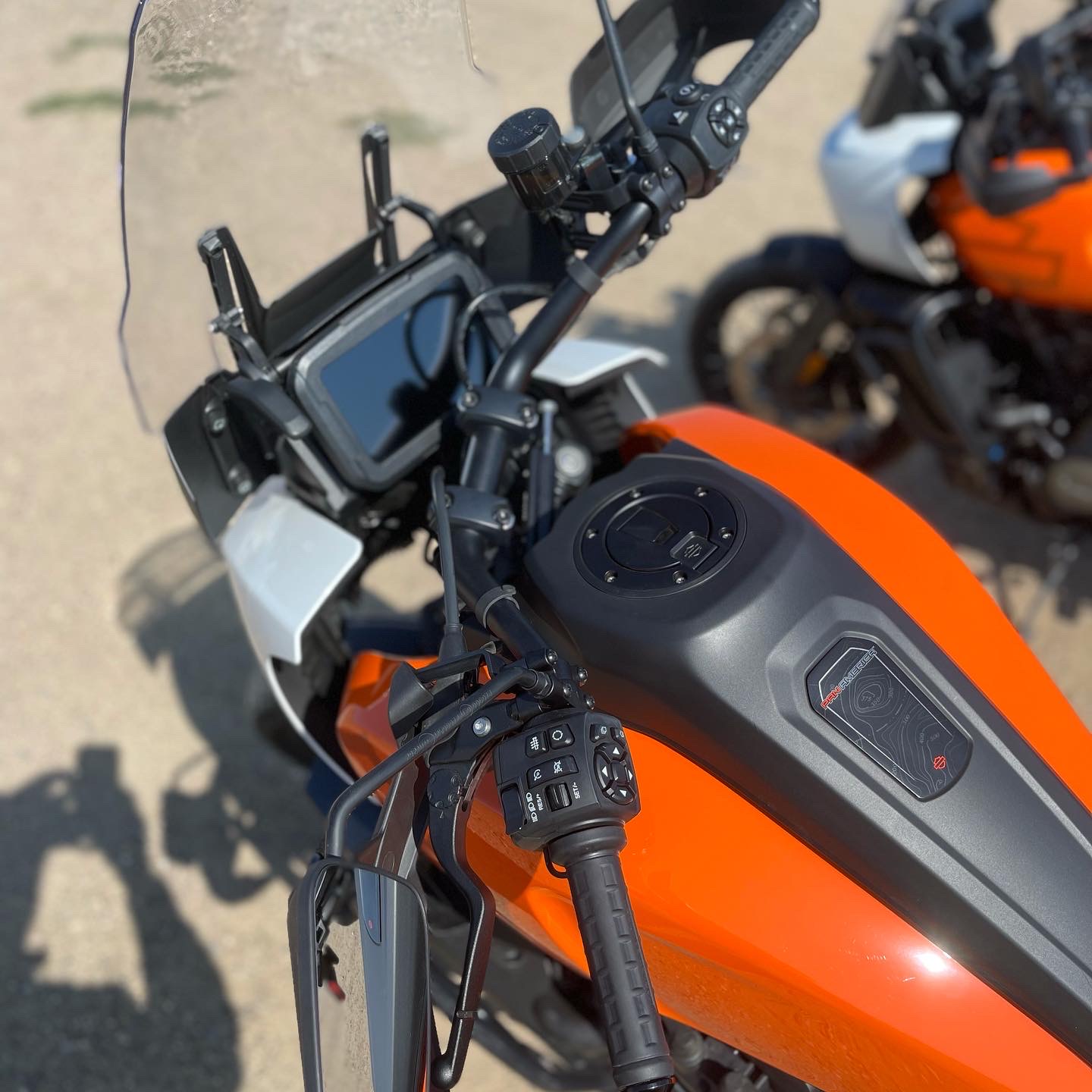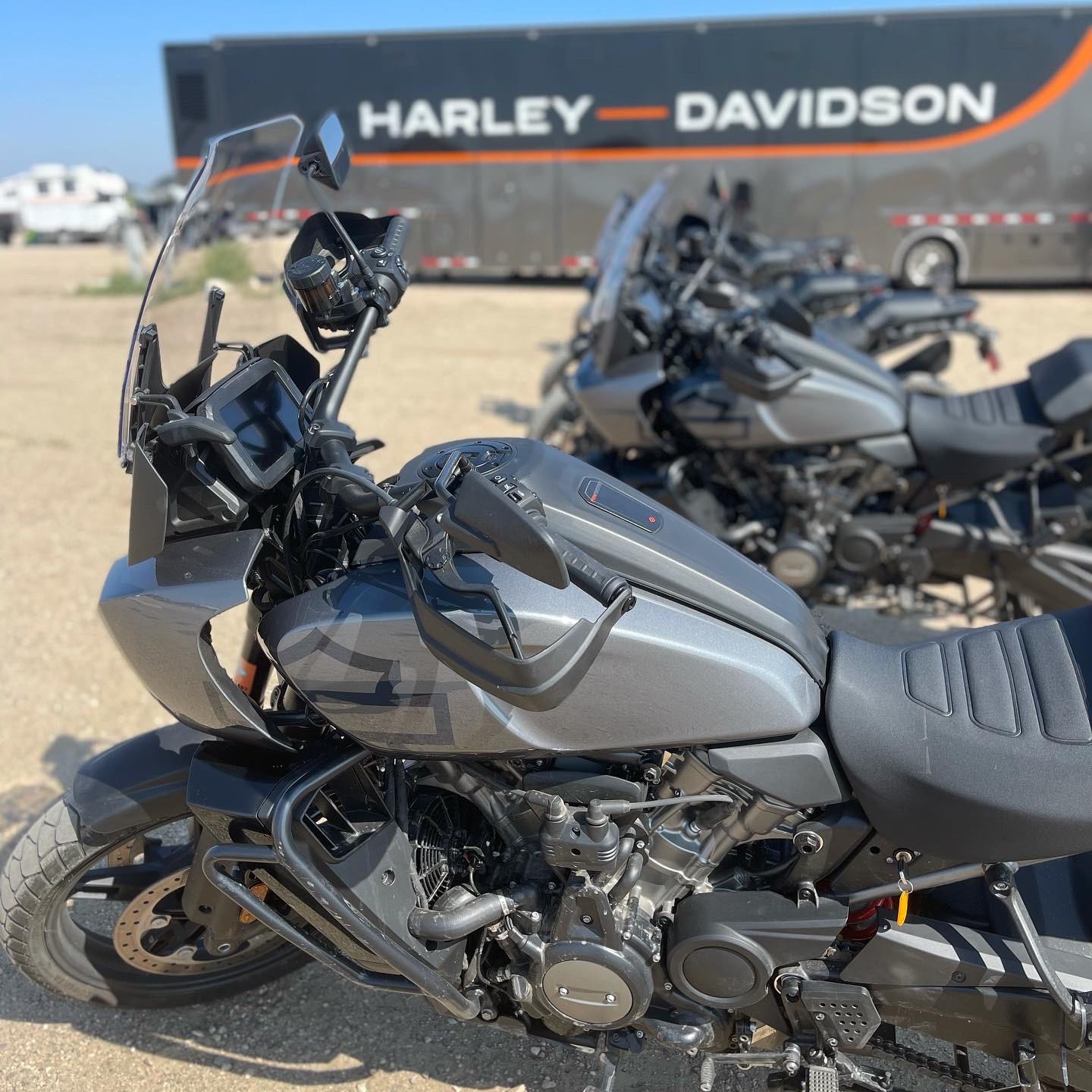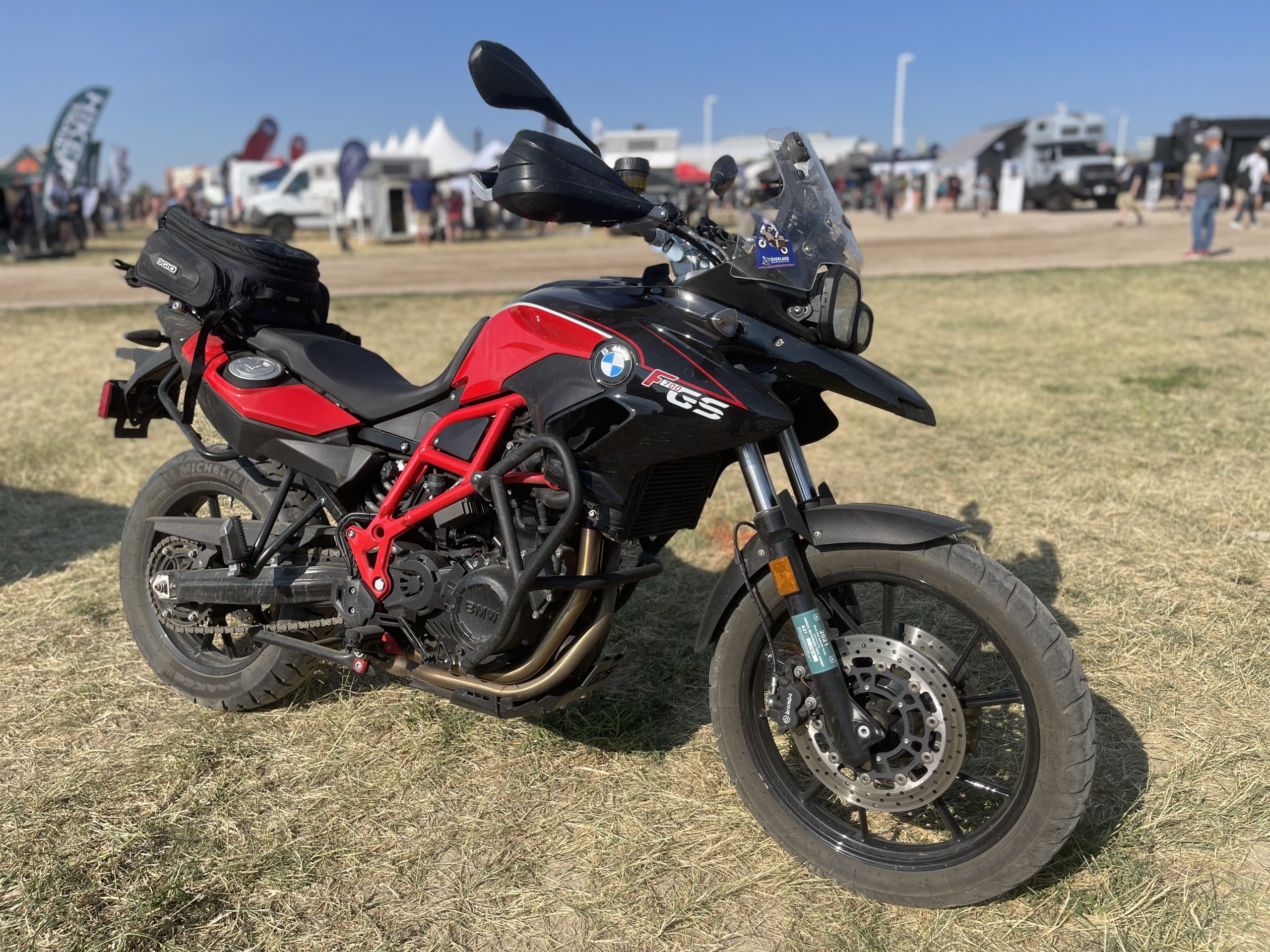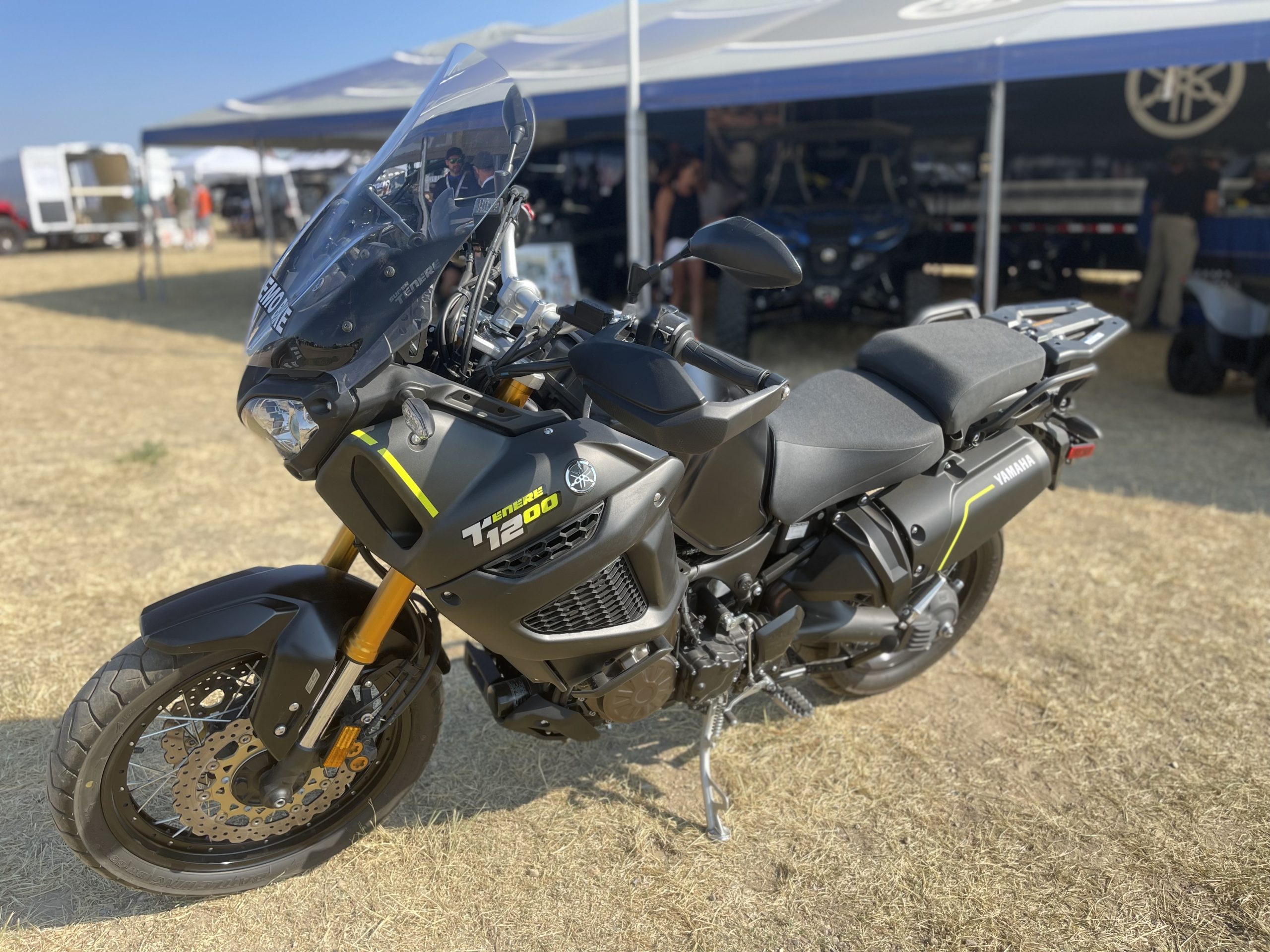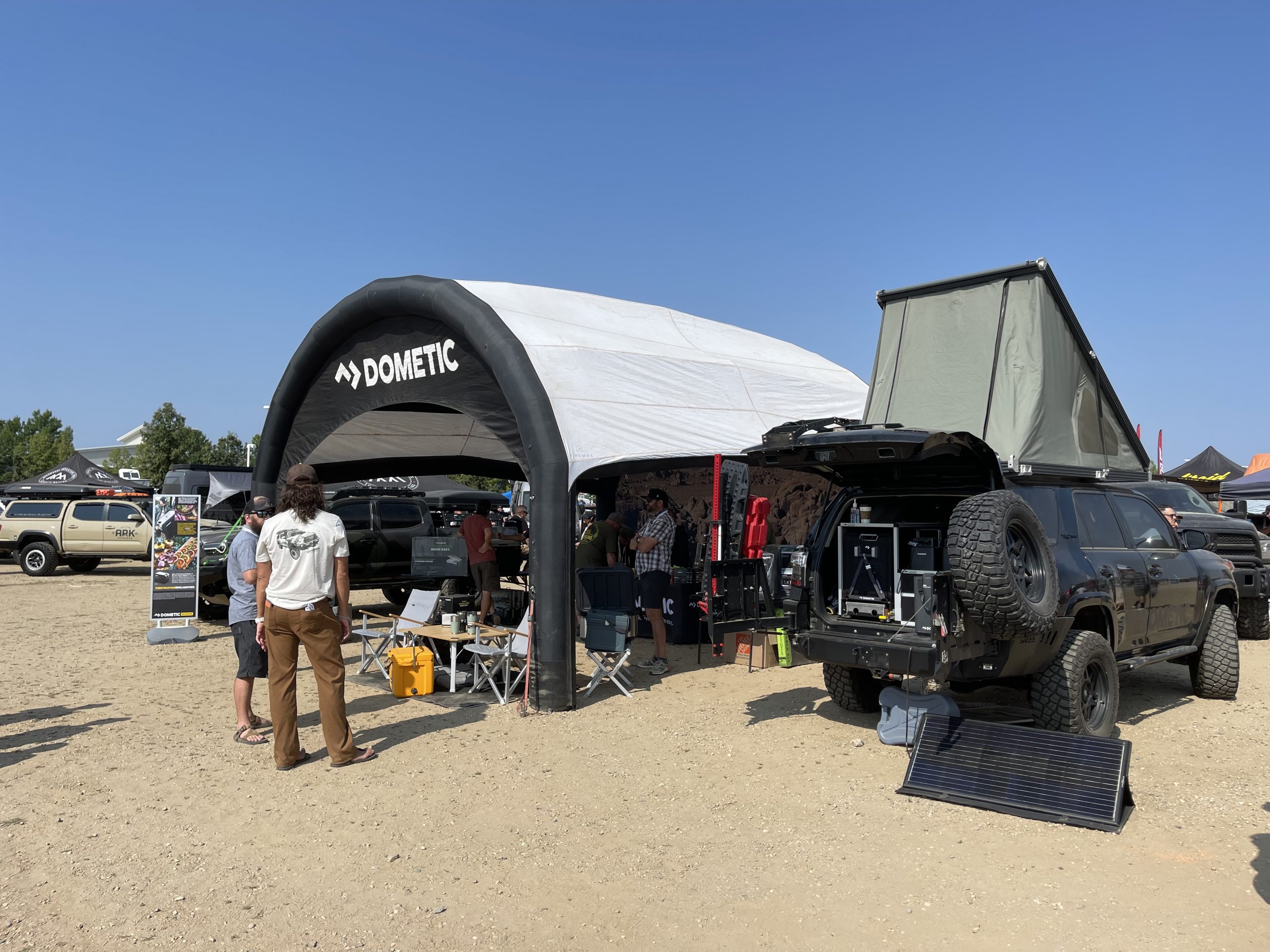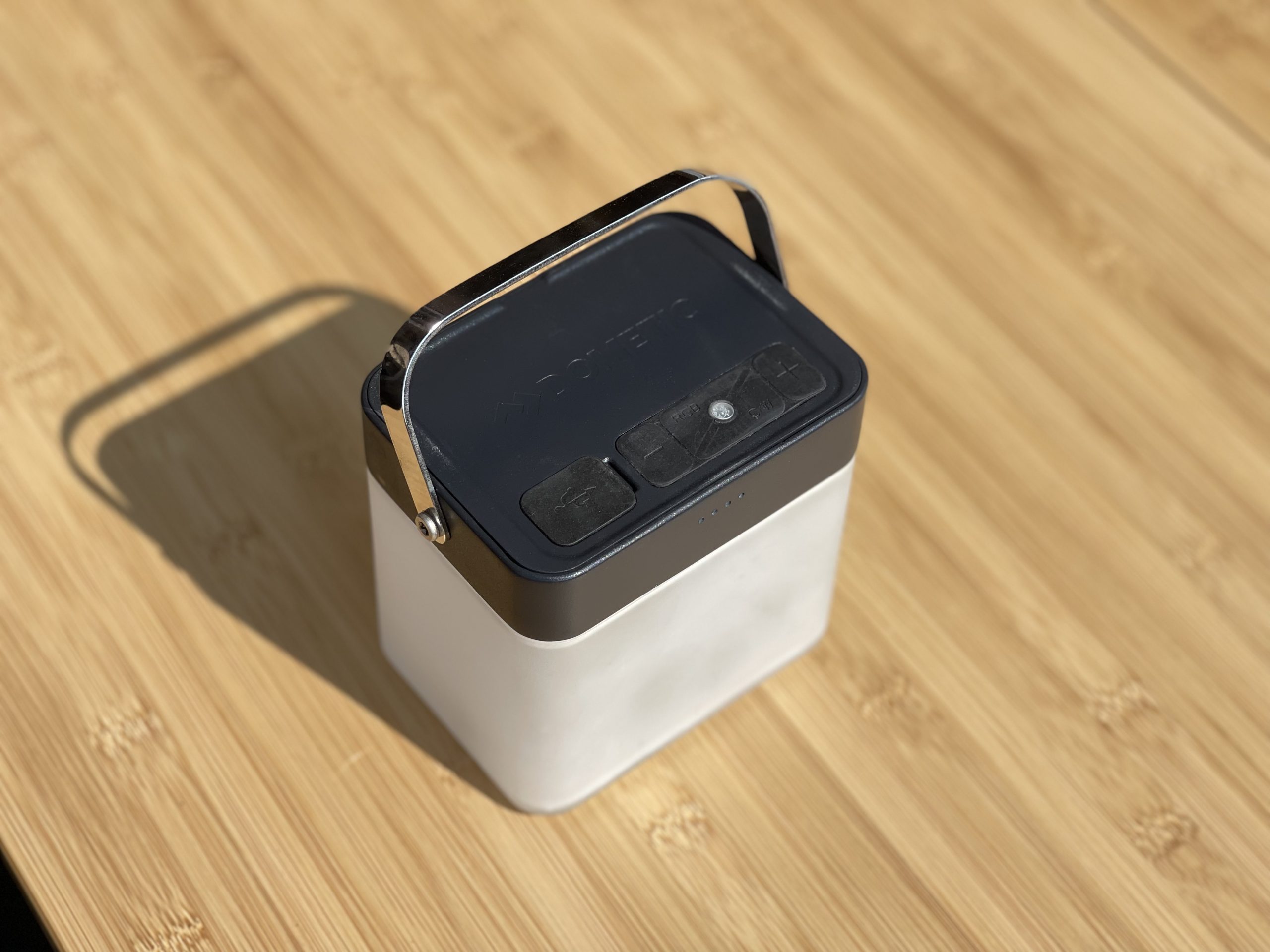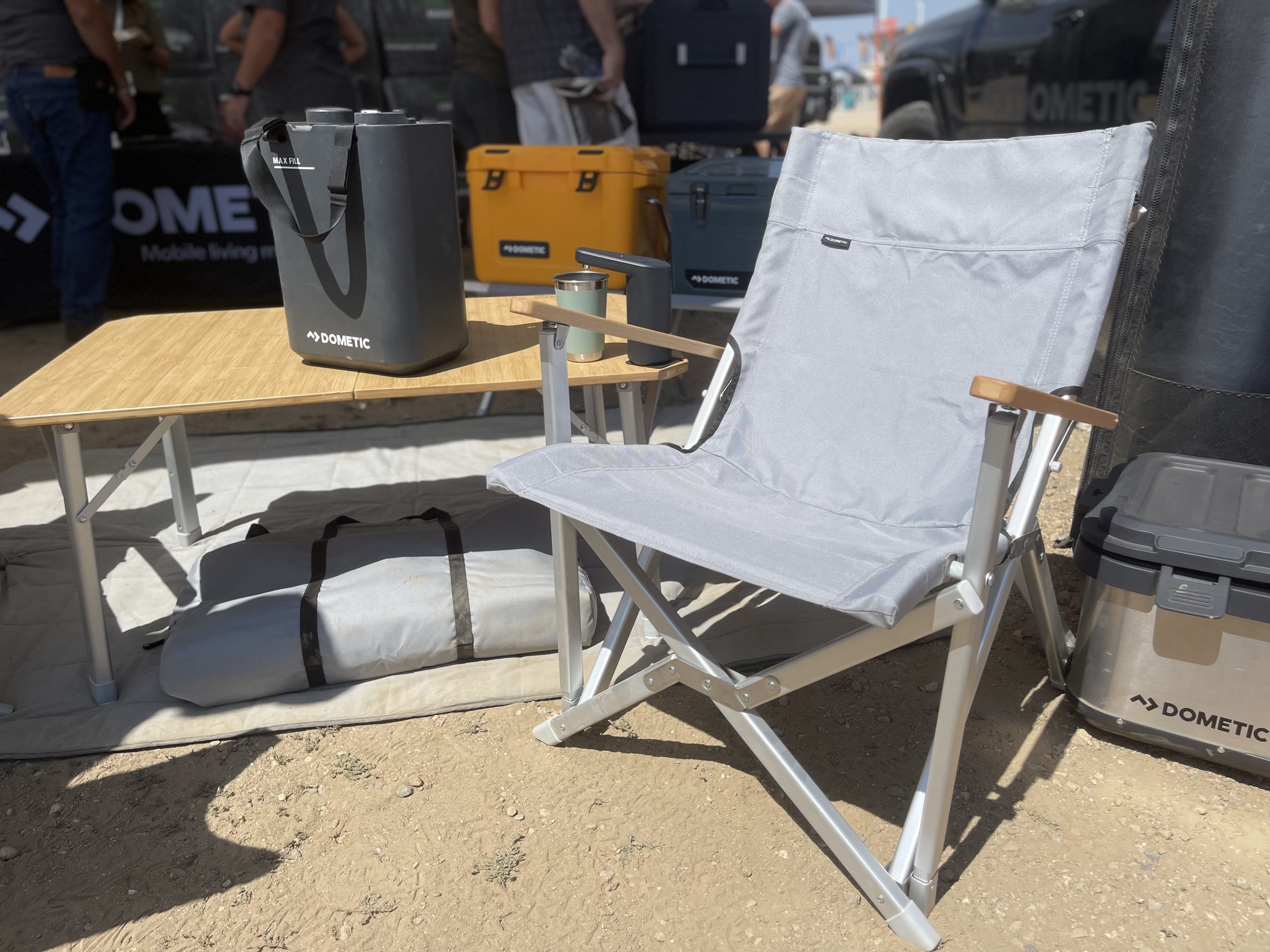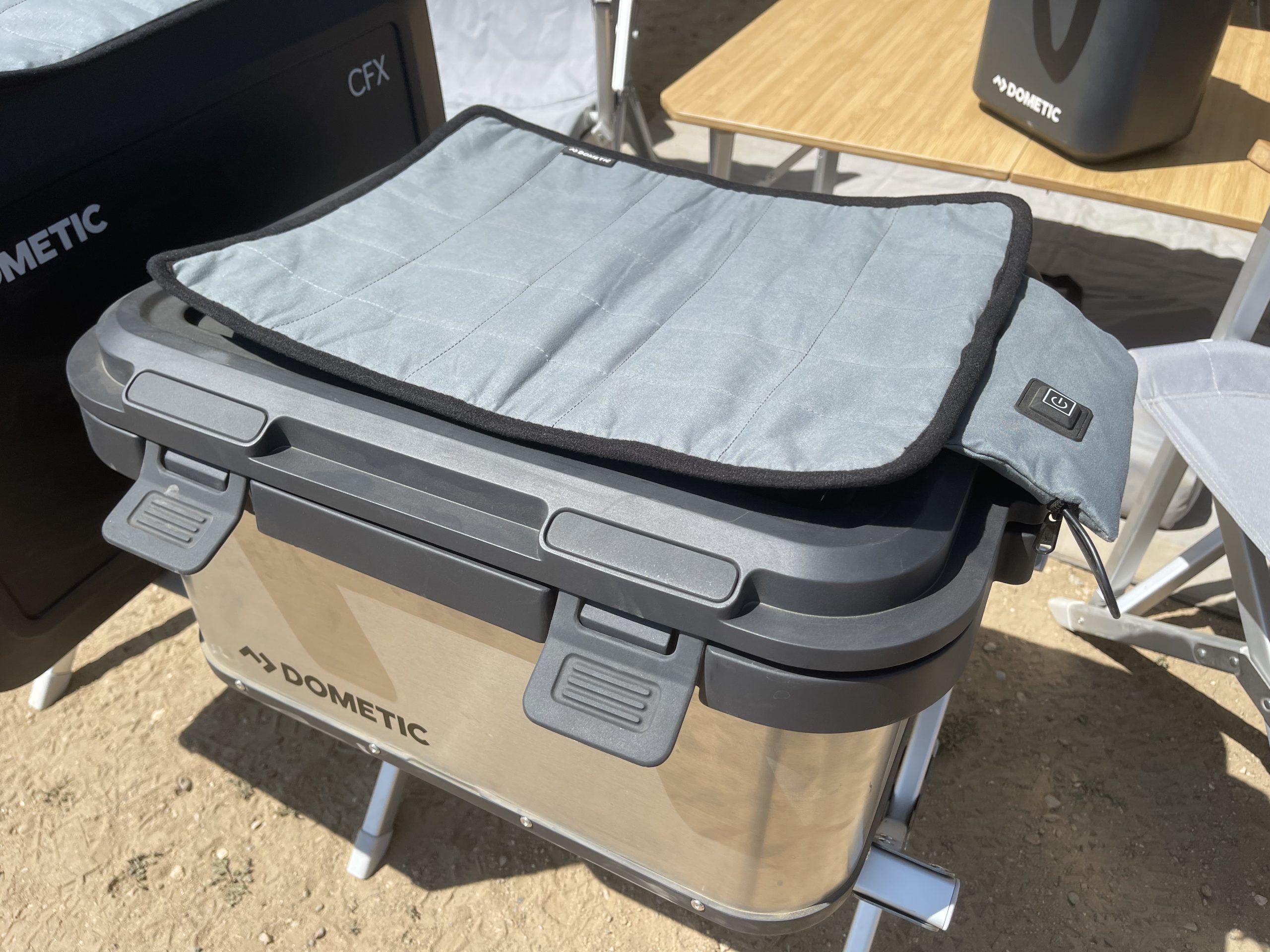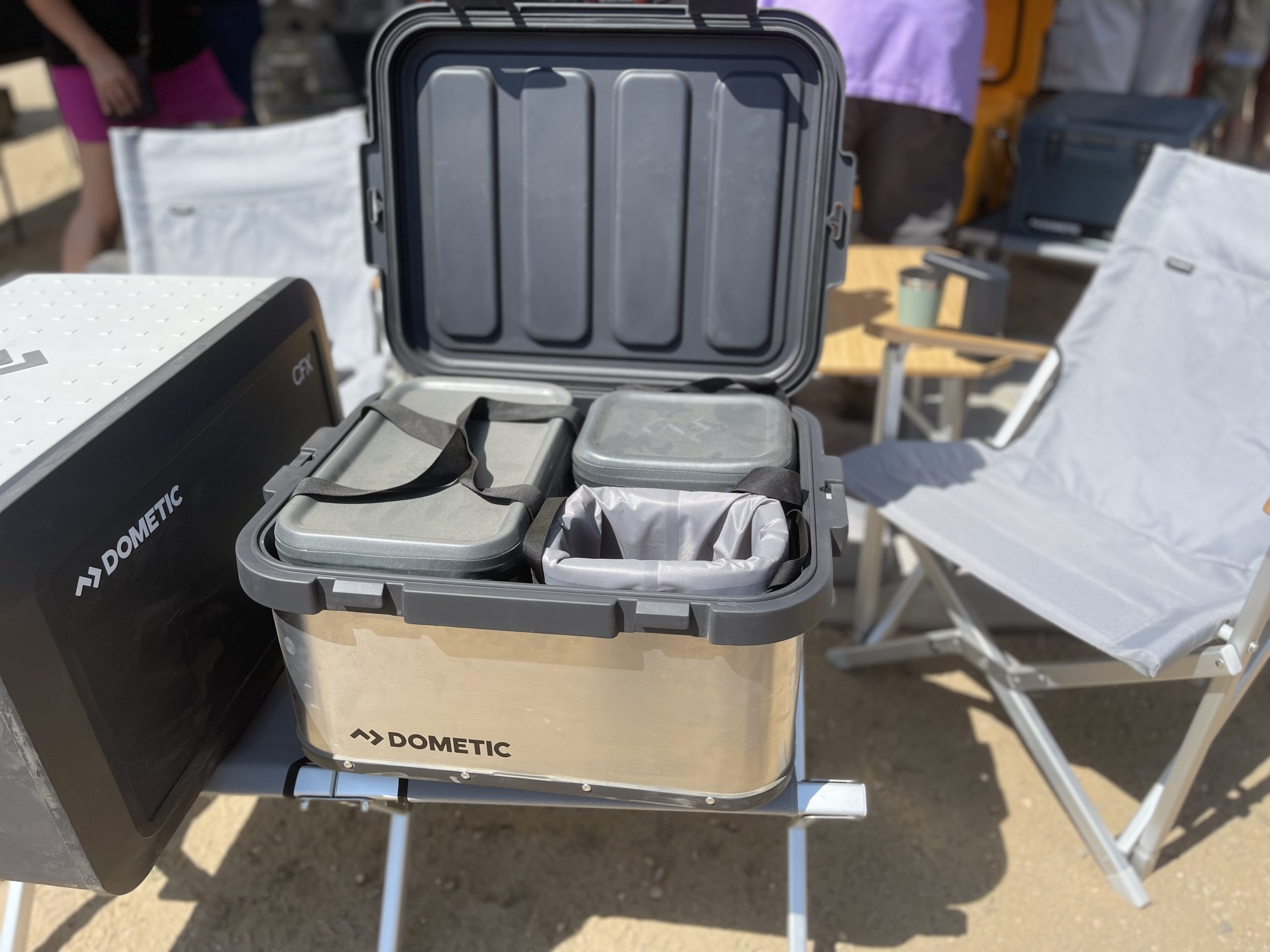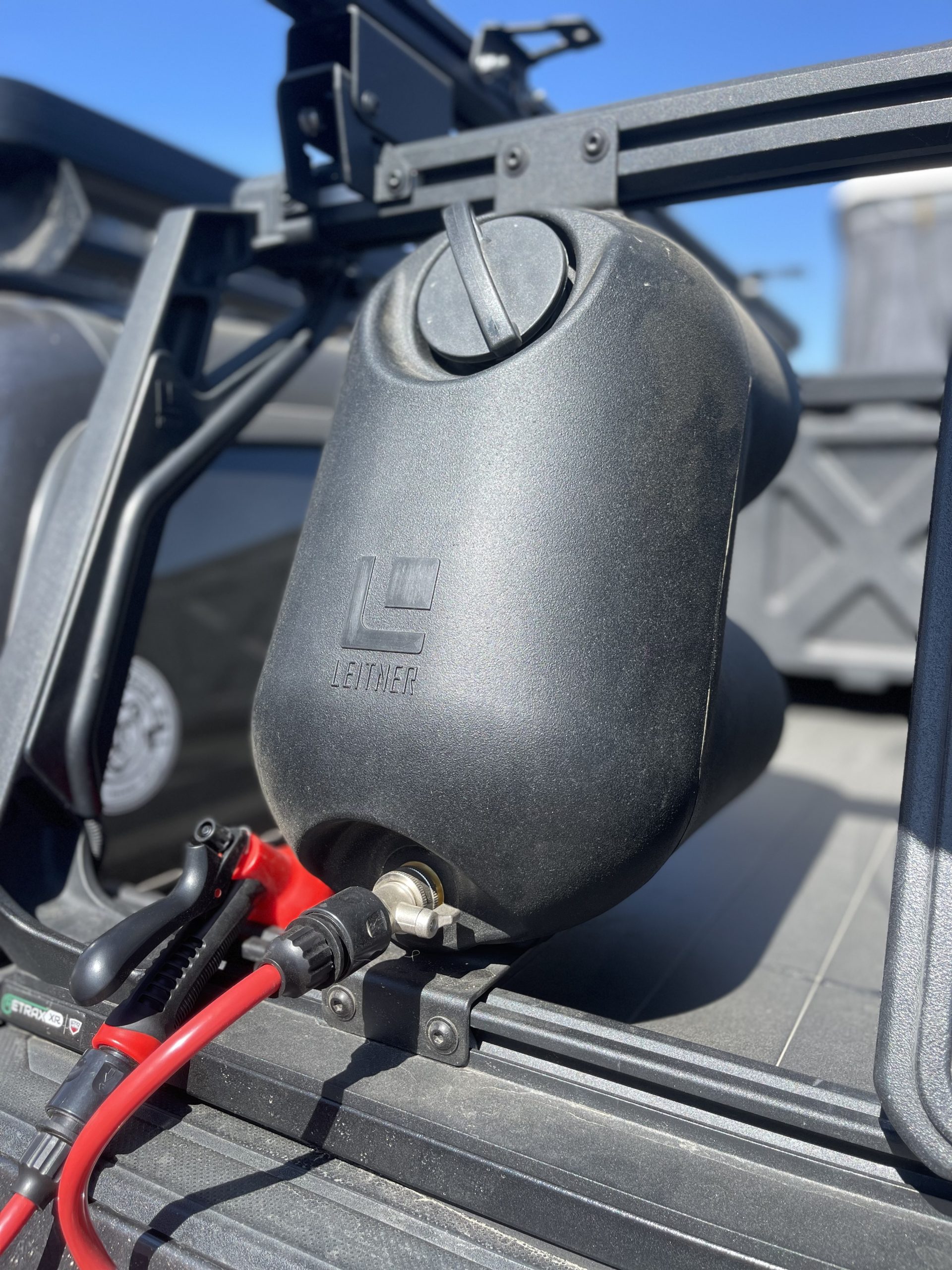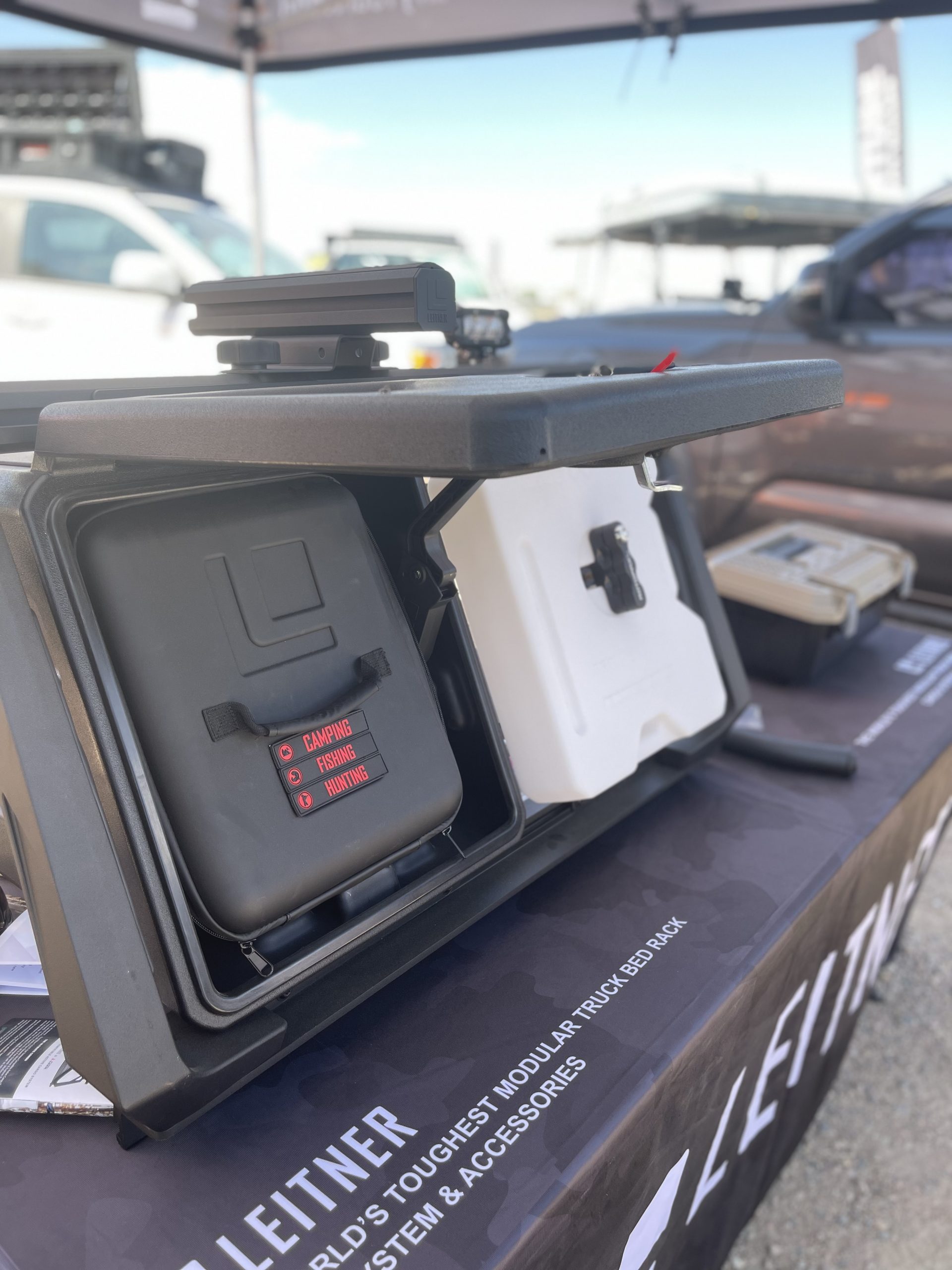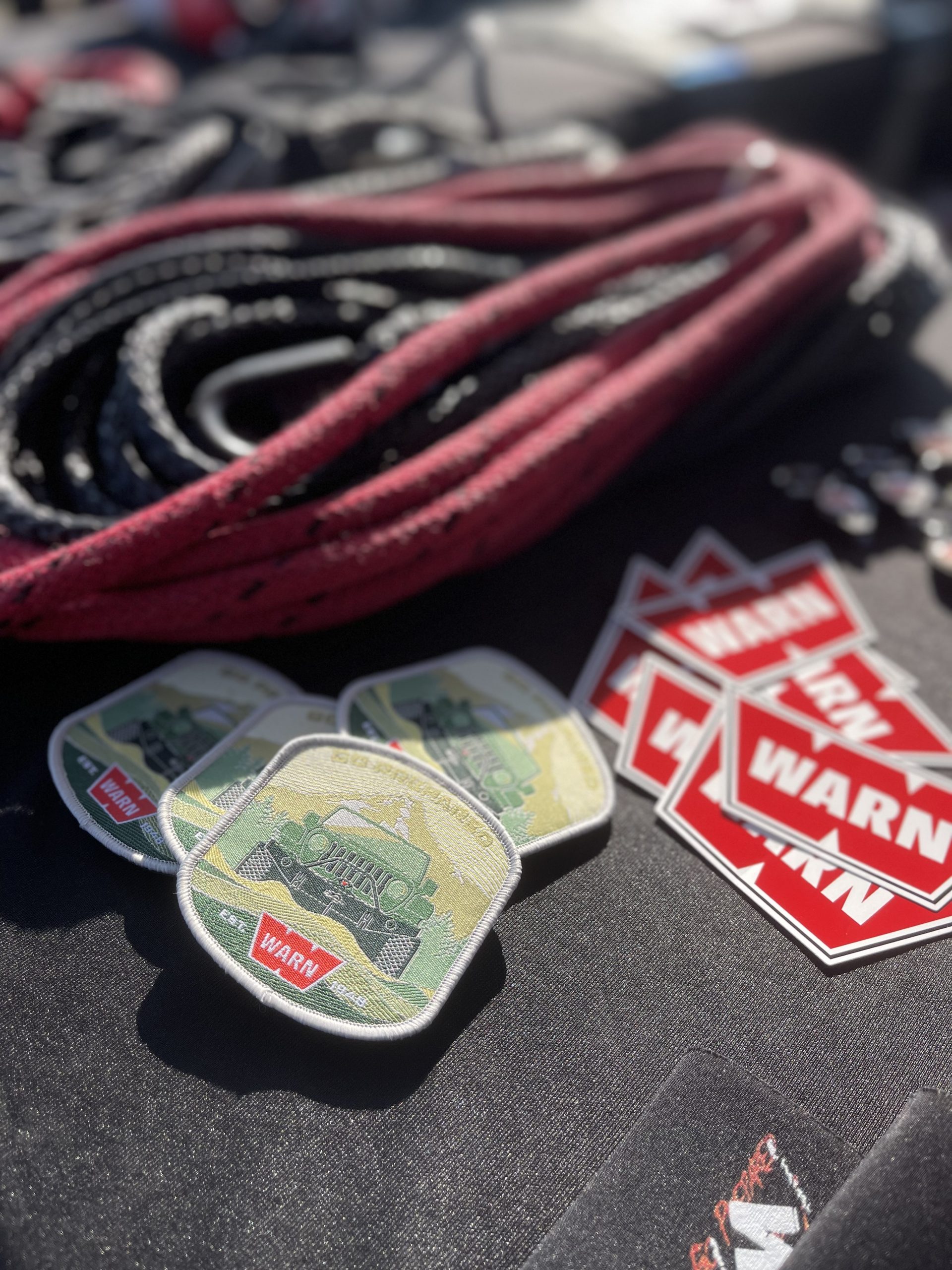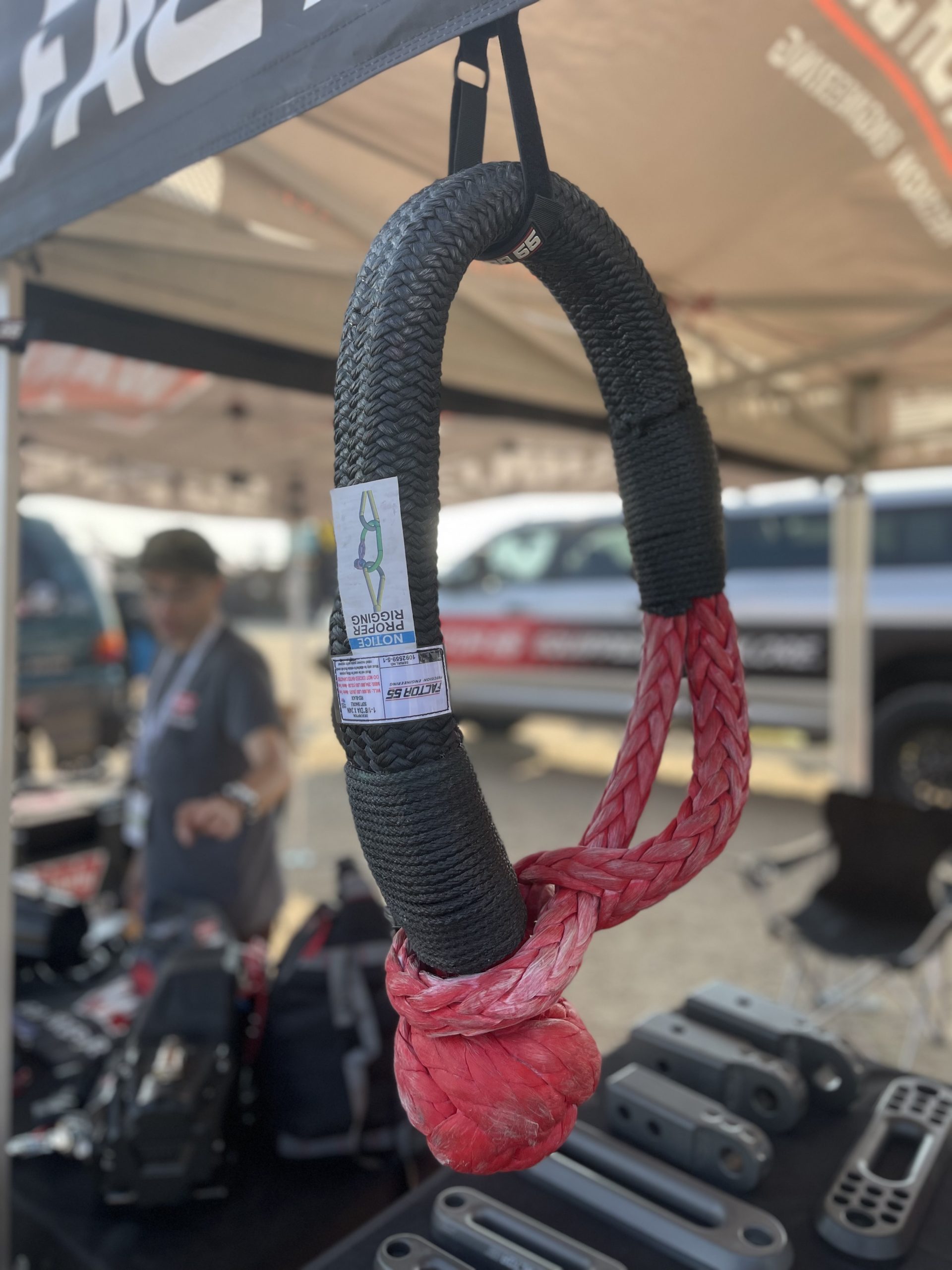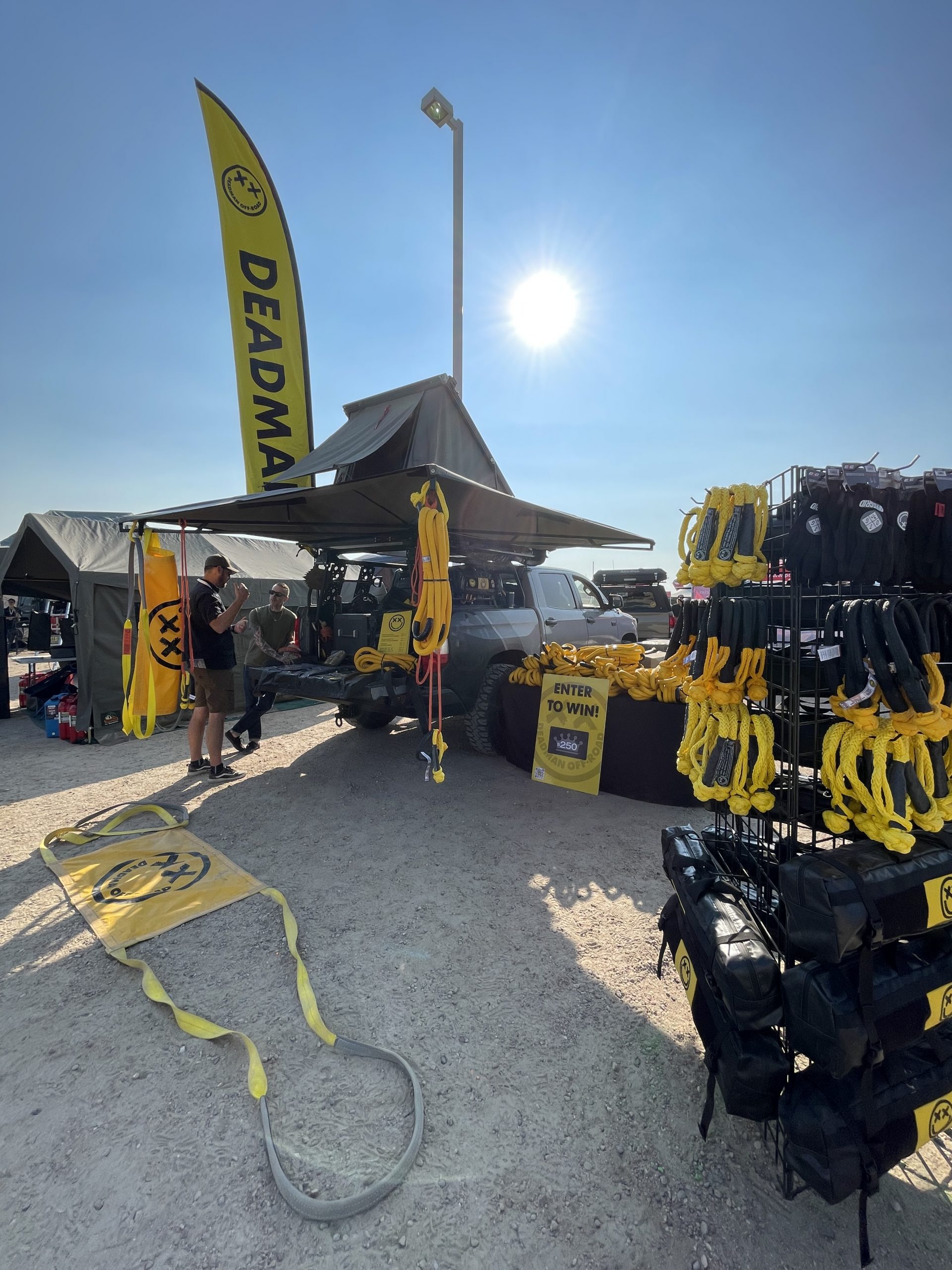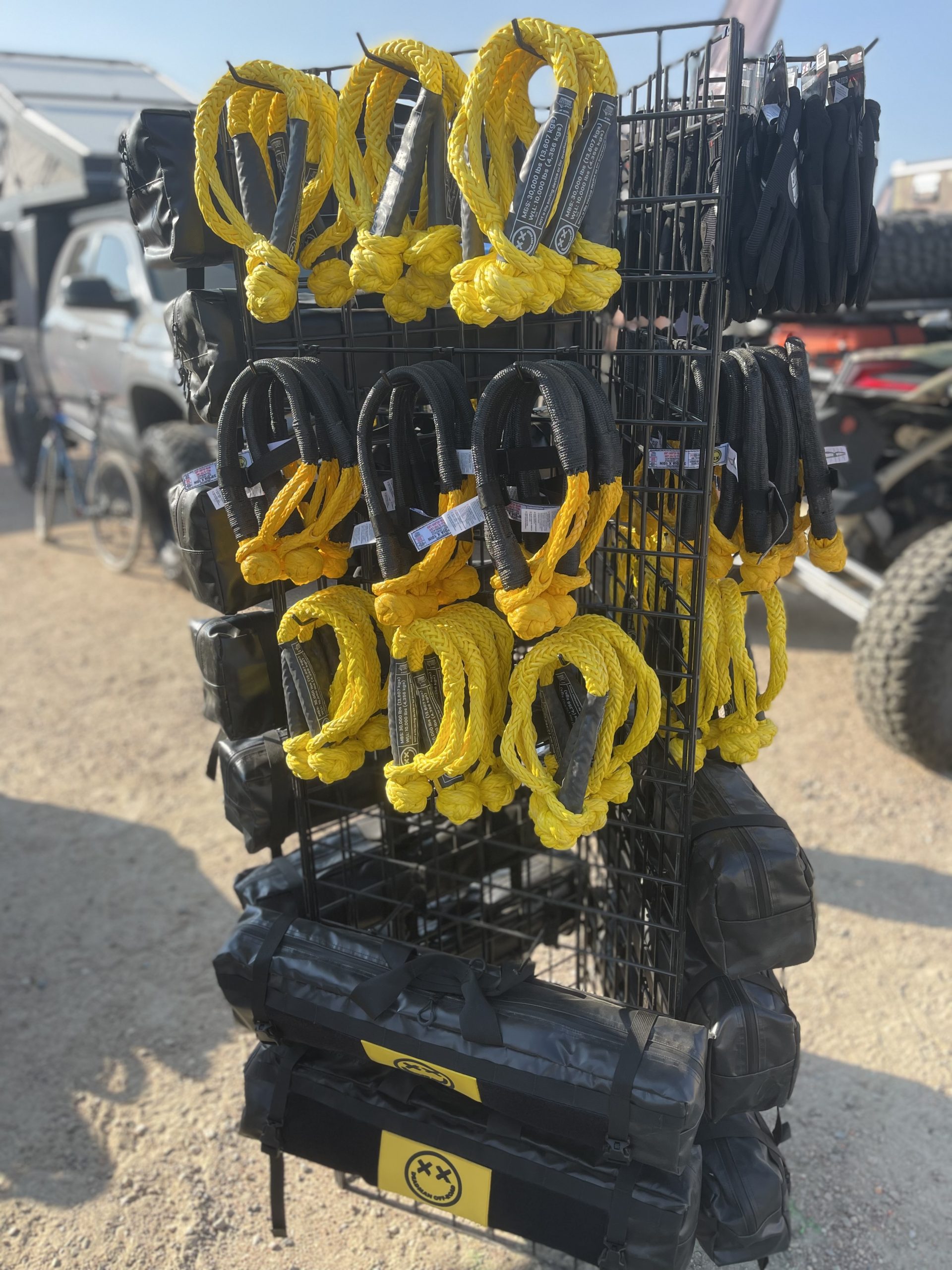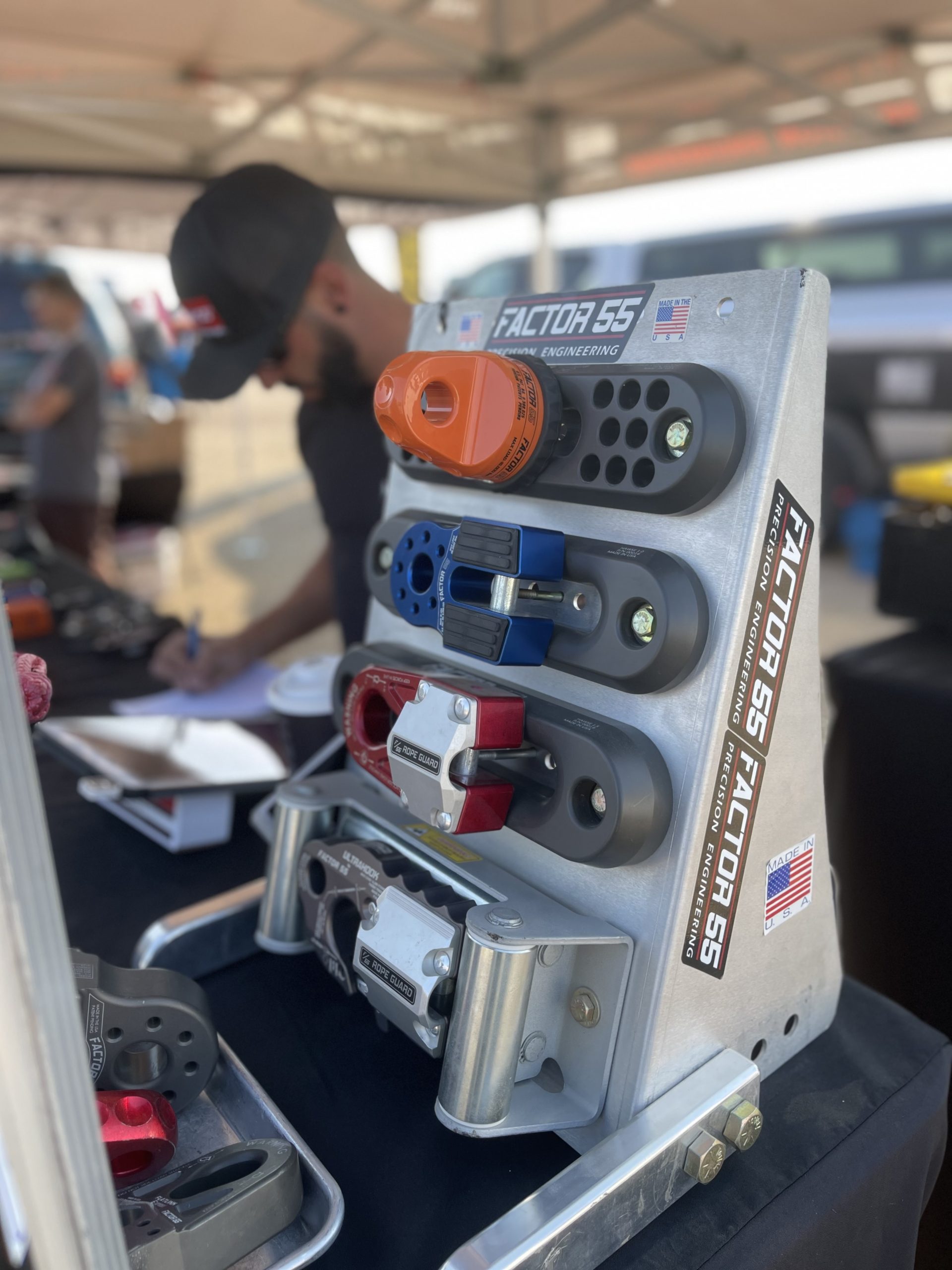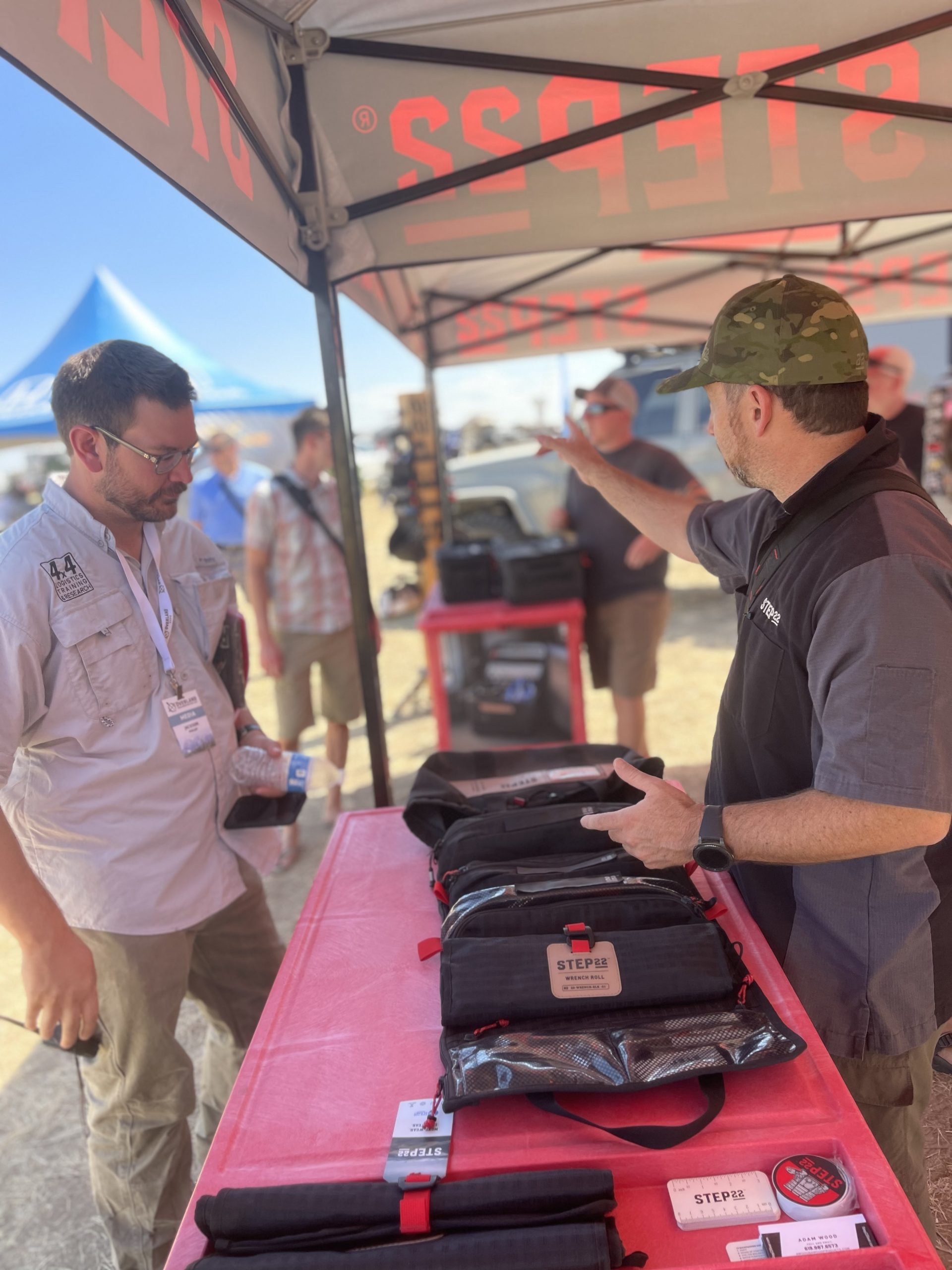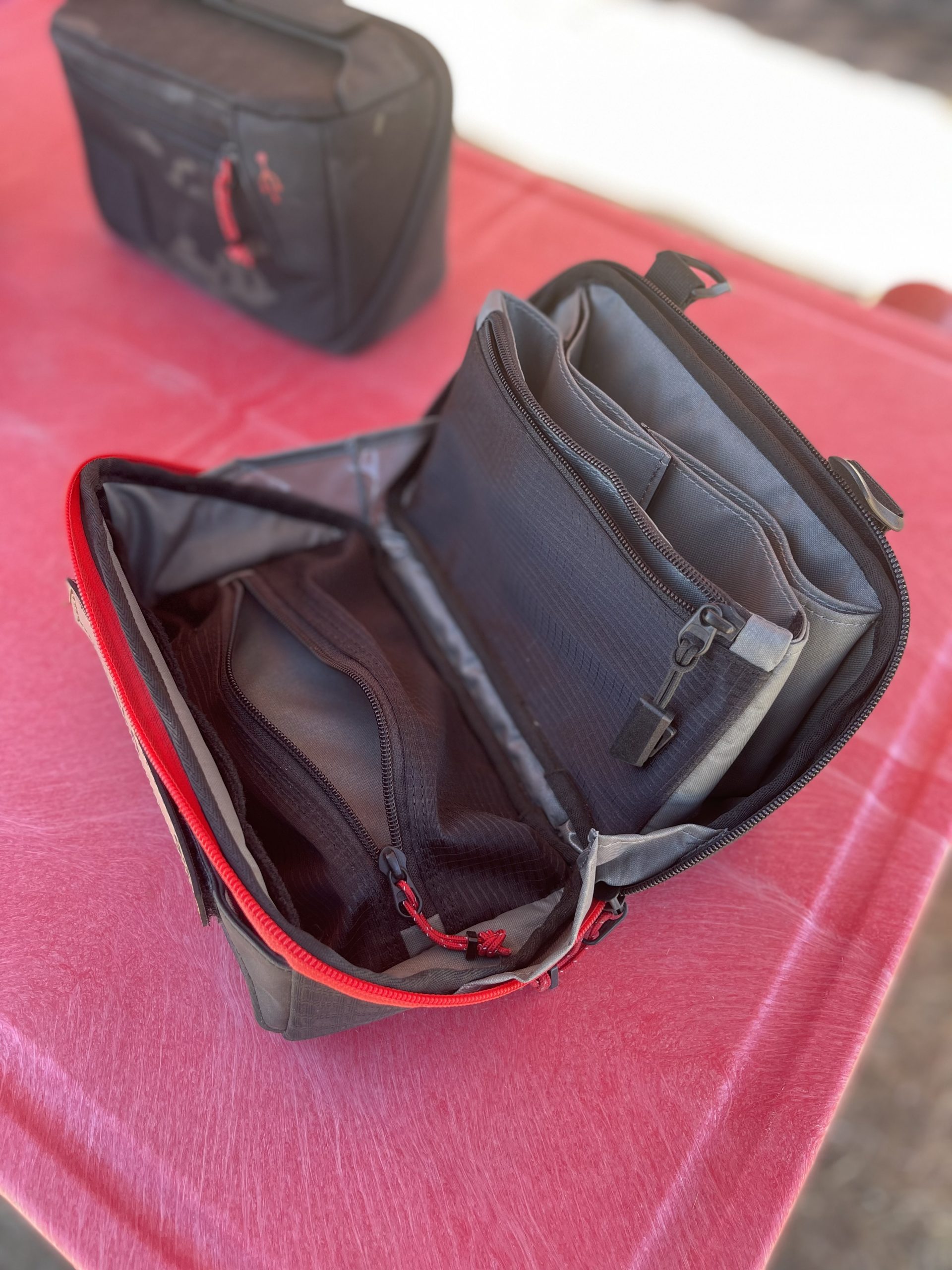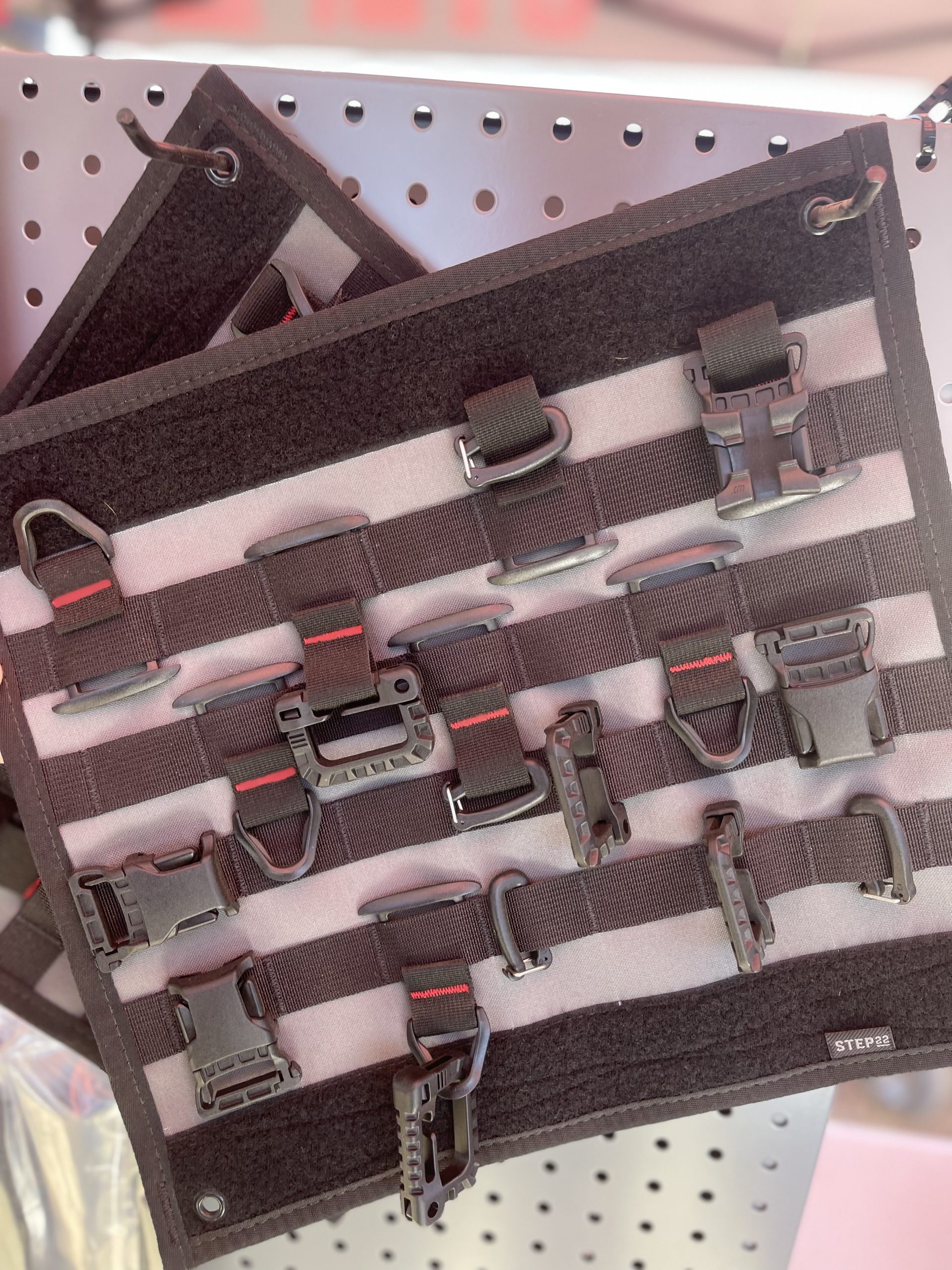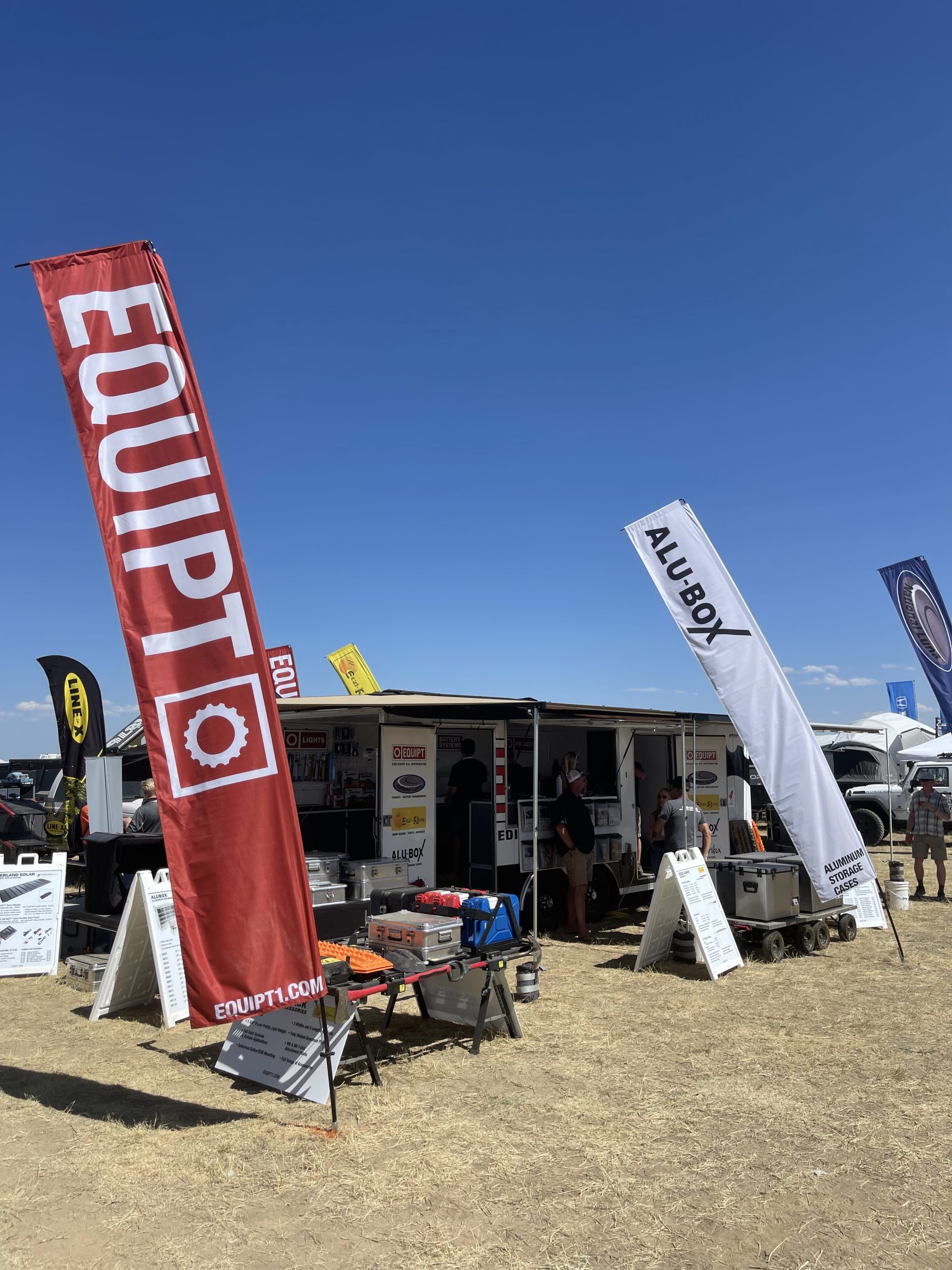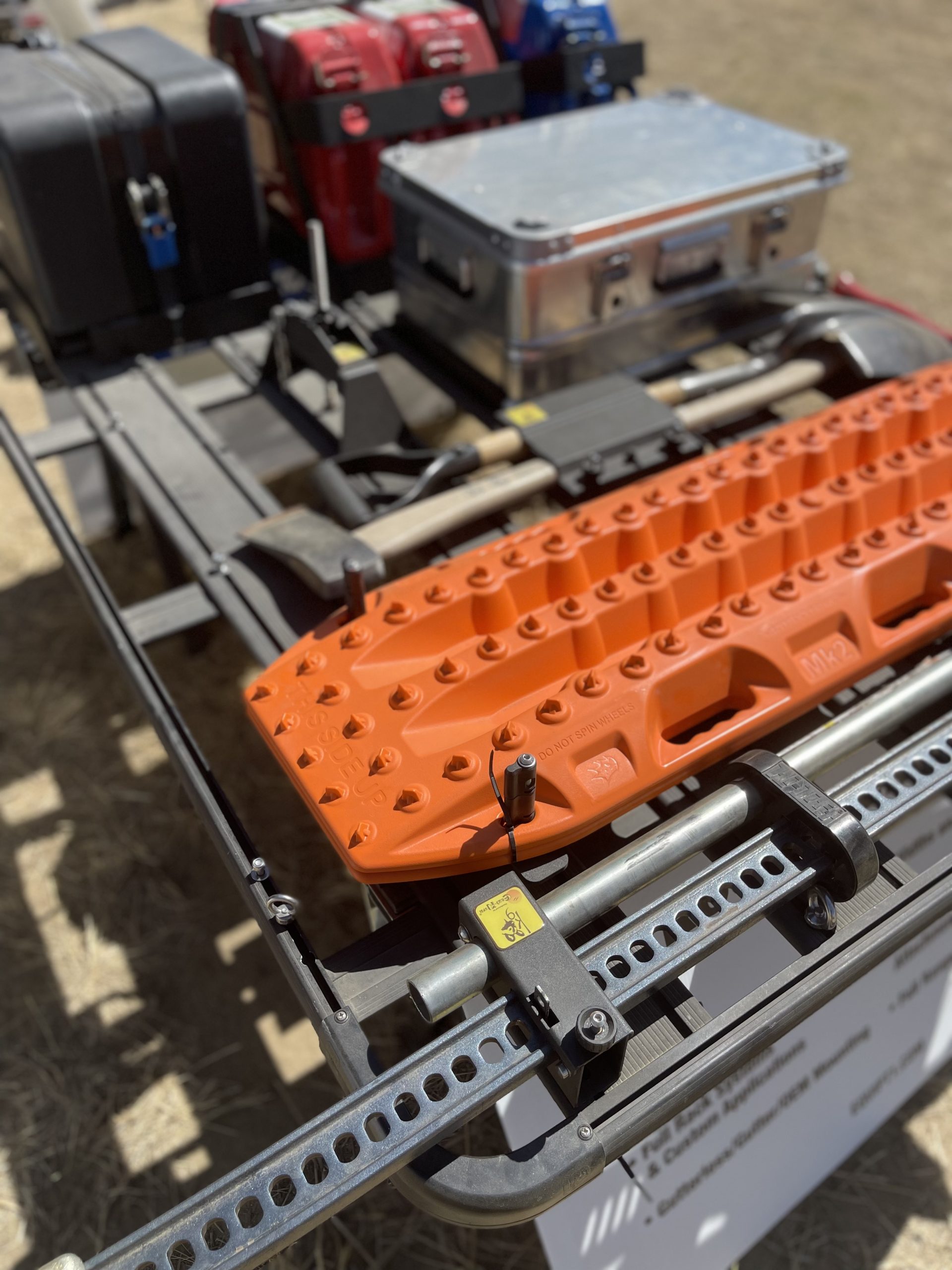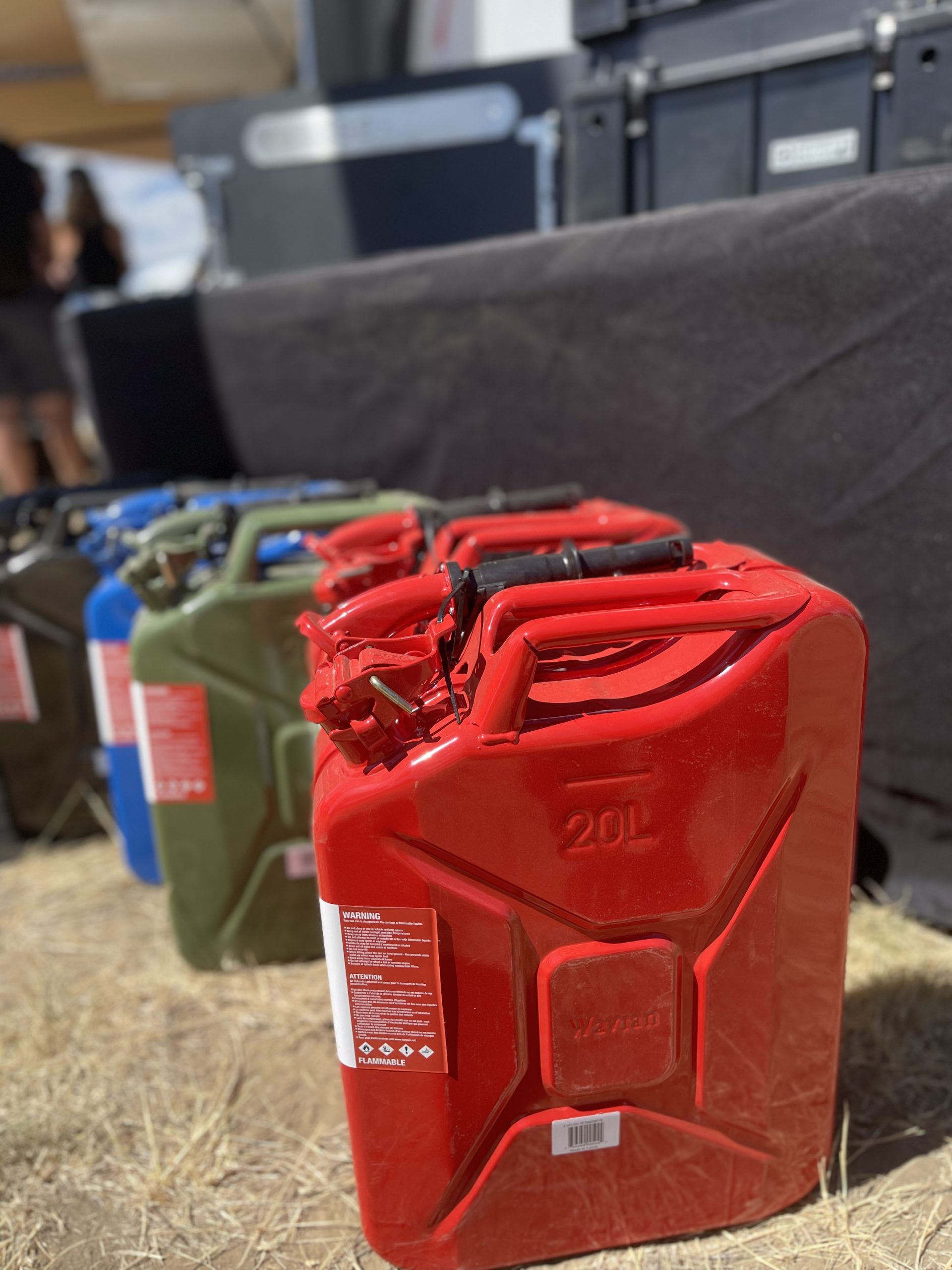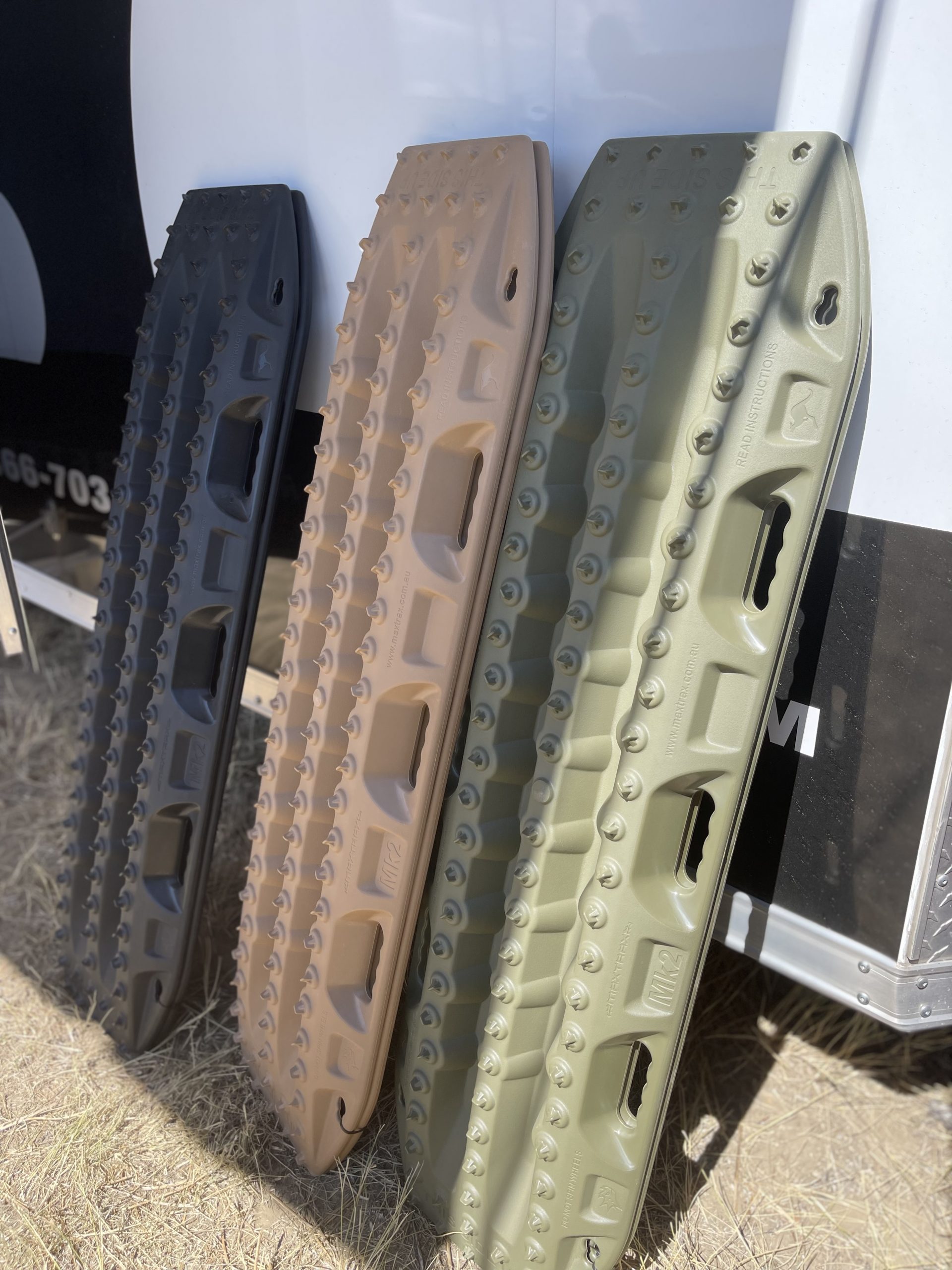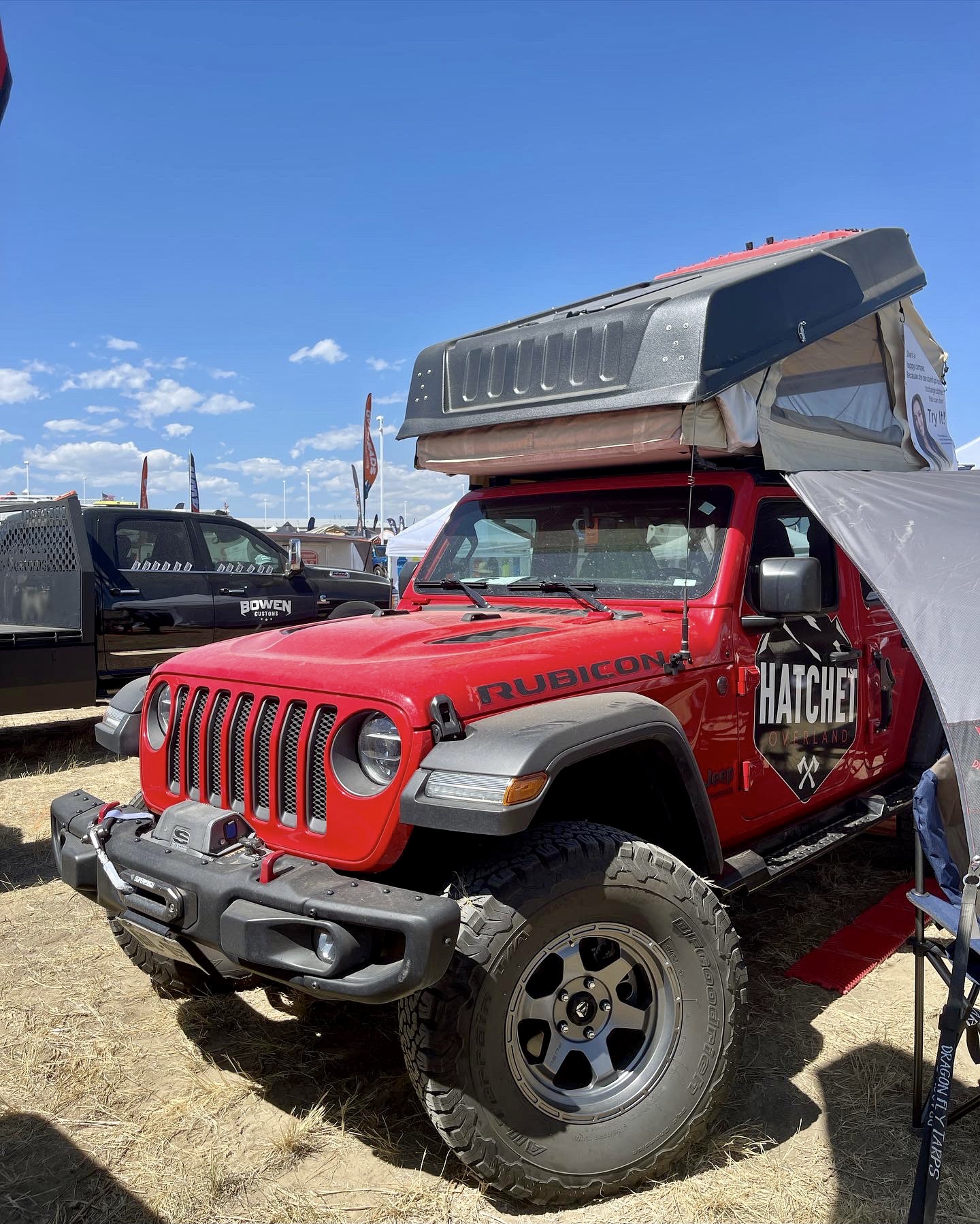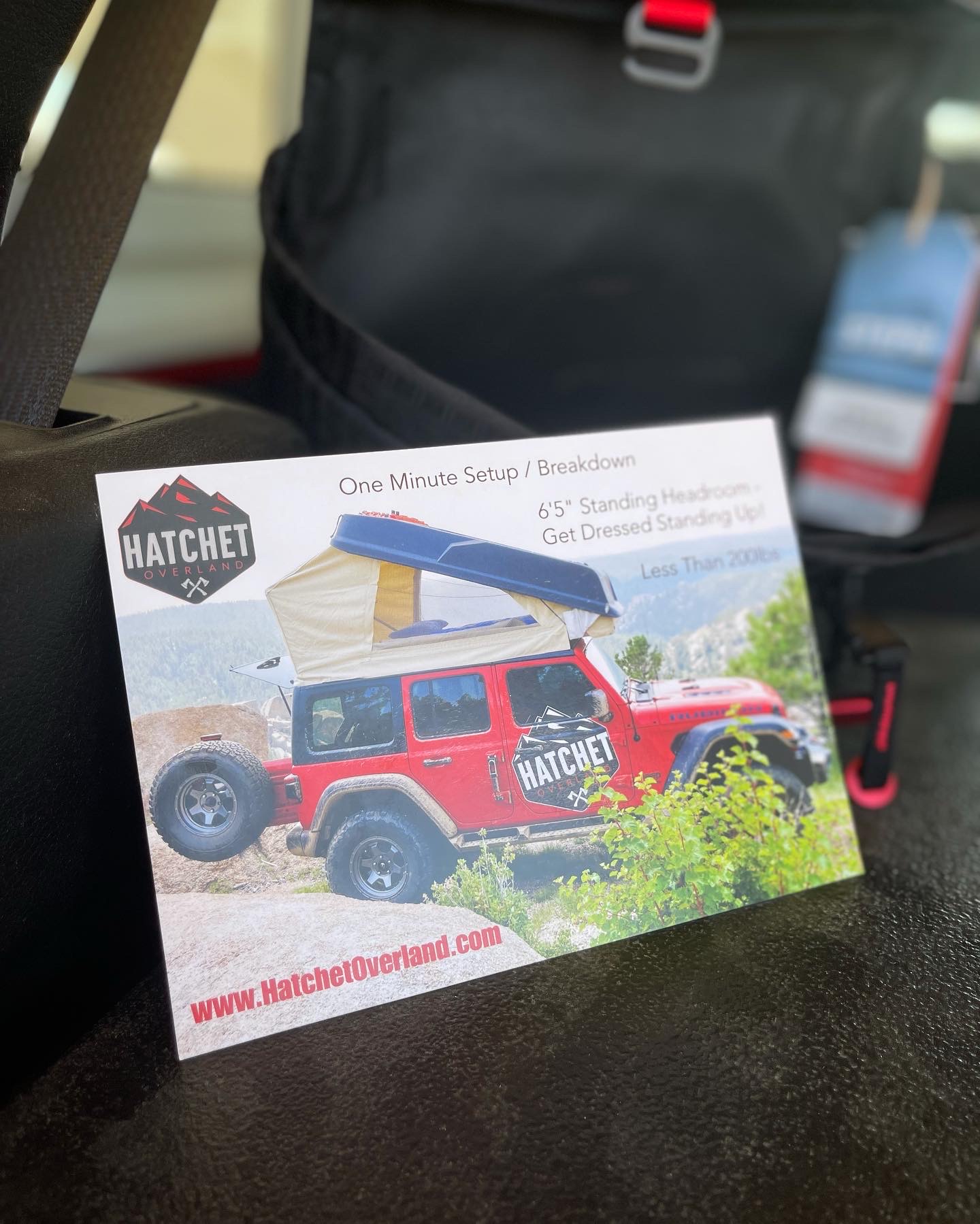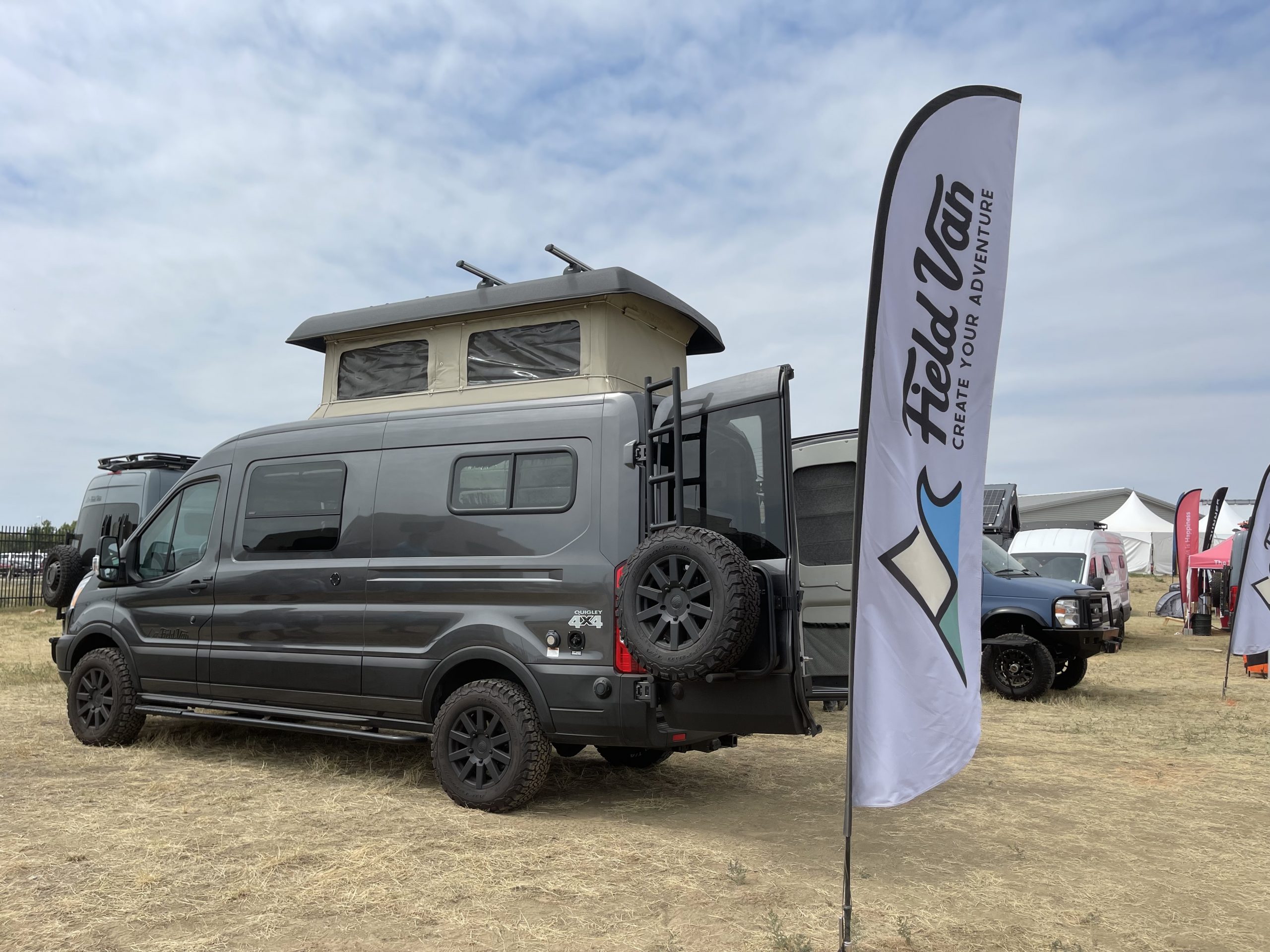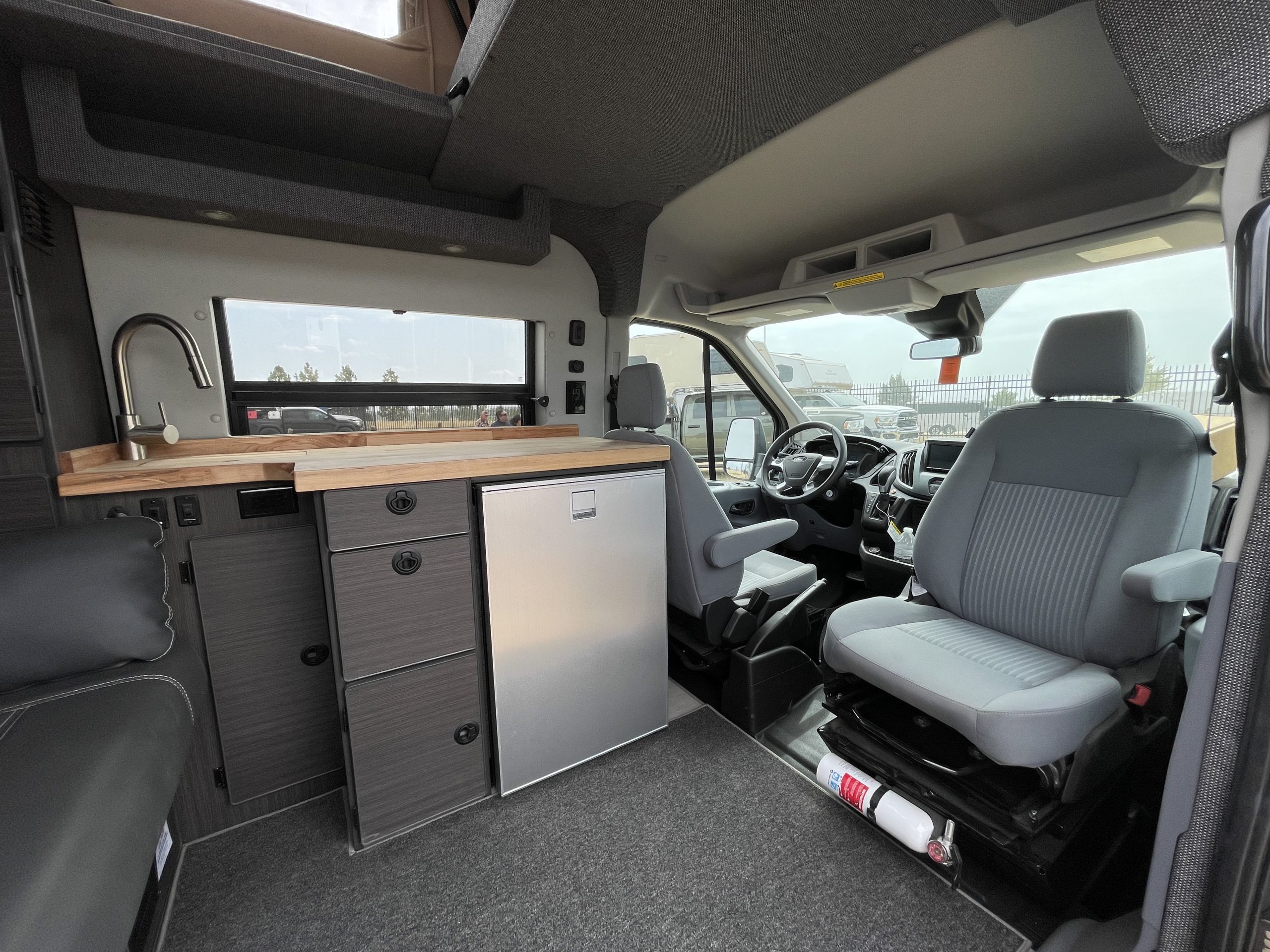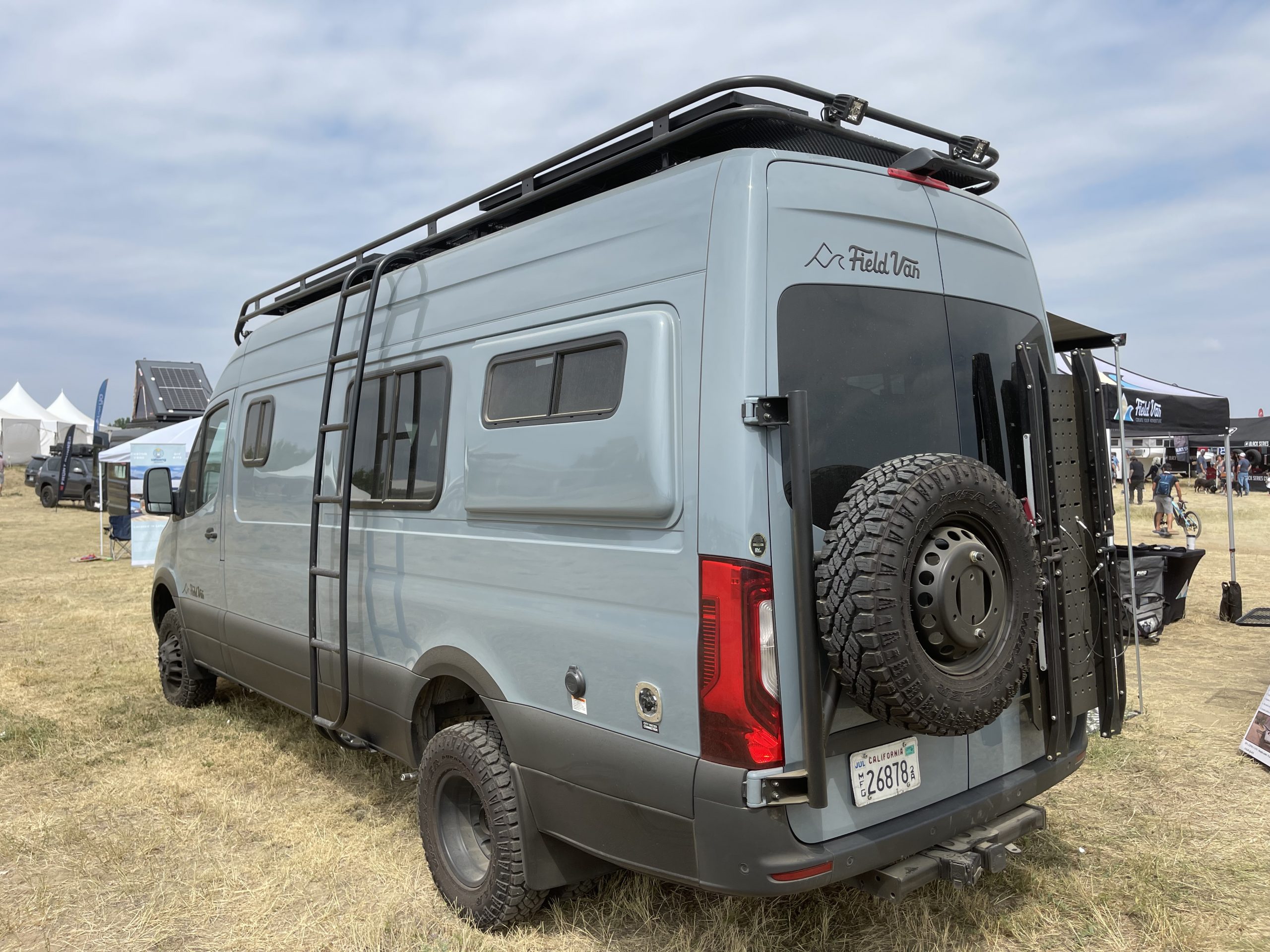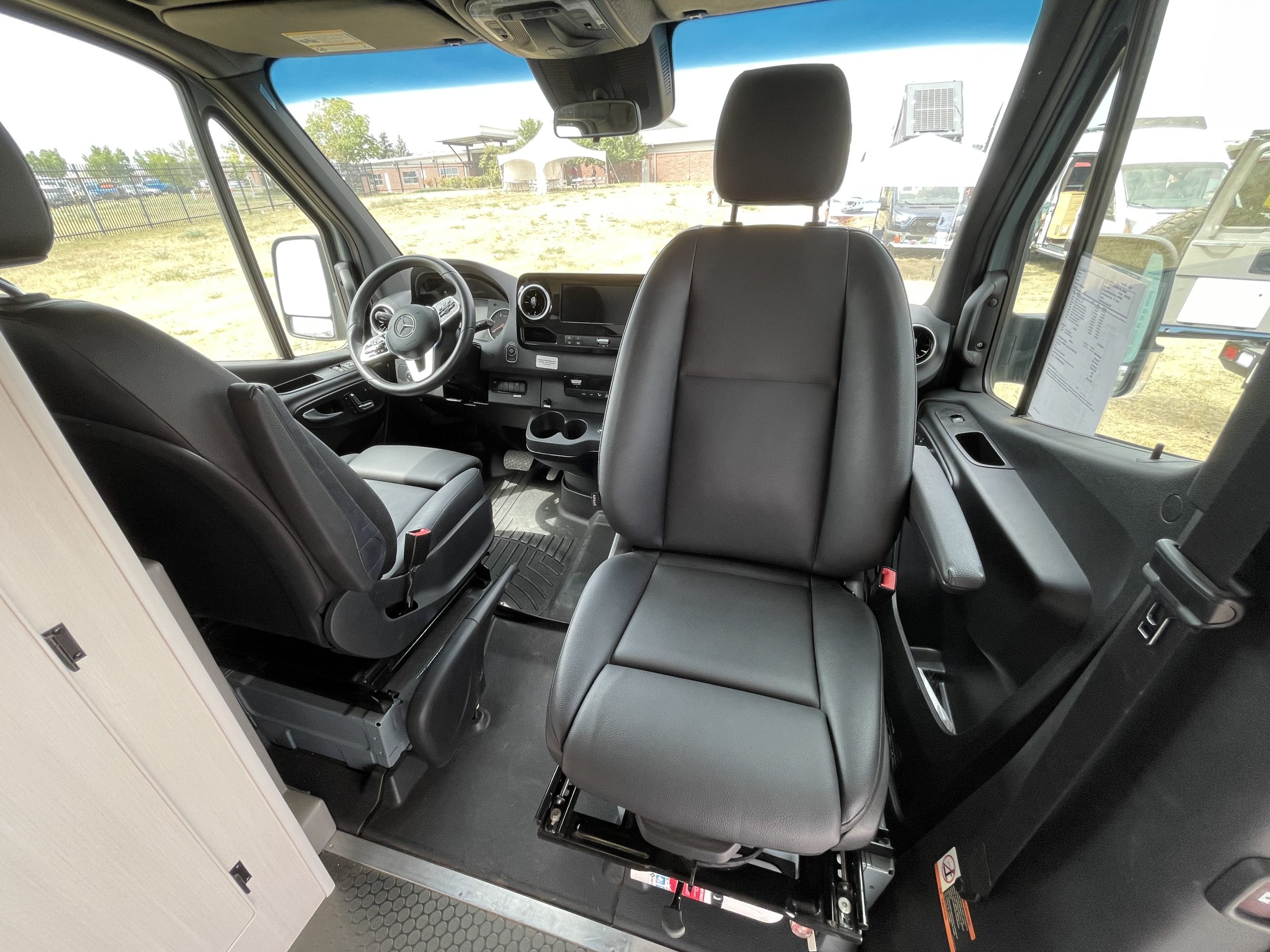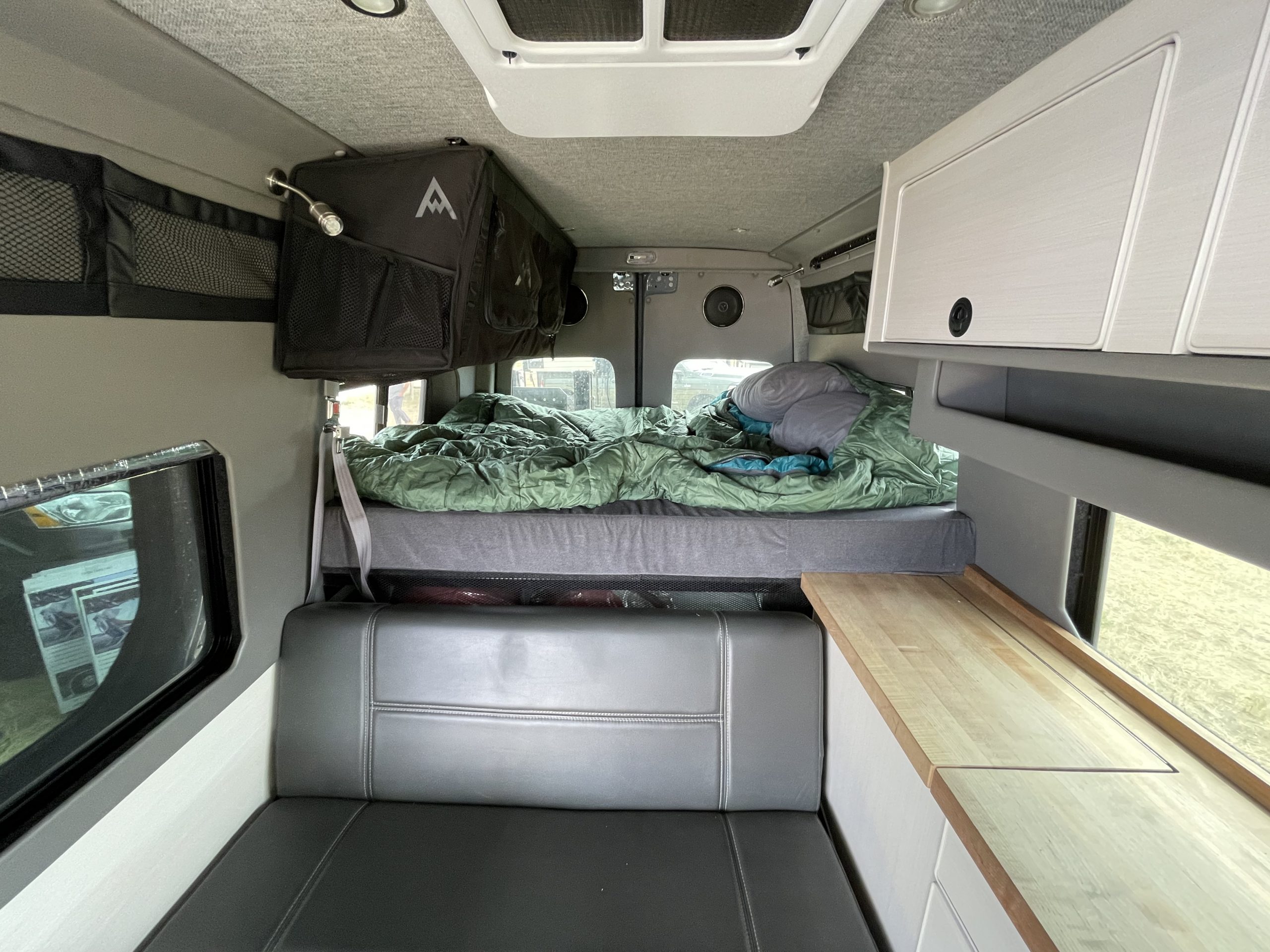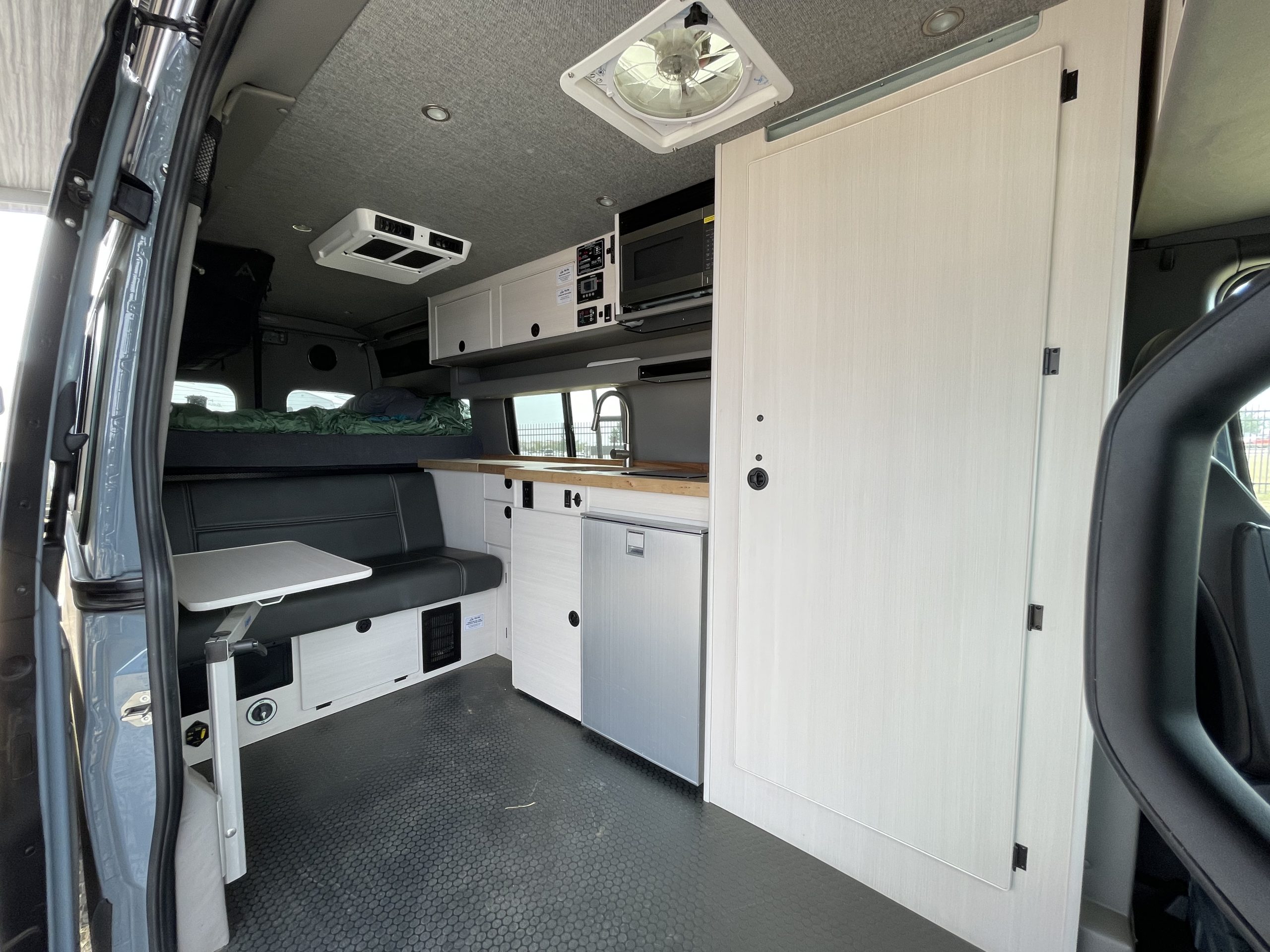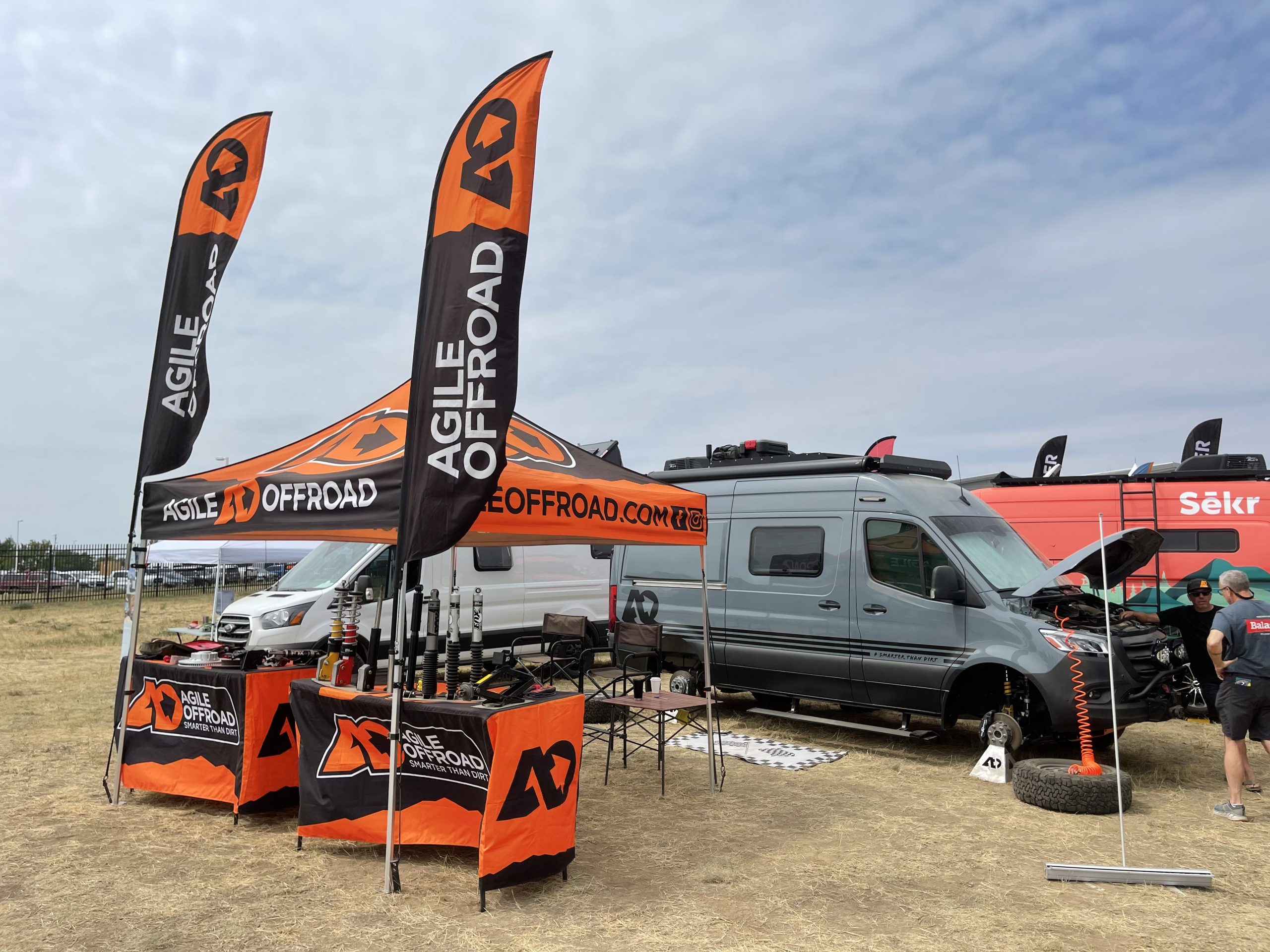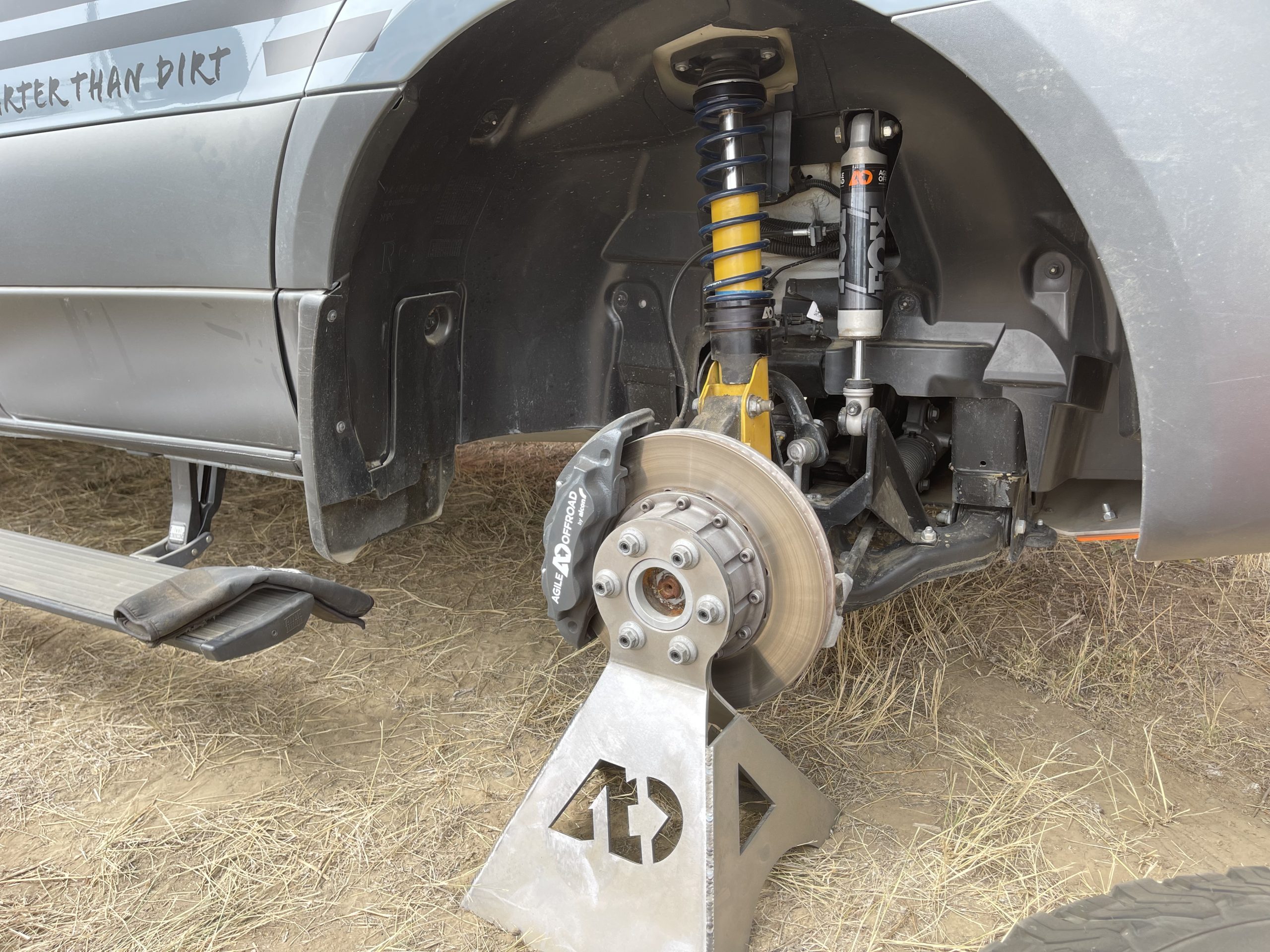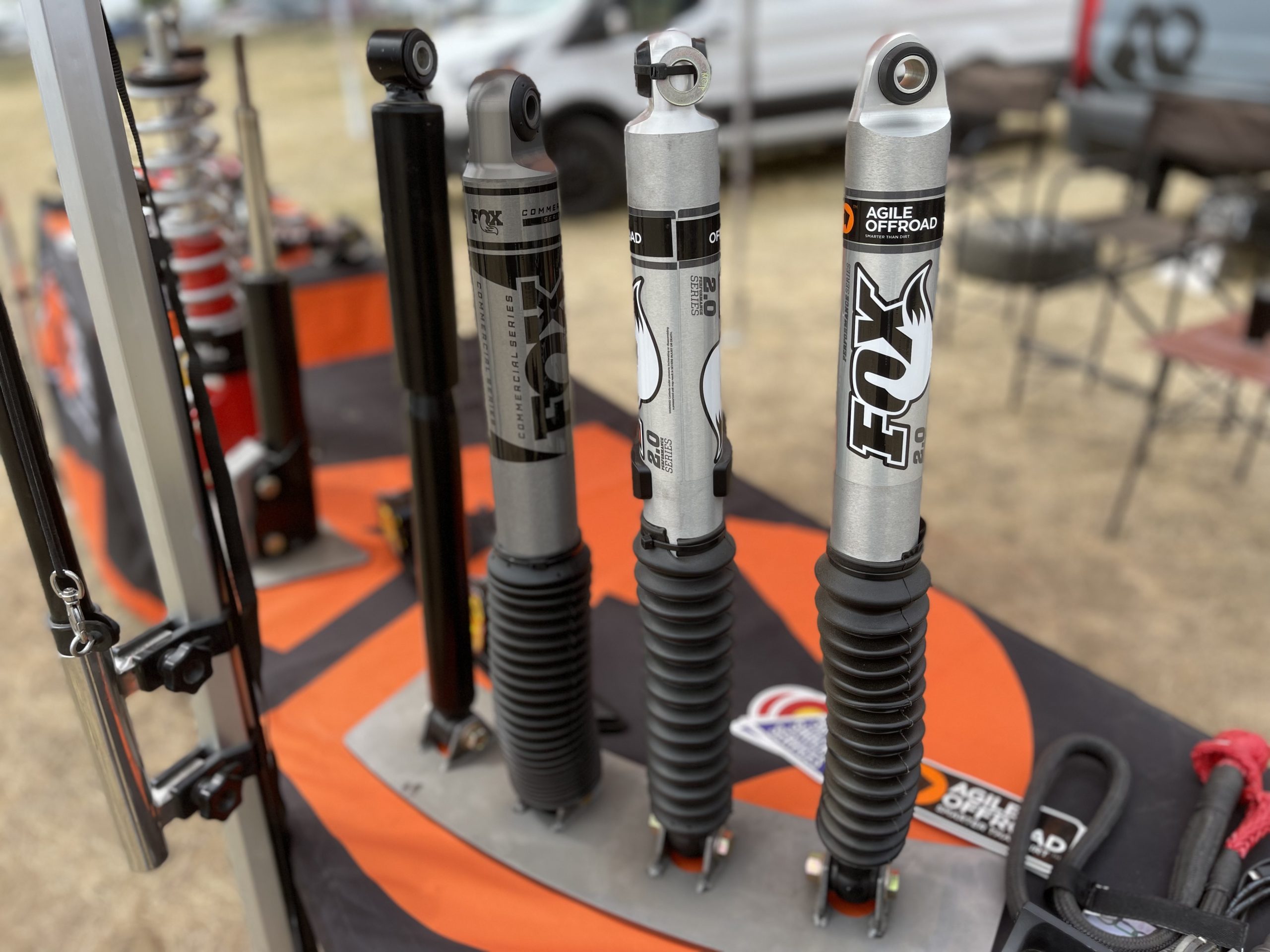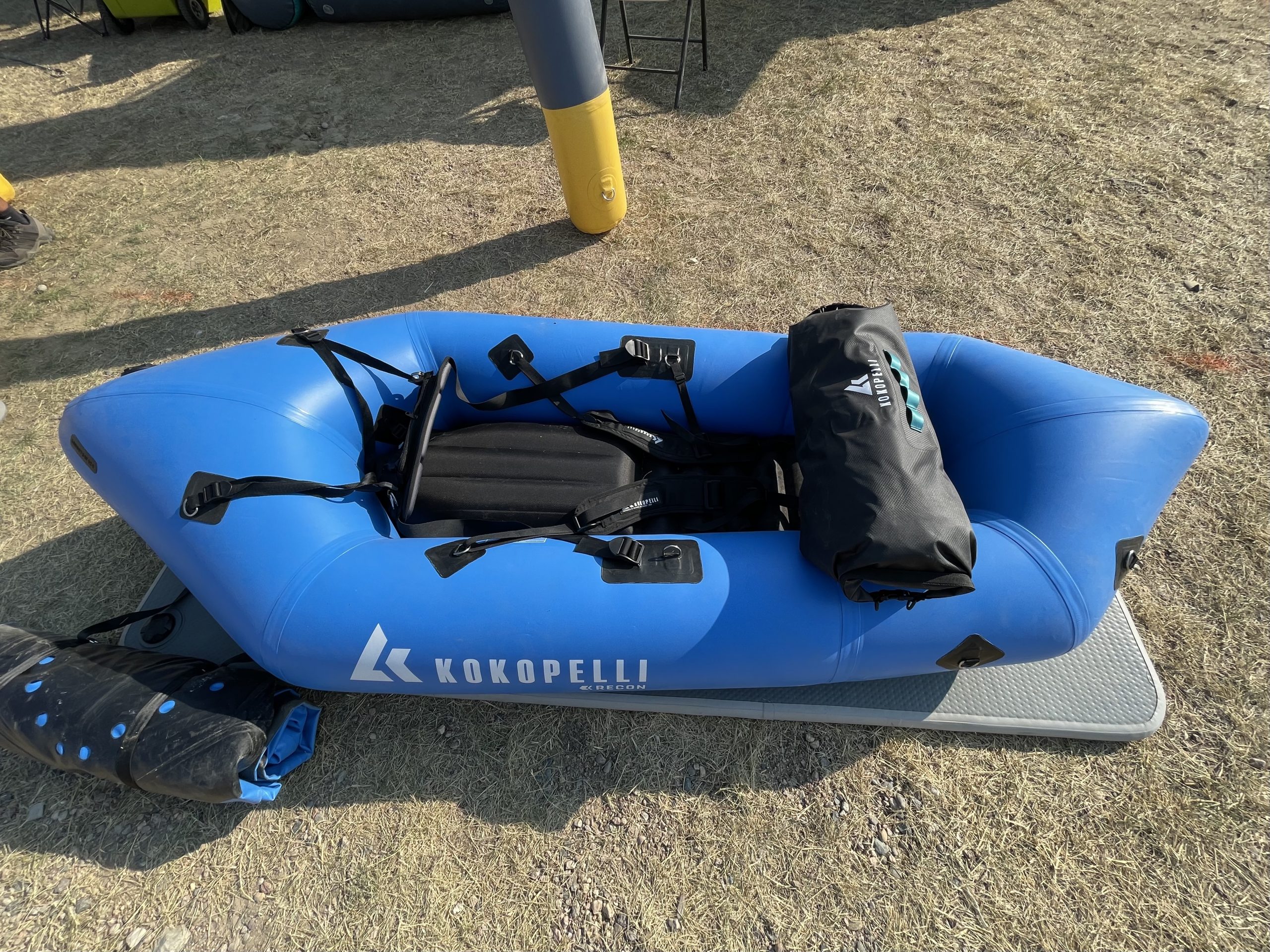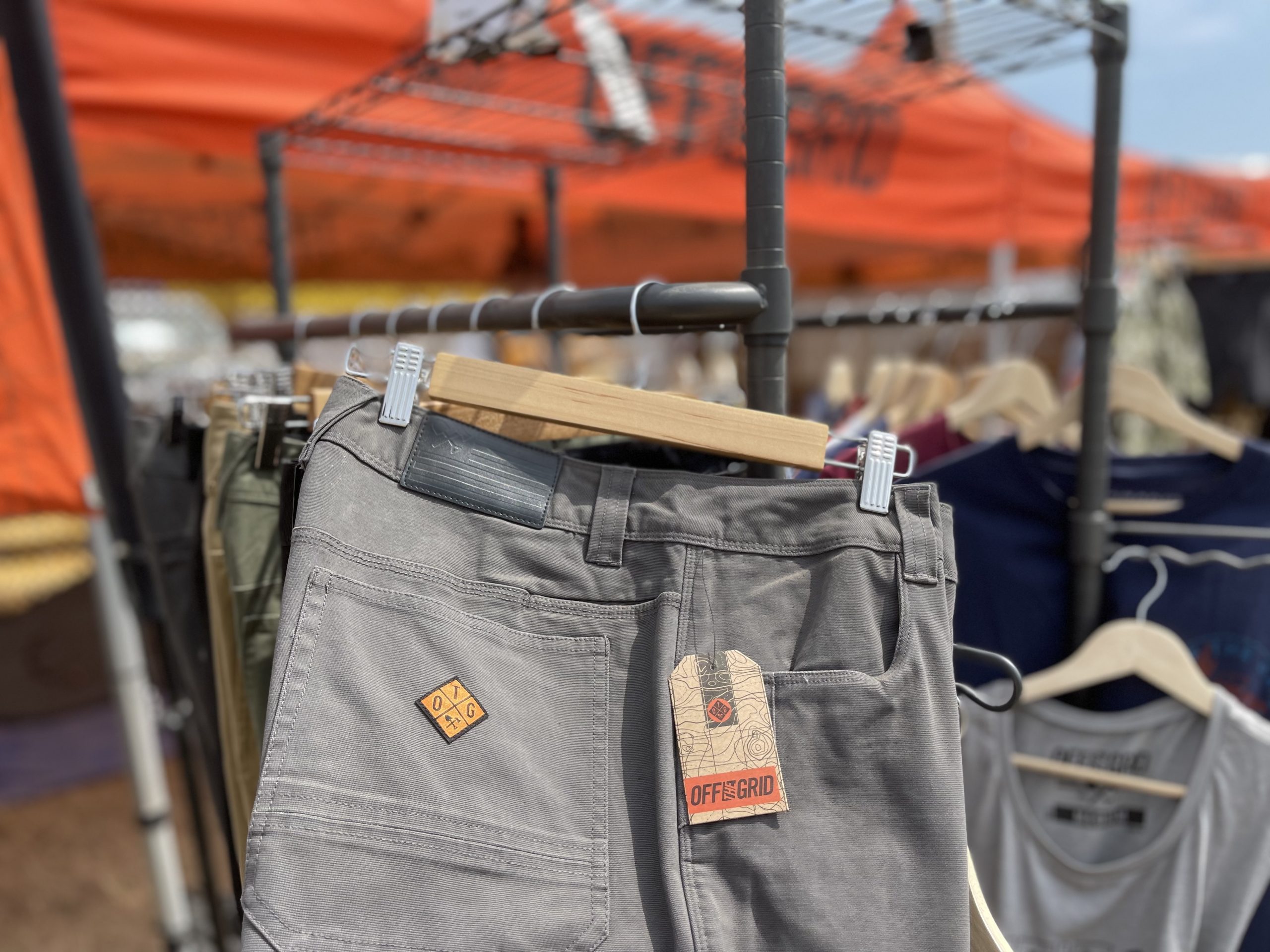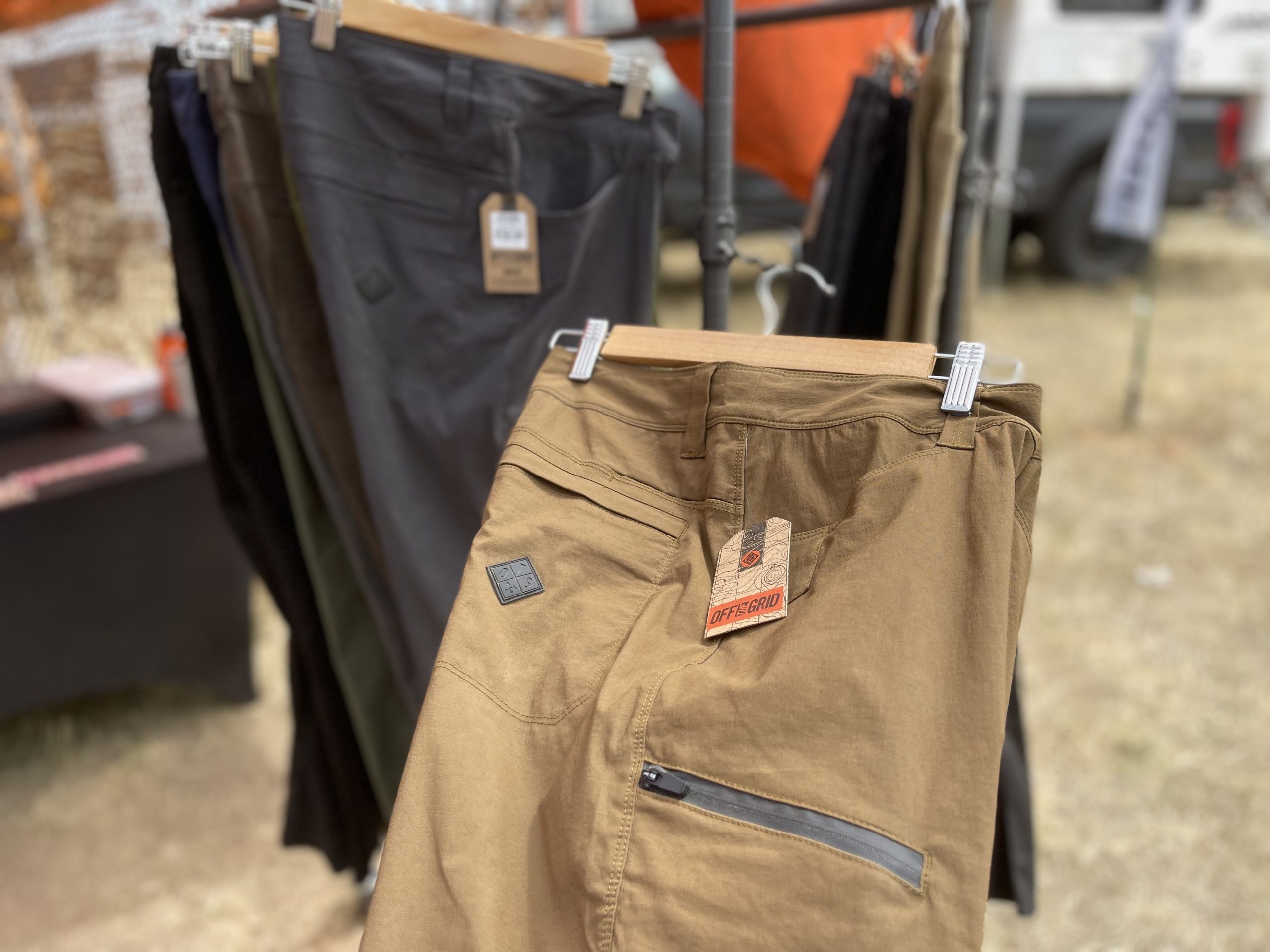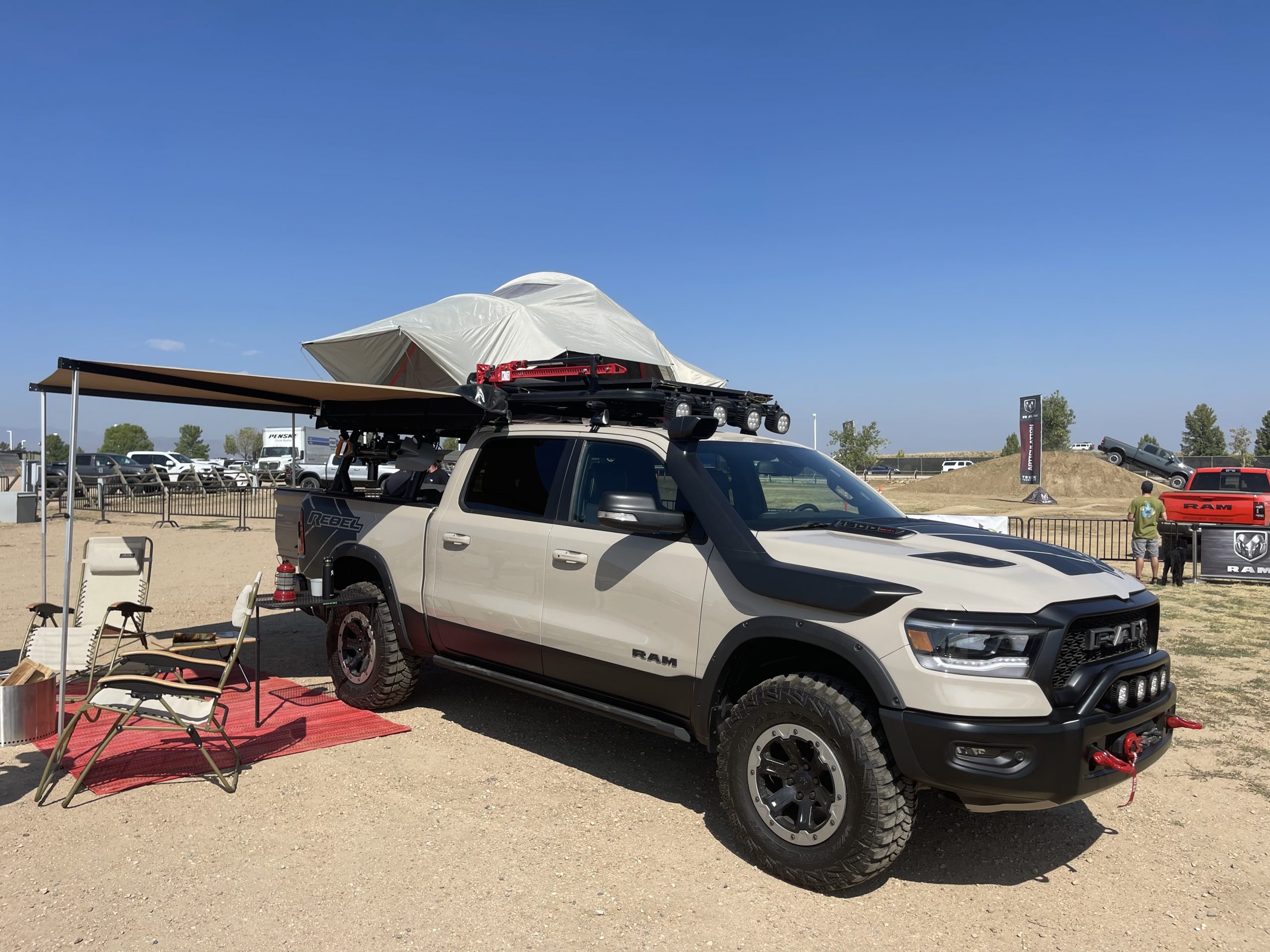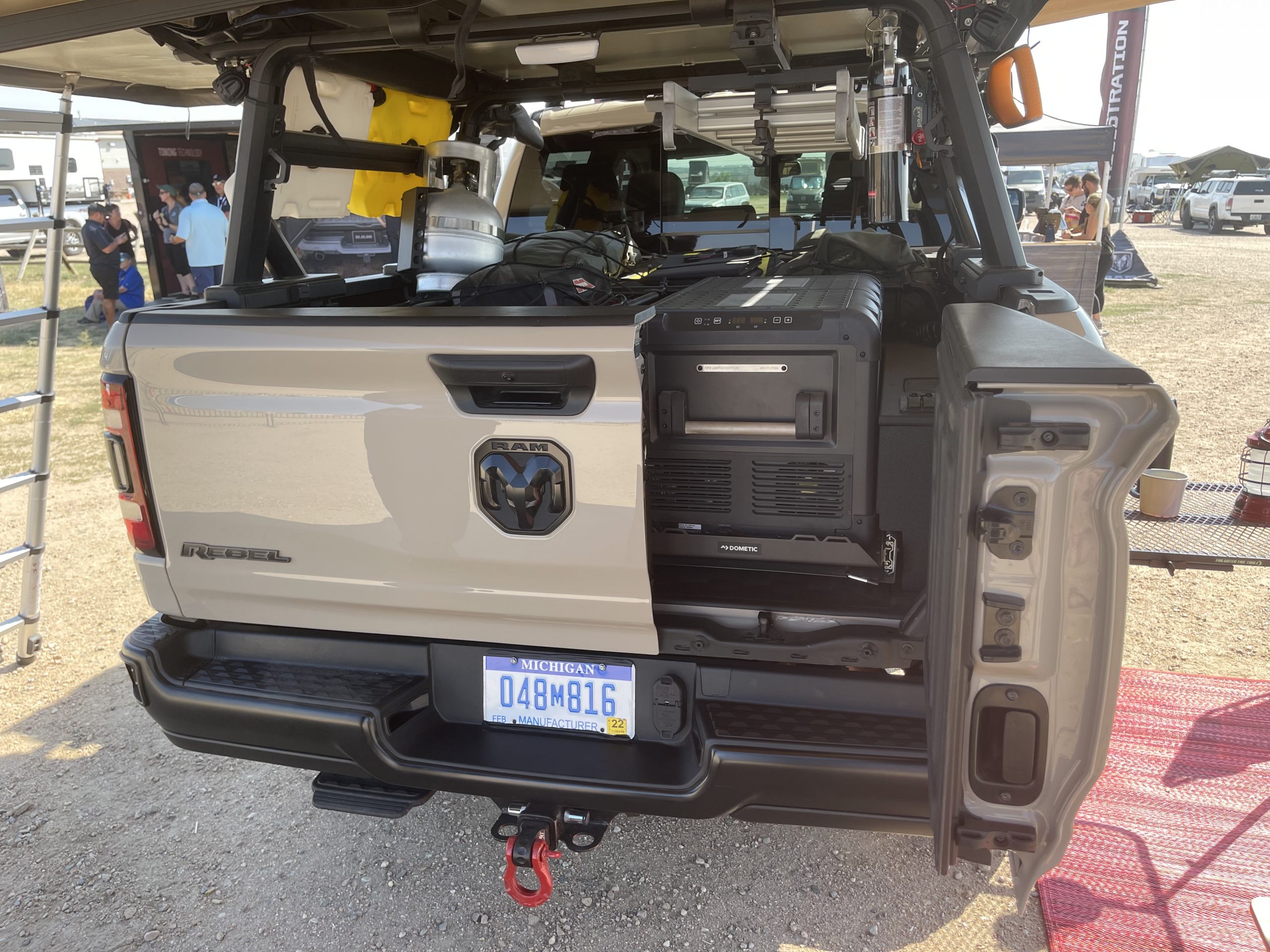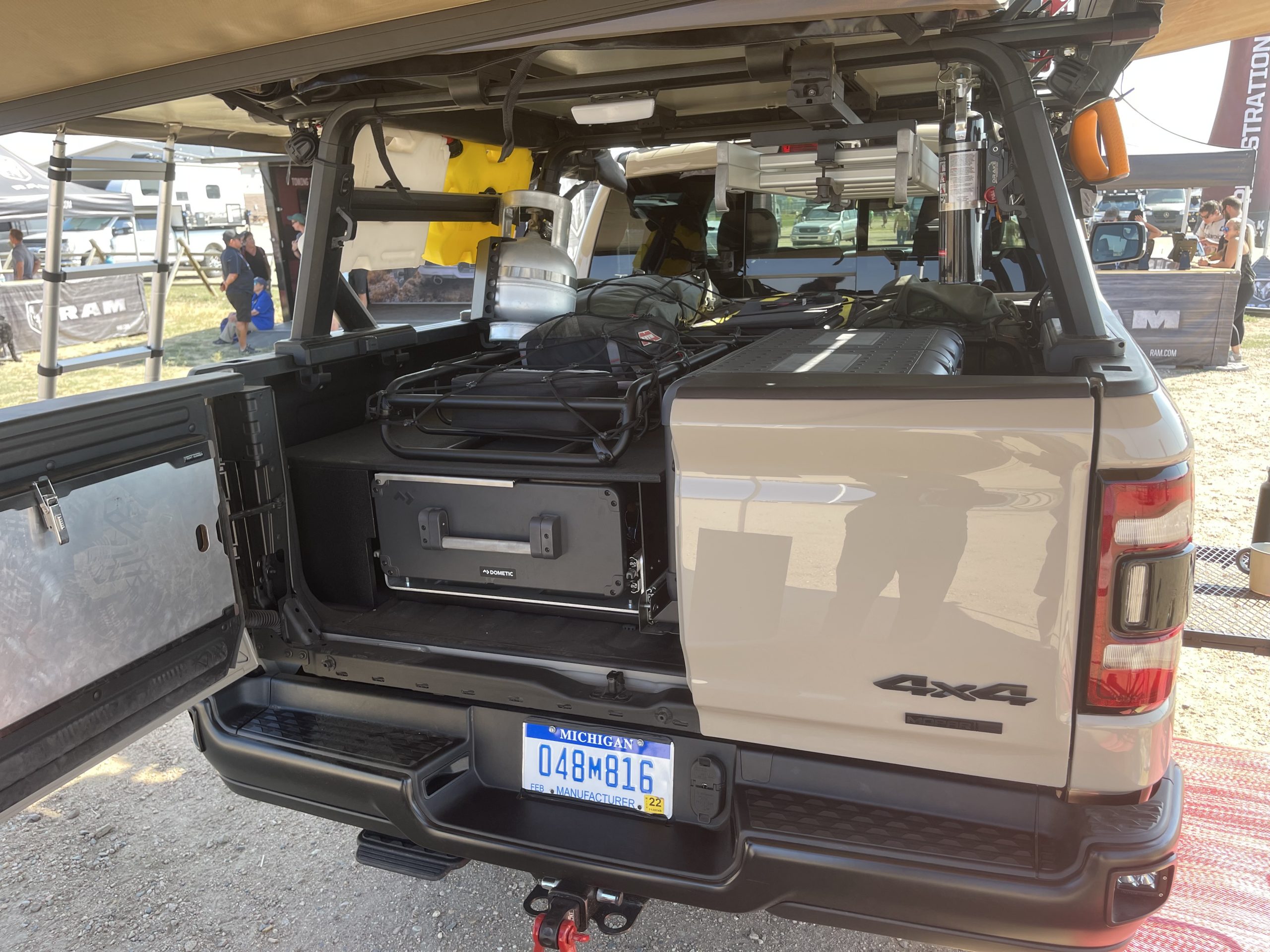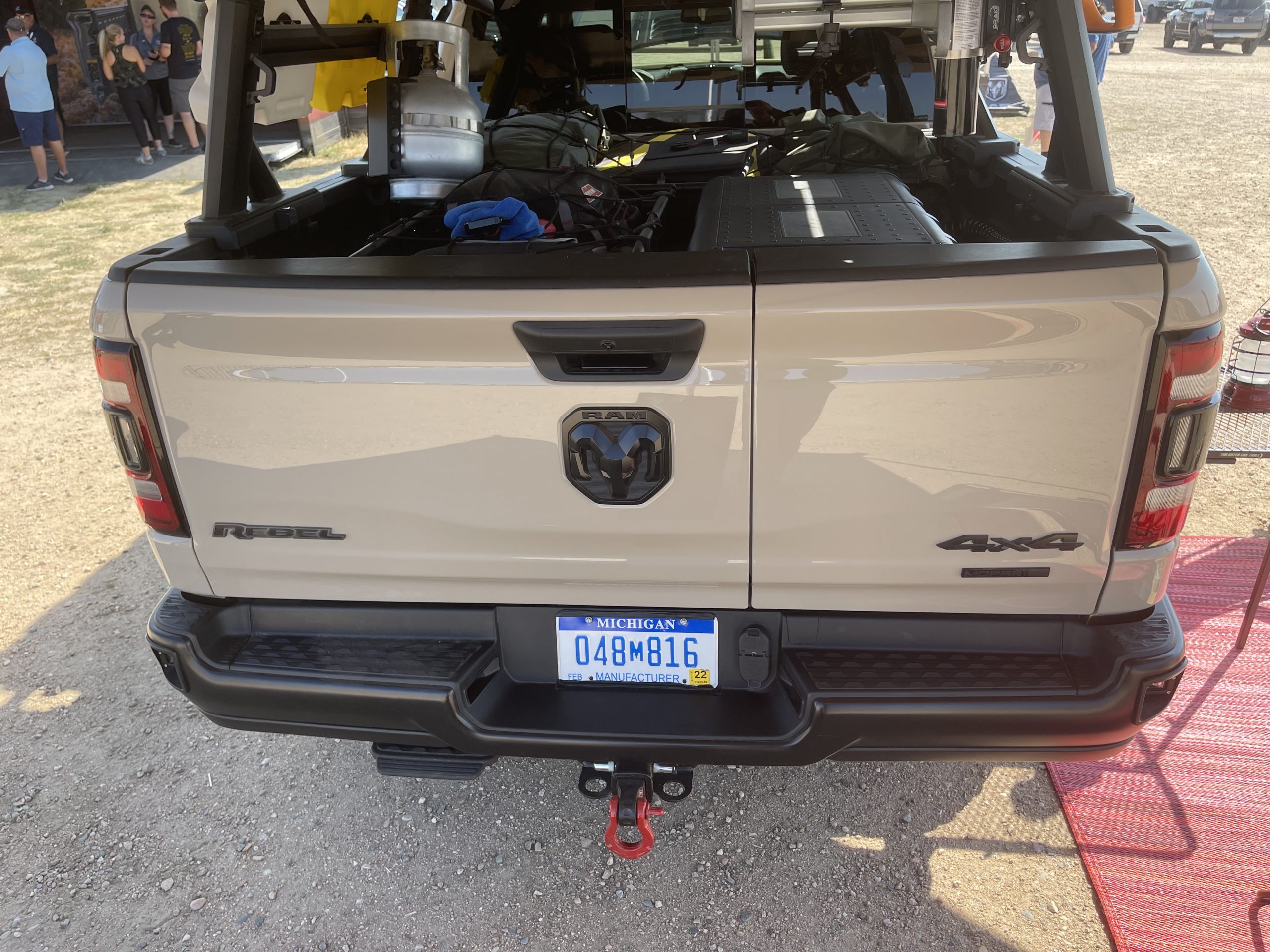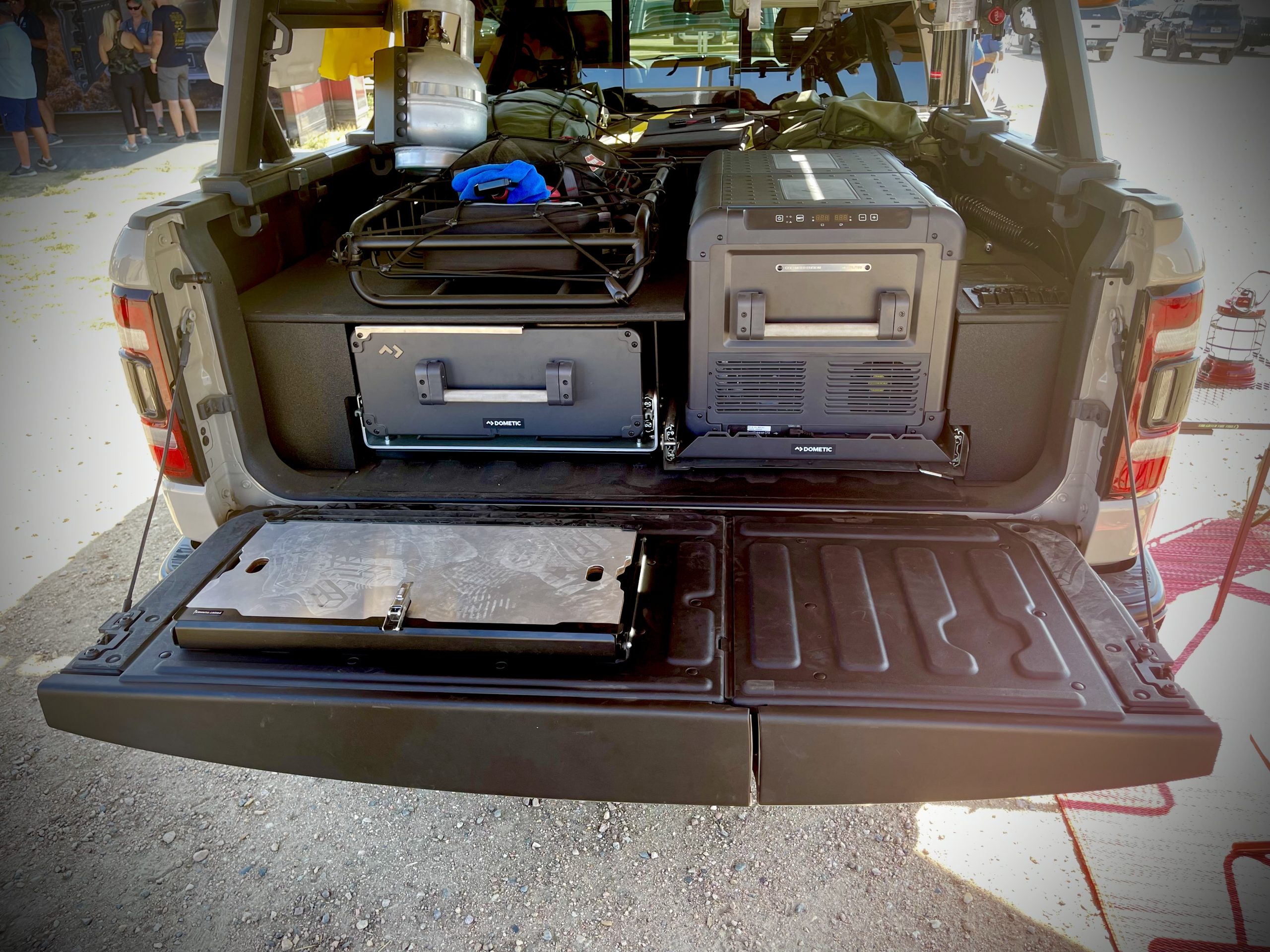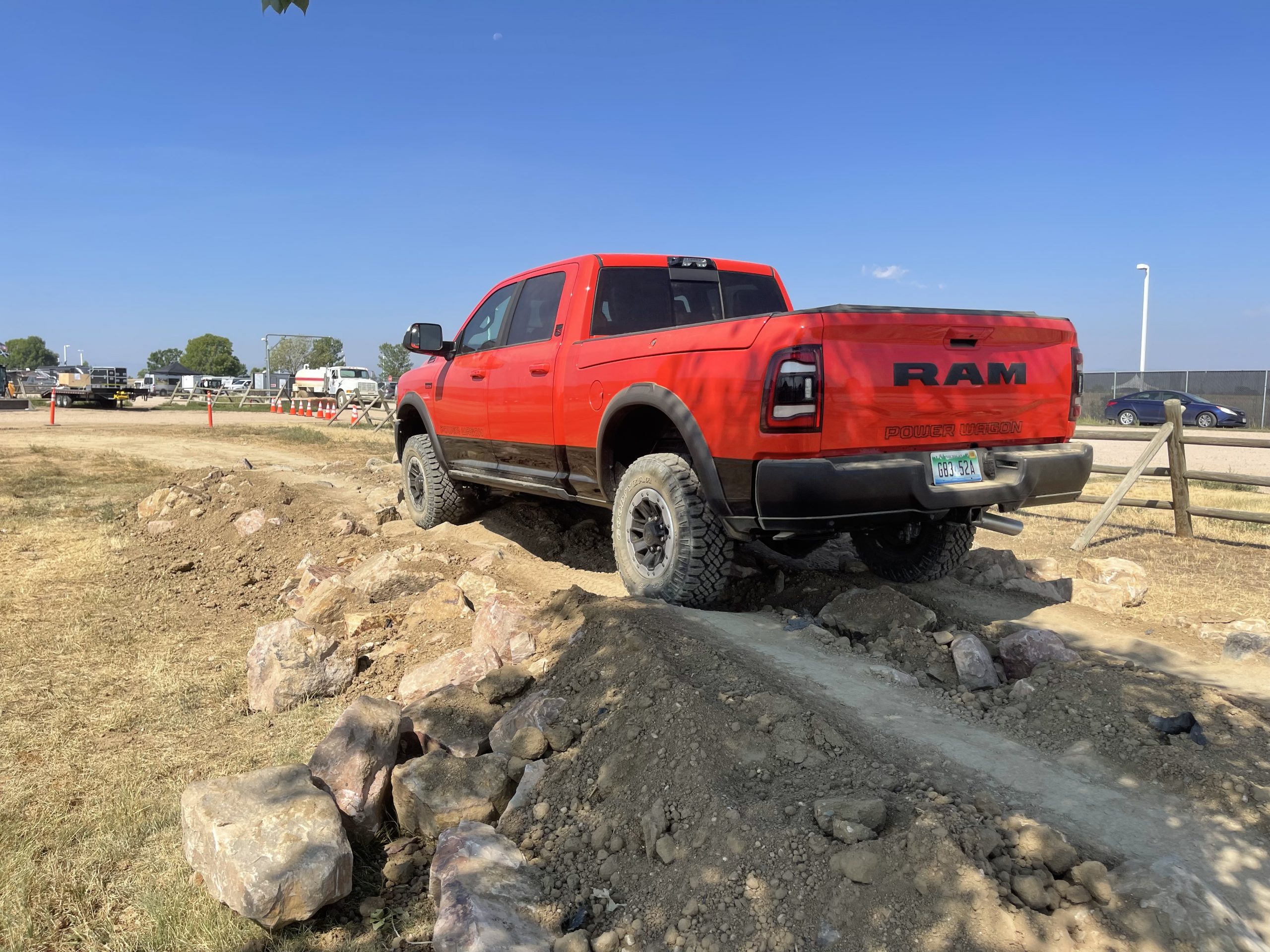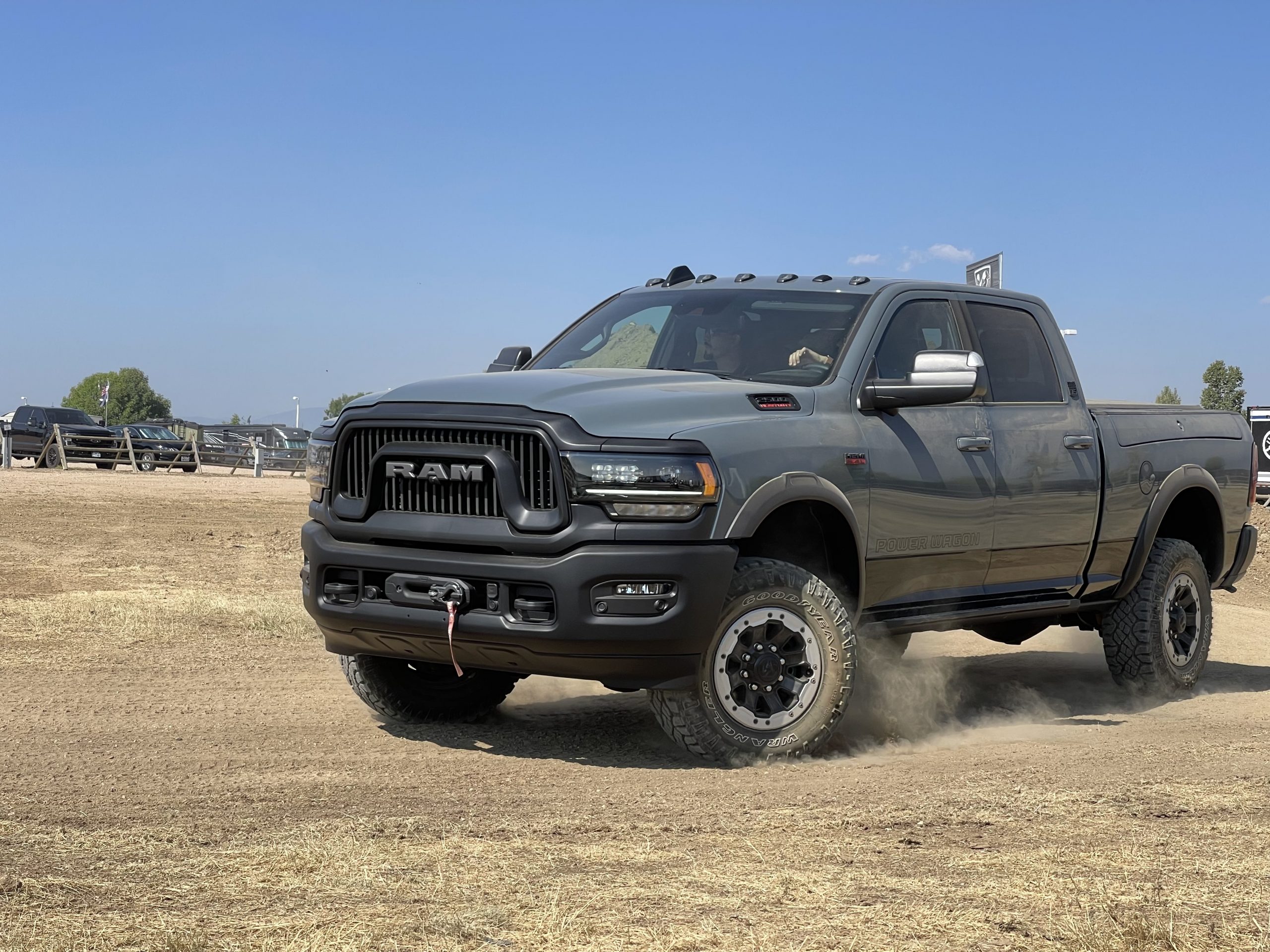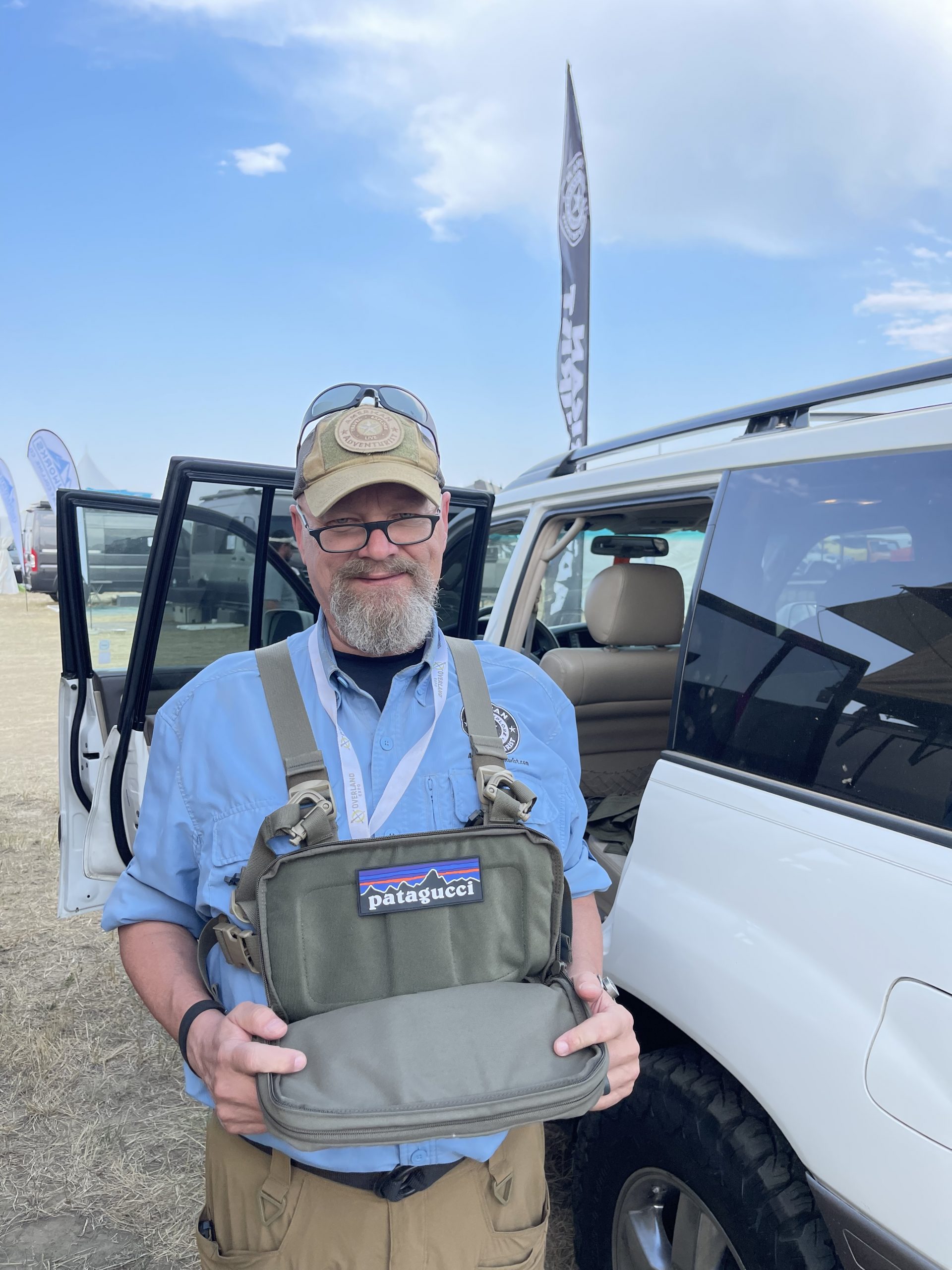Recently, a young couple from Louisiana found themselves stuck in the snow in the San Juan Mountains of Colorado. They were miles down a closed road and completely unprepared for the situation they were in. A series of poor choices had led them to their predicament and their experience is a great reminder of how an adventure can turn into a scary suffer fest in short order.
This young couple who are probably not old enough to buy a beer had a simple enough plan: A vehicle-based trip to see Colorado and snow for the first time. They packed what they thought was appropriate gear for winter camping, and with blind faith in their GPS, they set off to try a reach a lake nestled in a high mountain valley. Unfortunately for them, that lake happened to be miles down a closed road, where the snowpack is currently deeper than a man is tall and on the night this happened, a place where overnight lows would be recorded in negative degrees Fahrenheit.

It’s easy enough to put the pieces together on how this all went down. In the summertime, there is a Forest Service campground at this lake that shows up on Google Maps, so it’s easy to ask your phone to guide you to the campground. Yet in the winter, the FS roads that lead to this campground are groomed for use as Nordic Skiing Trails. Where the FS roads tie into roads that are plowed, the groomers will make big berms of snow with a snowcat to block access. Yet to someone who has never seen snow, those berms could look fun to try and drive over, and a Nordic trail could look like a snowpacked road to drive on – so why not send it? Afterall, Google says this is the way. Given that there hasn’t been any new snow in the past few weeks, the Nordic Trails were rock solid, so once our couple had their vehicle on the trails, driving on them was no challenge at all.

Down the trail they went. After a few miles, Google told them to take a right turn onto another road that was also groomed as a trail. After completing this turn they could see their destination – a picturesque mountain lake in the wintertime. In the evening light, it had to look brilliant and I can only imagine their excitement from seeing their destination combined with the thrill of driving on snowpacked trails for the first time. Yet Google’s next direction would quickly kill their vibe.
Google indicated a left turn off of the Nordic trail into undisturbed snow. Without a second’s pause, our couple followed directions and went full send right off the rock-solid Nordic trail and into deep snow. They made it almost an entire truck length before they ran out of momentum and their truck settled into the snowpack. They were stuck.

The couple caught a HUGE break in that they happened to be stuck somewhere there was cell service. Their first few calls were to local towing companies, none of which could help them out, given where they were stuck. They made more calls – it’s unclear how many, but they did call 911 at some point before they were eventually put in touch with the local Nordic association, who is responsible for grooming and maintaining the trails that the couple had driven on. The couple indicated to the Nordic association that they were planning on camping at the lake, so they were not desperate for a rescue. Yet, the Nordic association wanted to get these folks out of their hair sooner than later (and repair all of the damage their vehicle did to the skiing trails), so a plan was made for a night recovery. Late that night, a Nordic association snowcat arrived on scene where a number of sobering things became instantly apparent.
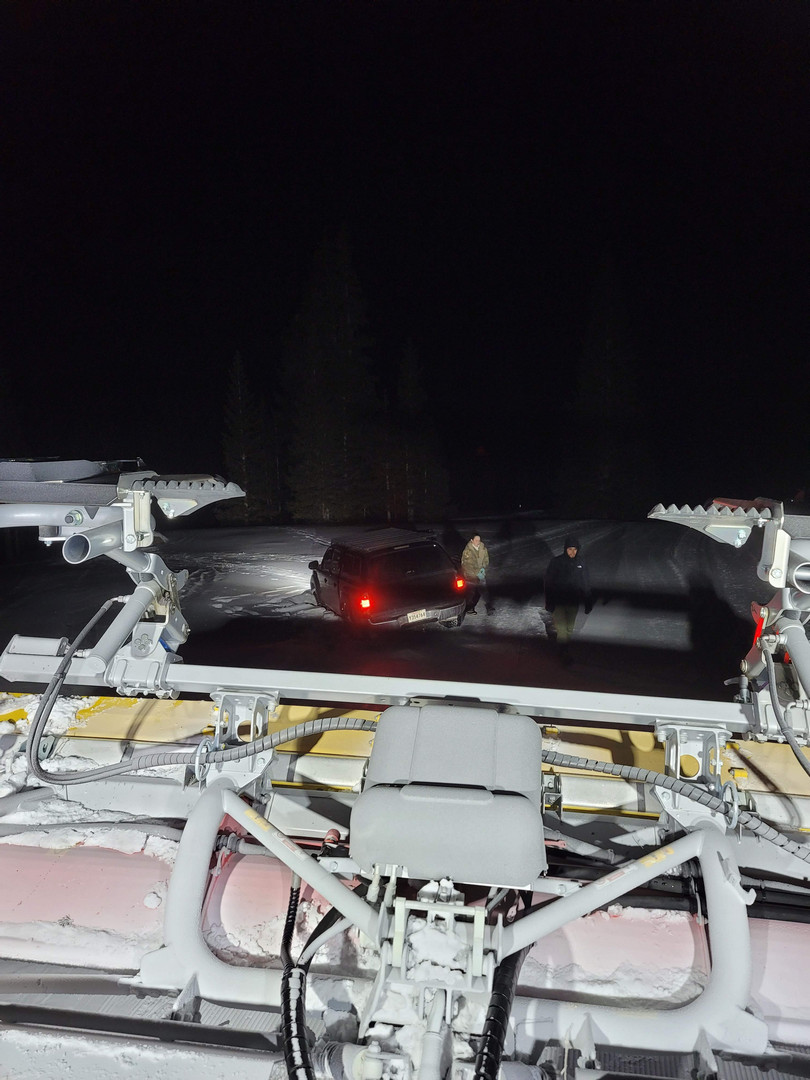
First, the couple was severely lacking on proper cold weather clothing and camping gear. The female was wearing flannel cotton pajama pants and a cotton camo hoody when we arrived. Far too little insulation for temperatures that would soon be in the negative. She indicated that while waiting for us to arrive that they had setup their tent and camping gear, but were still “way too cold” even in their sleeping bags, so they sheltered in their truck while waiting for help to arrive.

Second, was that their vehicle was not very stuck. Neither of them had a clue about driving in this environment, or vehicle recovery techniques if mobility became an issue. There was no winch, nor any recovery gear onboard. Their tires were still at street pressure. They did not have a shovel, and there had subsequently been no attempt to dig any snow out from around the vehicle or behind the tires. Nothing had been used to add traction to the stuck equation. It’s as if they became stuck and their first move was to give up and call for help.
Third, they were completely blind to the signage, berms, and the other people they passed along the route who all communicated information that what they were doing was ultimately a really bad idea. I get it – if you’ve never seen snow before in your life, a Nordic trail could certainly be construed as a road surface. I’ll give them that one, but the berms, signs, and skiers all saying NO, STOP, WTF are you doing? Those are much harder to ignore.

The sad part is that saving stuck vehicles from Nordic Trails is something happens at least a couple of times a season. For various reasons that all boil down to complete ignorance, people decide to drive their vehicles down Nordic Trails where they all eventually get stuck, and have to be rescued. Every single time this happens, it requires the driver of the vehicle to turn off a paved and plowed state highway, and really commit to get their vehicle over a berm or snowbank and onto a Nordic trail.
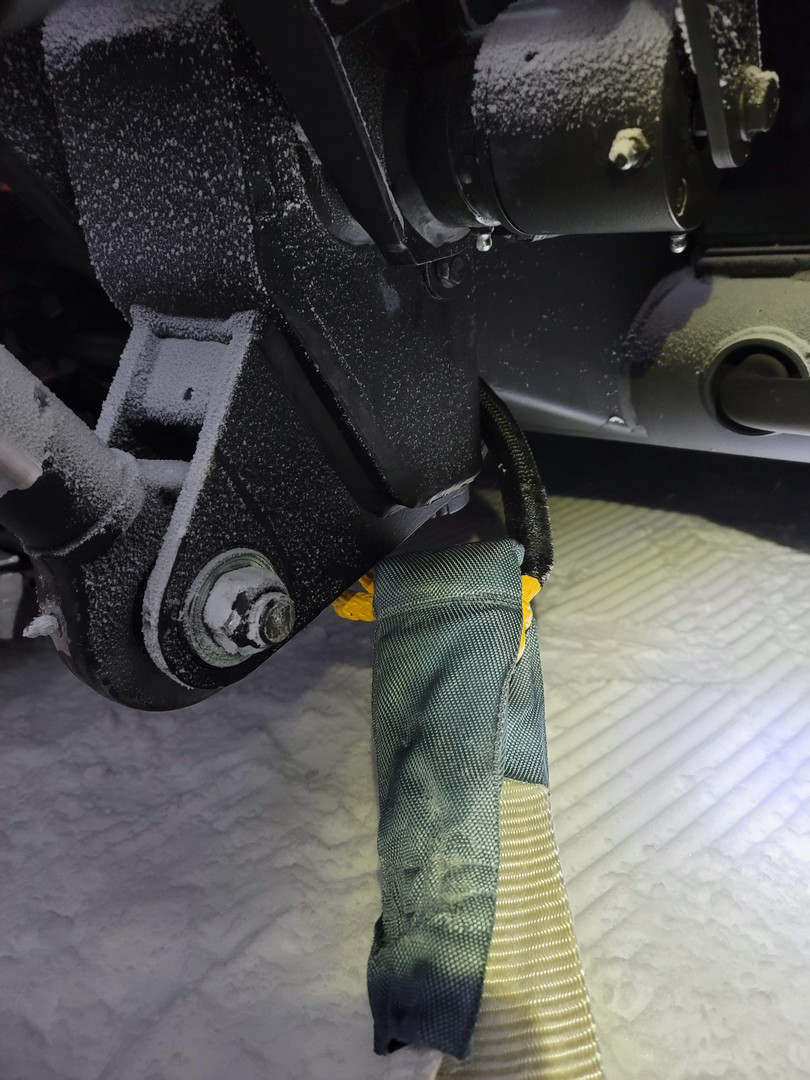
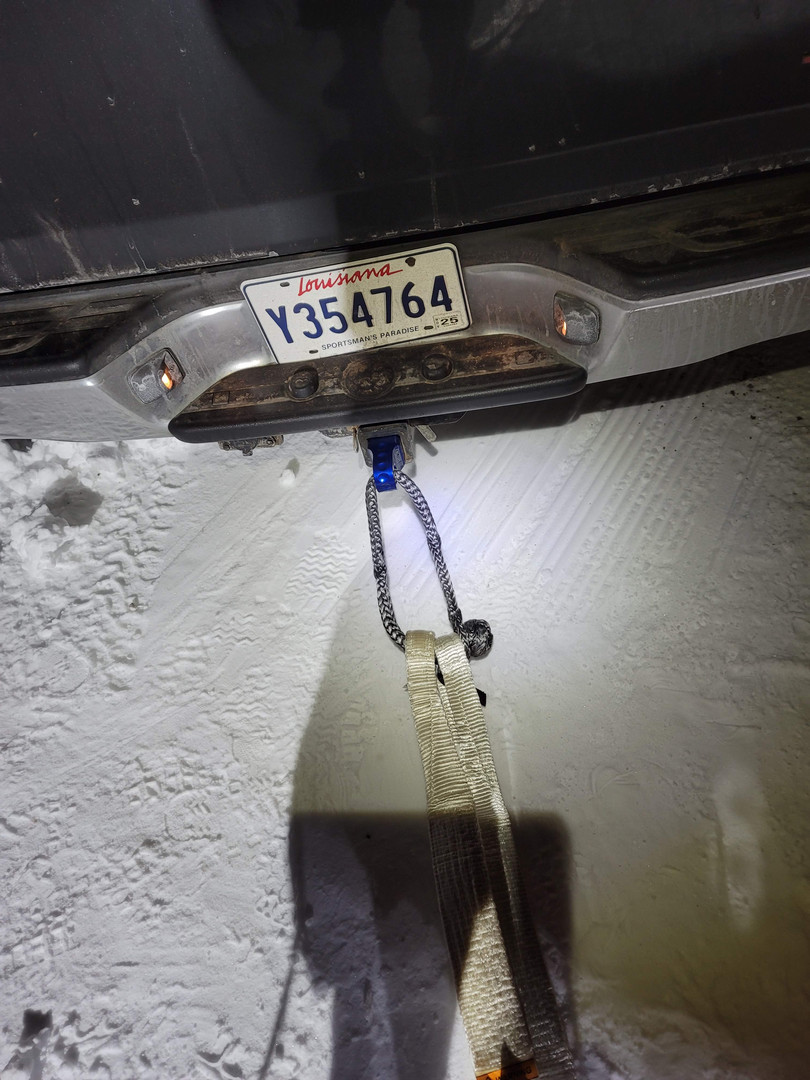
In the case of our Louisiana couple, their experience is a great example of how choices can get you into a serious bind in short order. Make no mistake about it – this couple was very lucky in that they got stuck somewhere there was cell coverage and happened to be someplace regularly visited by other folks. But what if they became stuck somewhere where there wasn’t cell coverage or other people?
There are all sorts of what-if scenarios that we can sand table here. But rather than flesh out a thousand potentials, I’ll leave this one with a few key things that our couple could have done better or at all:
- Quit while you are ahead / do not over commit: This couple went sailing right past all kinds of warning signs that a reasonable person would recognize, instead choosing to place all of their trust in where their GPS was leading them. You need to keep your head up, and constantly assess where you are, and what you’re about to drive down. If something doesn’t look like a good idea, can you self-rescue or get back out? Are you prepared to shelter in place if you can’t get back out while you’re waiting for help to arrive?
- Communications: This couple got so lucky they had cell service where they became stuck. They had no other form of communication, and they didn’t have a ready answer to the question of “what would you have done if you couldn’t call for help?” So have more than one way to communicate. Radio, Satellite Communications Device, a buddy in a second vehicle, have something. Be mindful of where you last had cell service / satellite coverage / access to a repeater too.
- Outside help: Did anyone know where this couple was headed, or when to expect them to check in? Don’t become the next Aron Ralston. Make sure someone knows where you’re headed, and when you’ll come up for air. 911 isn’t always able to ride to the rescue at a moments notice, and SAR responses can take hours or days to find you. Are you prepared to wait for help to arrive?
- Proper kit for the adventure: A cotton hoody from Bass Pro is not proper winter attire. Enough said. Five minutes of internet research could have clued this couple in on the appropriate winter attire and camping kit they should have packed for their adventure. The weather can change too, so make sure you’re kitted for any change in the weather, and stocked with enough supplies to hang out for an extra day or two.
Exploring the world by vehicle is awesome, but just as our vehicles can take us so many places they too can get us into one hell of a suffer fest if we are ignorant of our planning, preparation, skills, and current situation.
